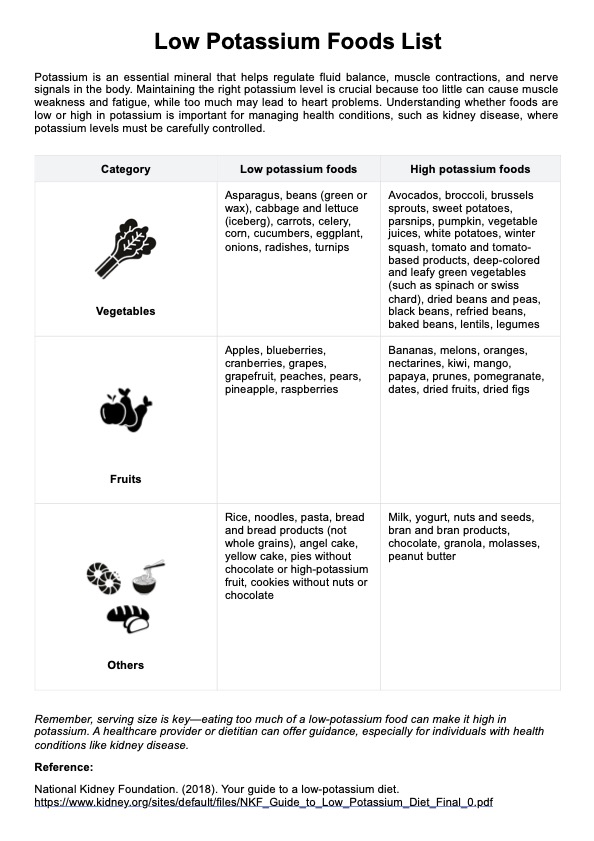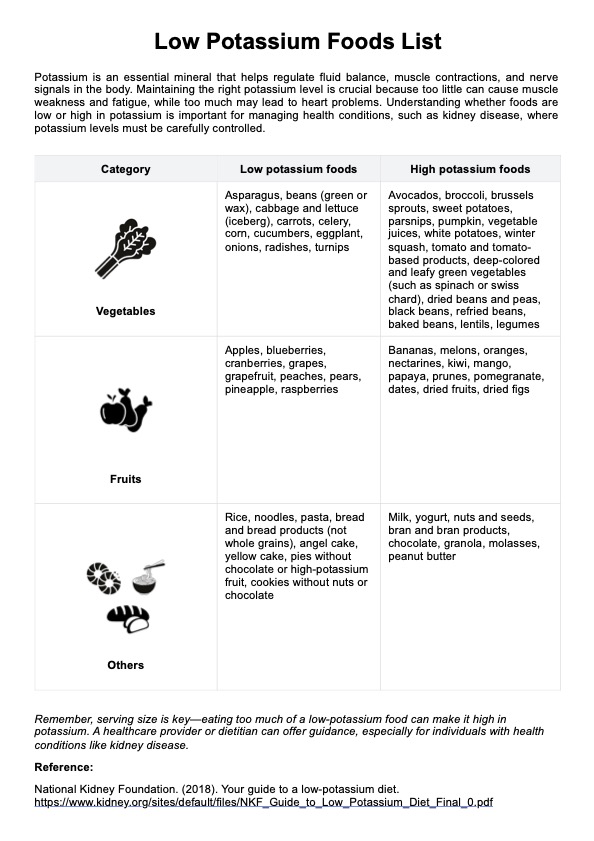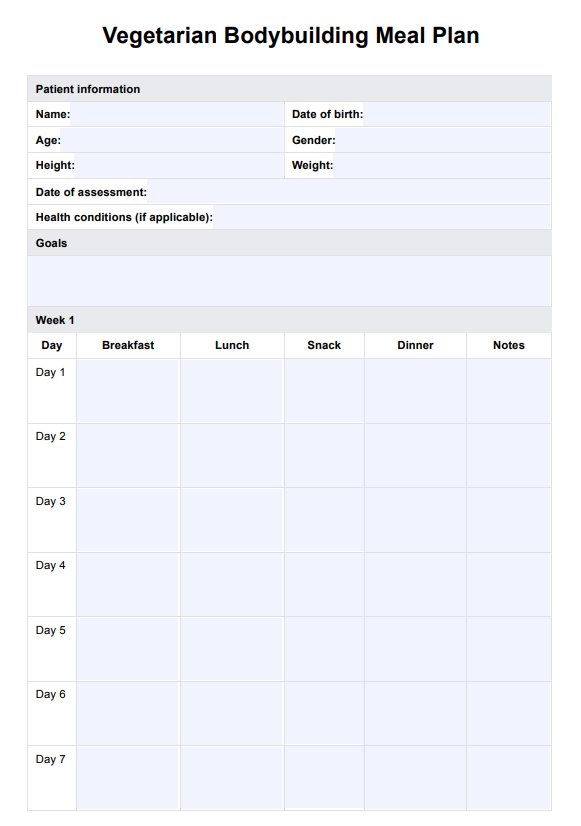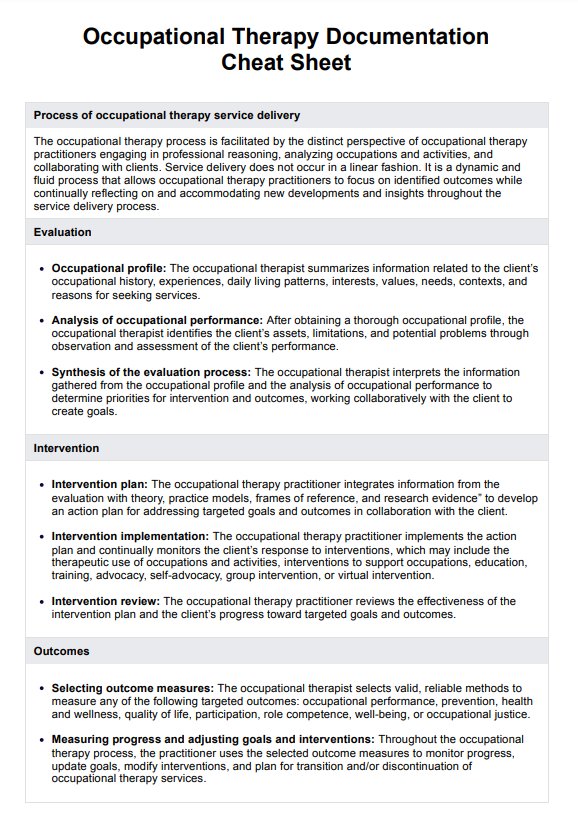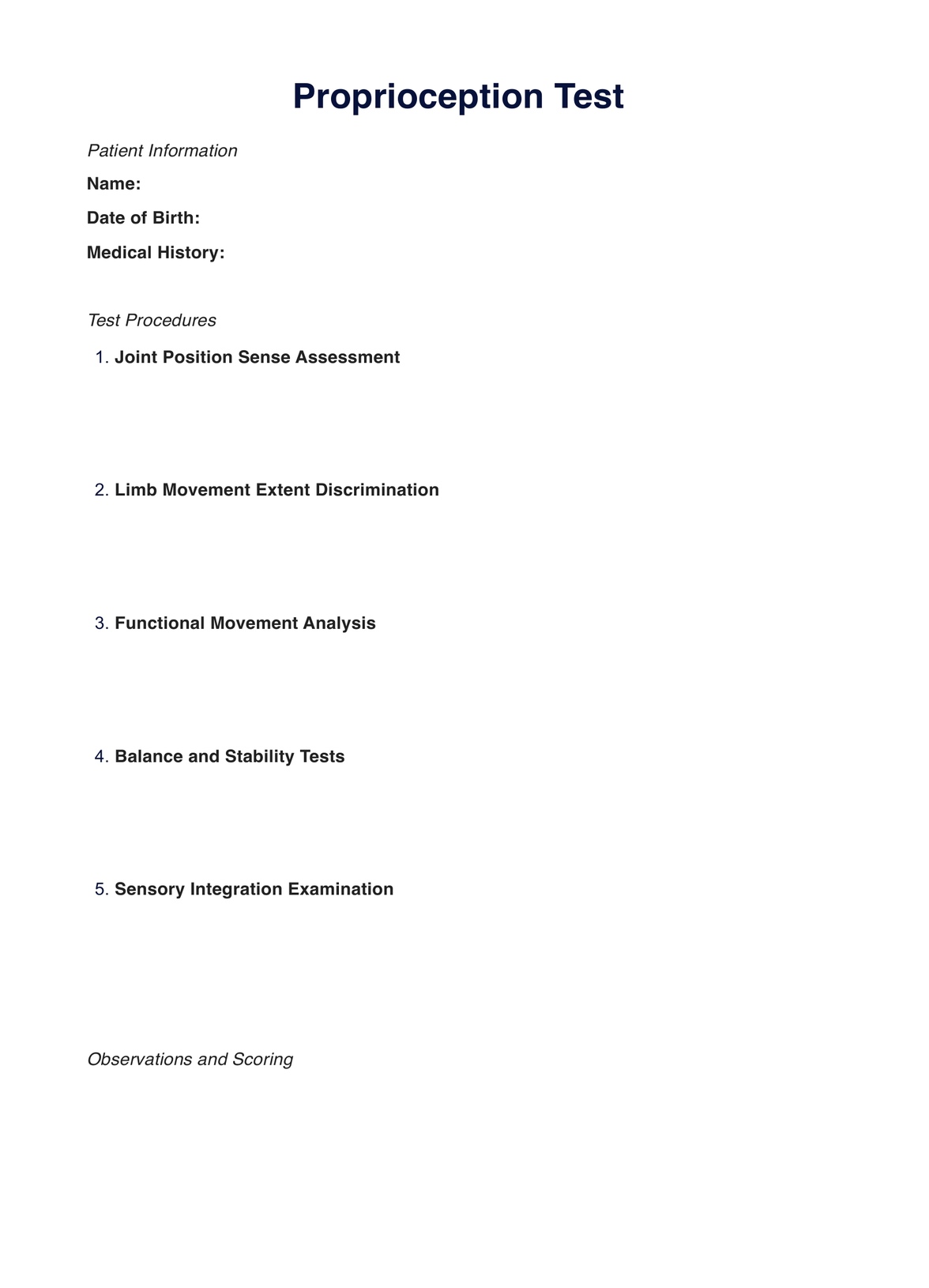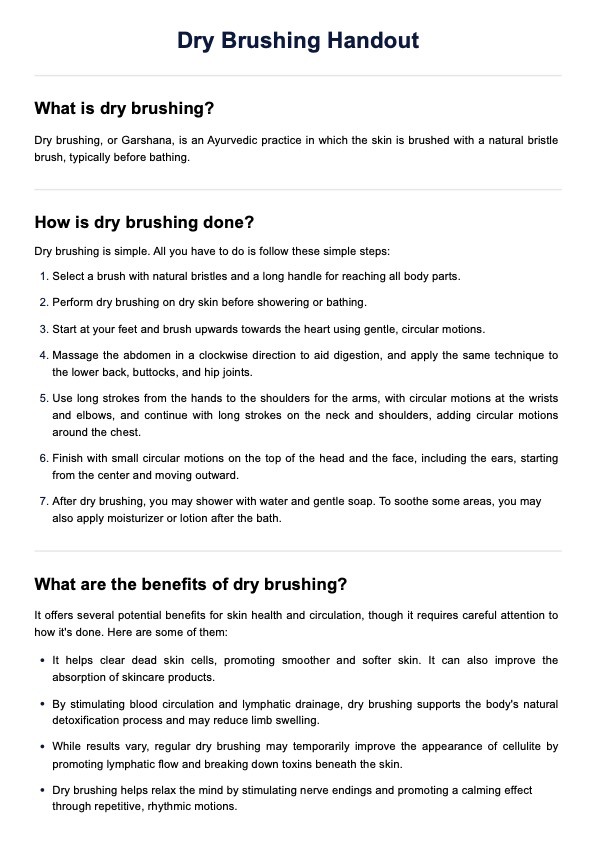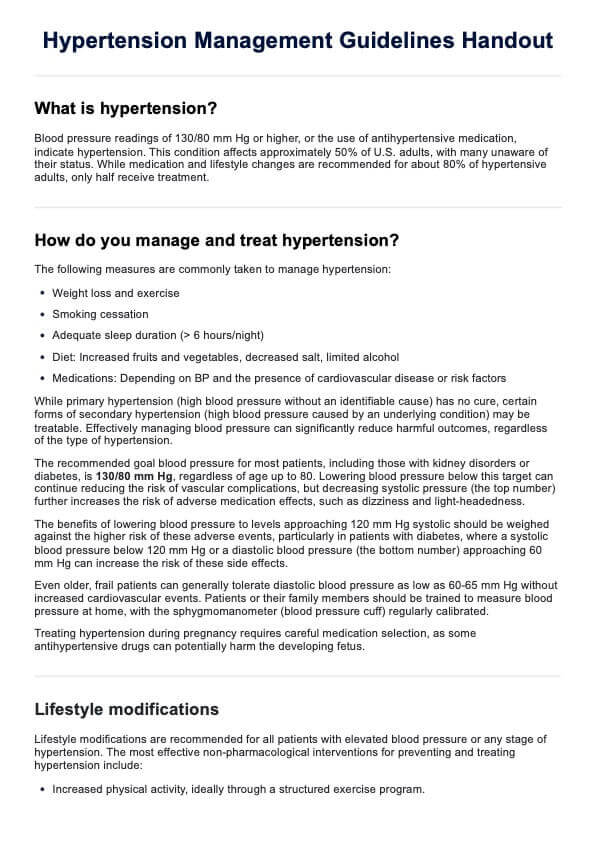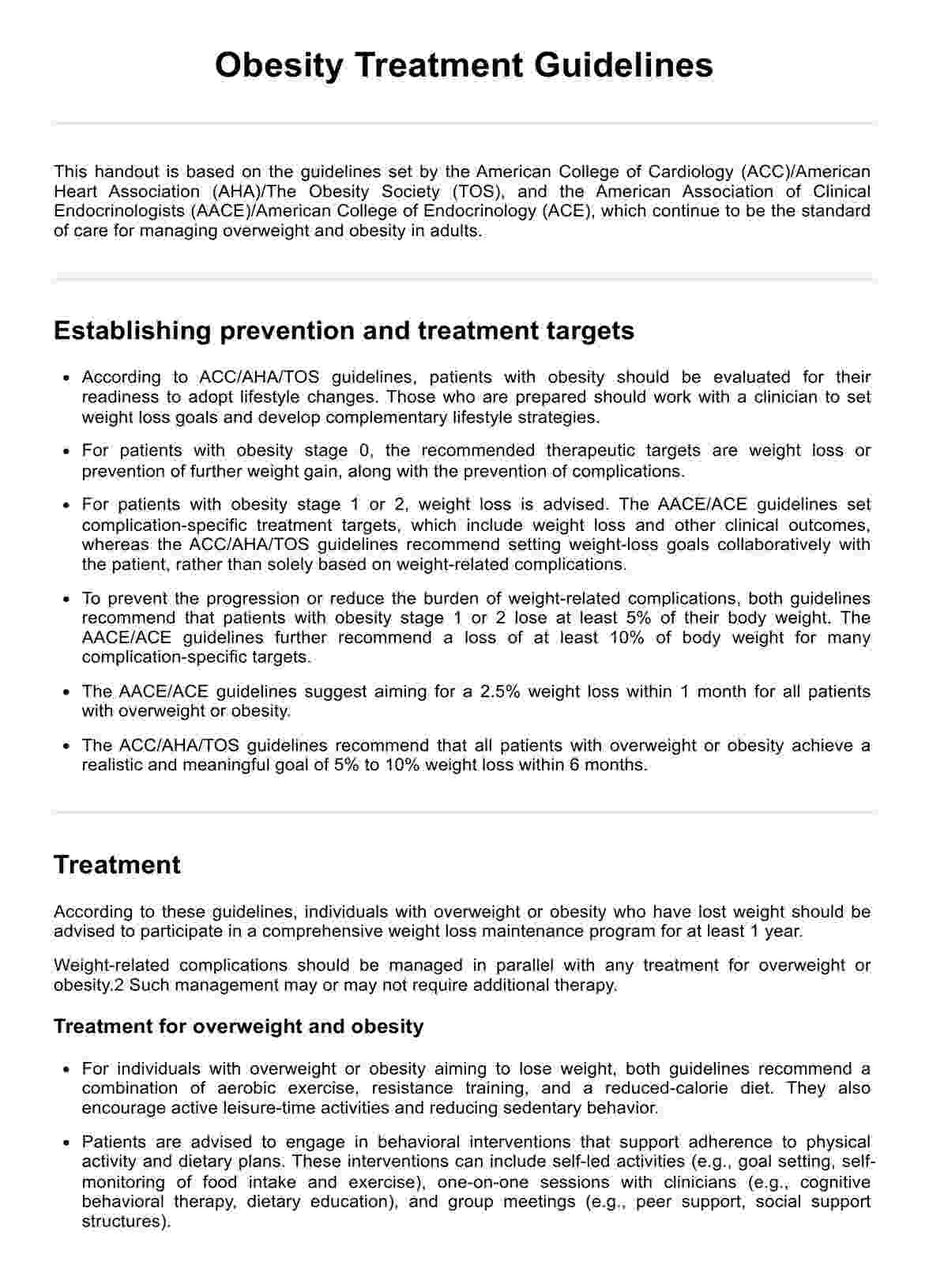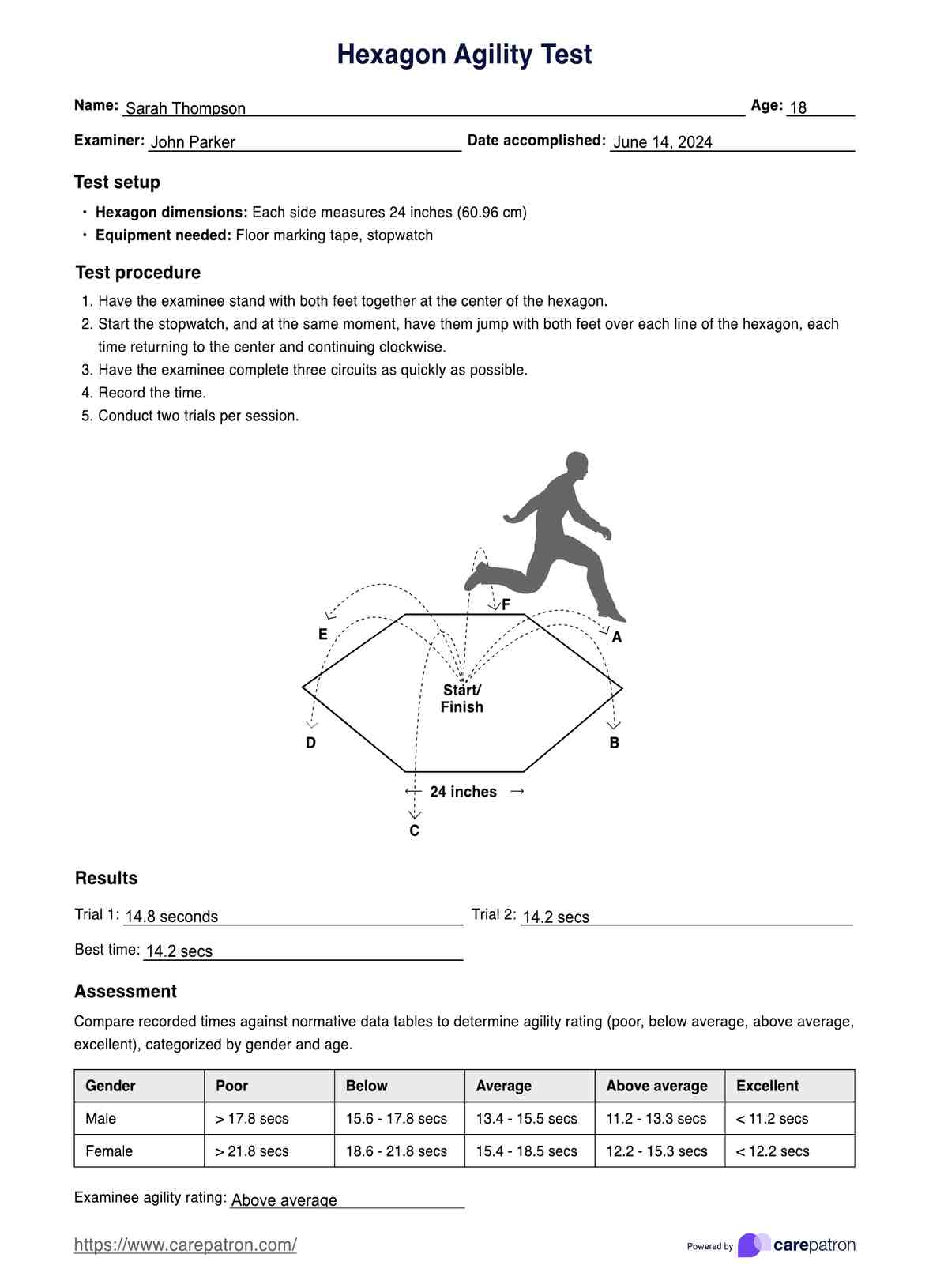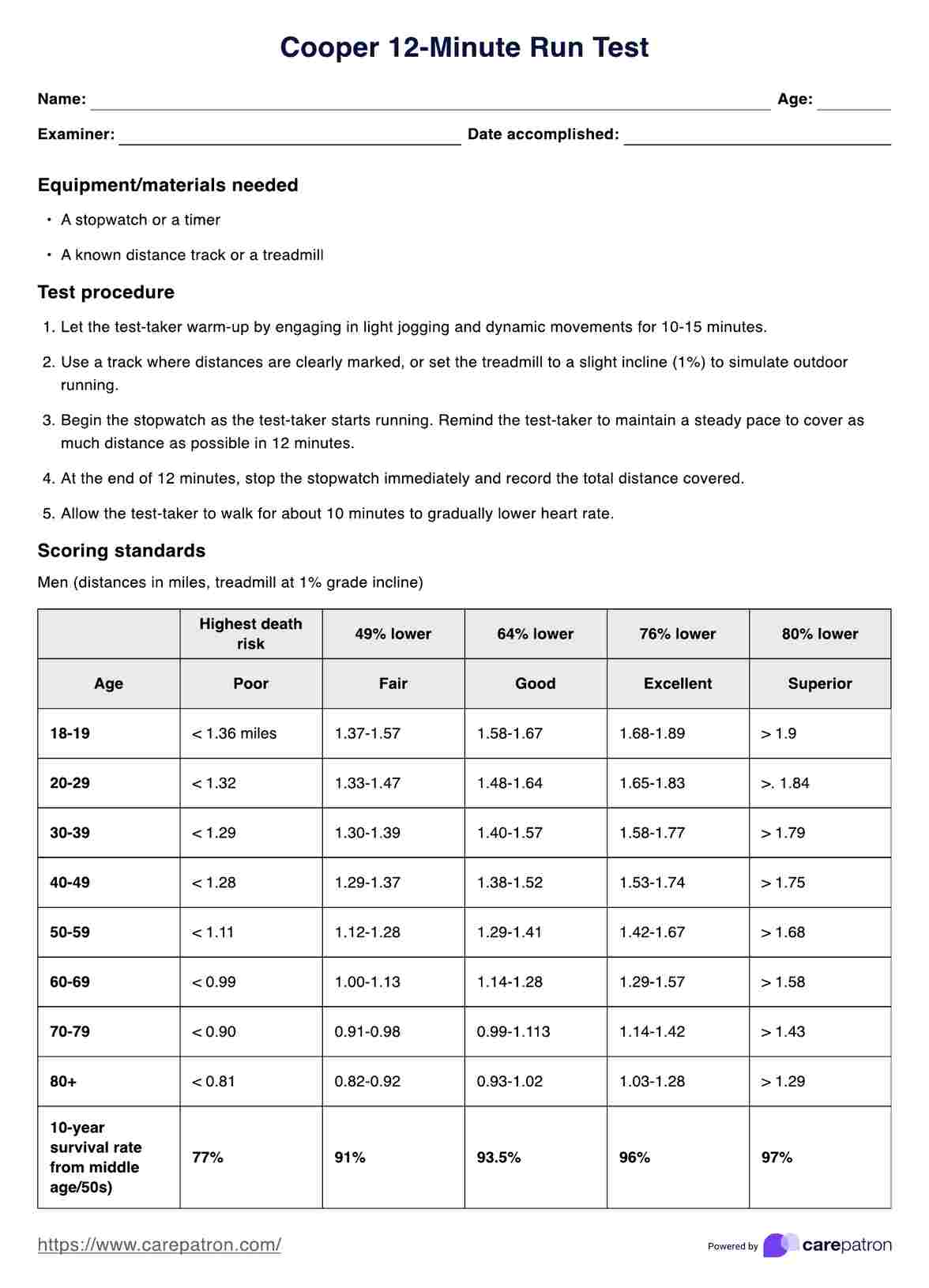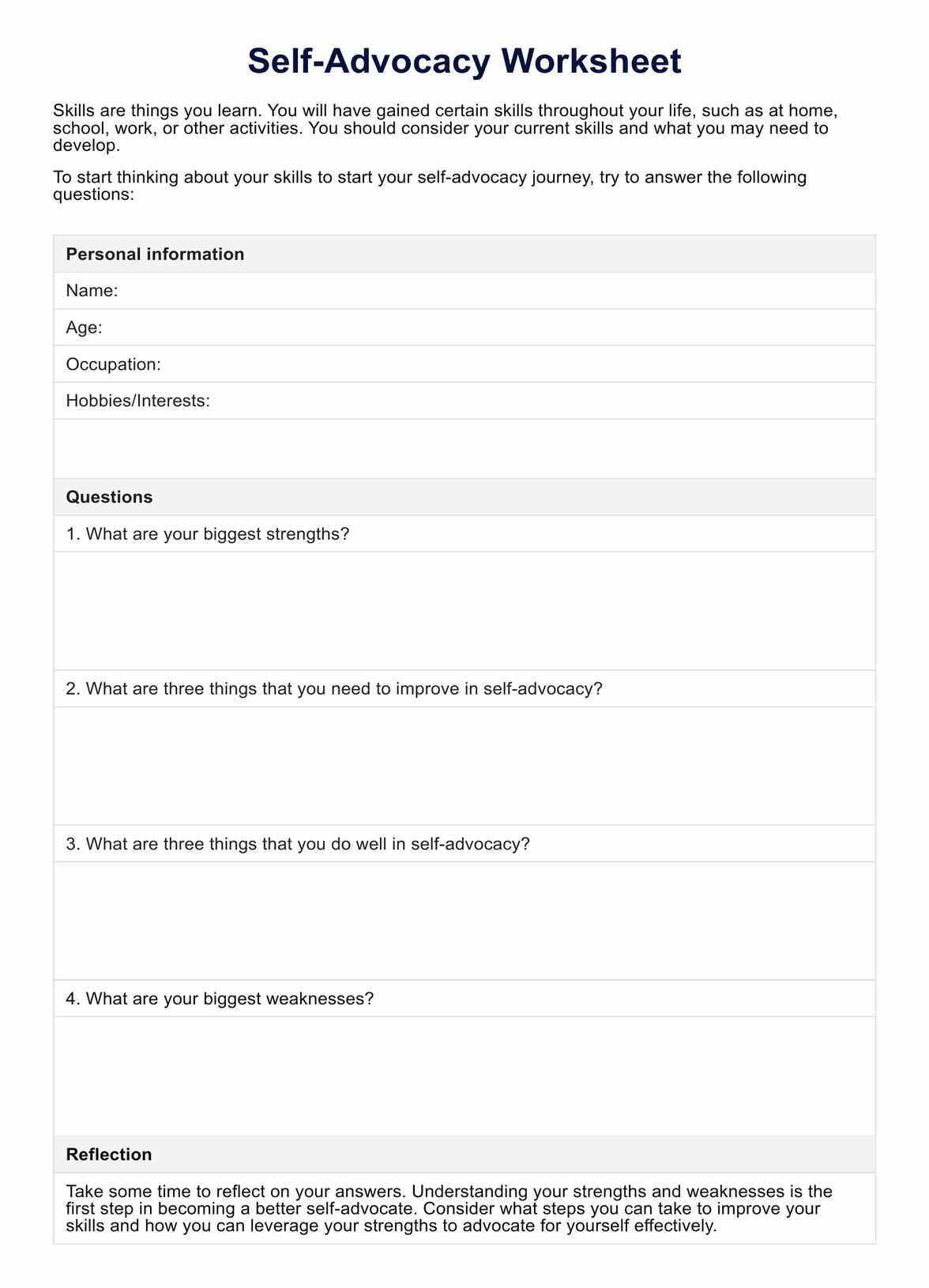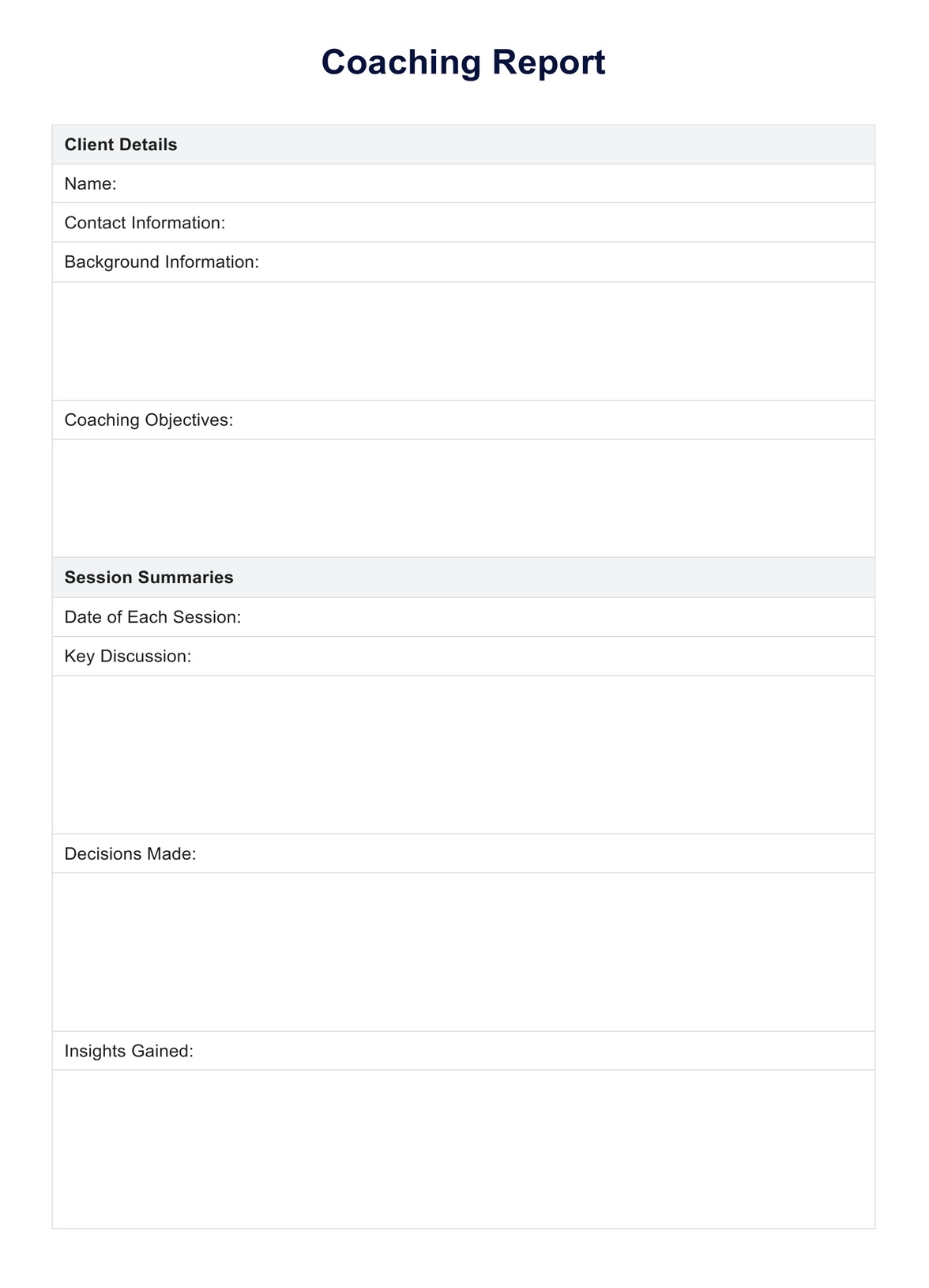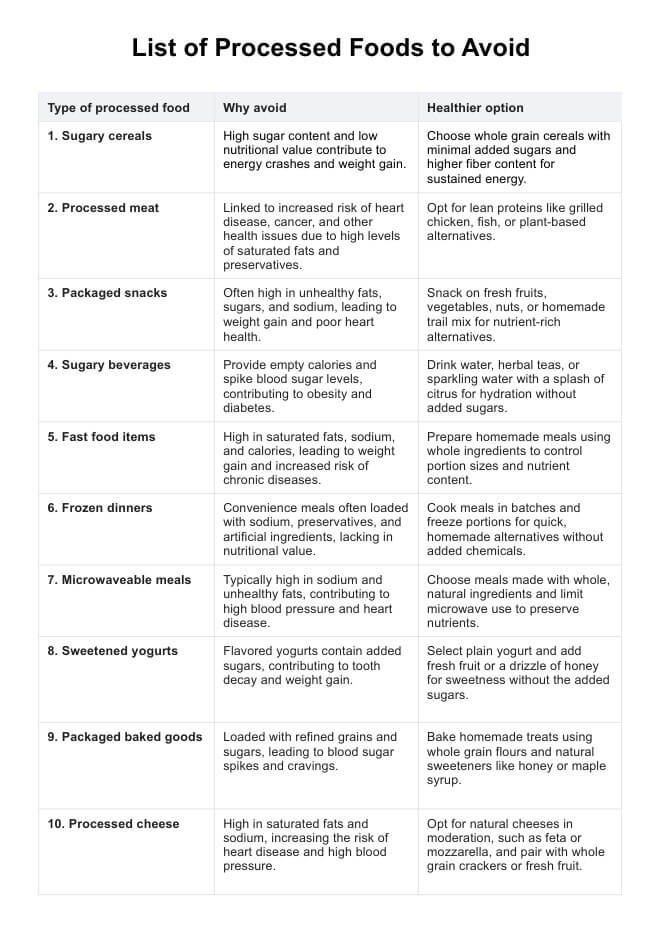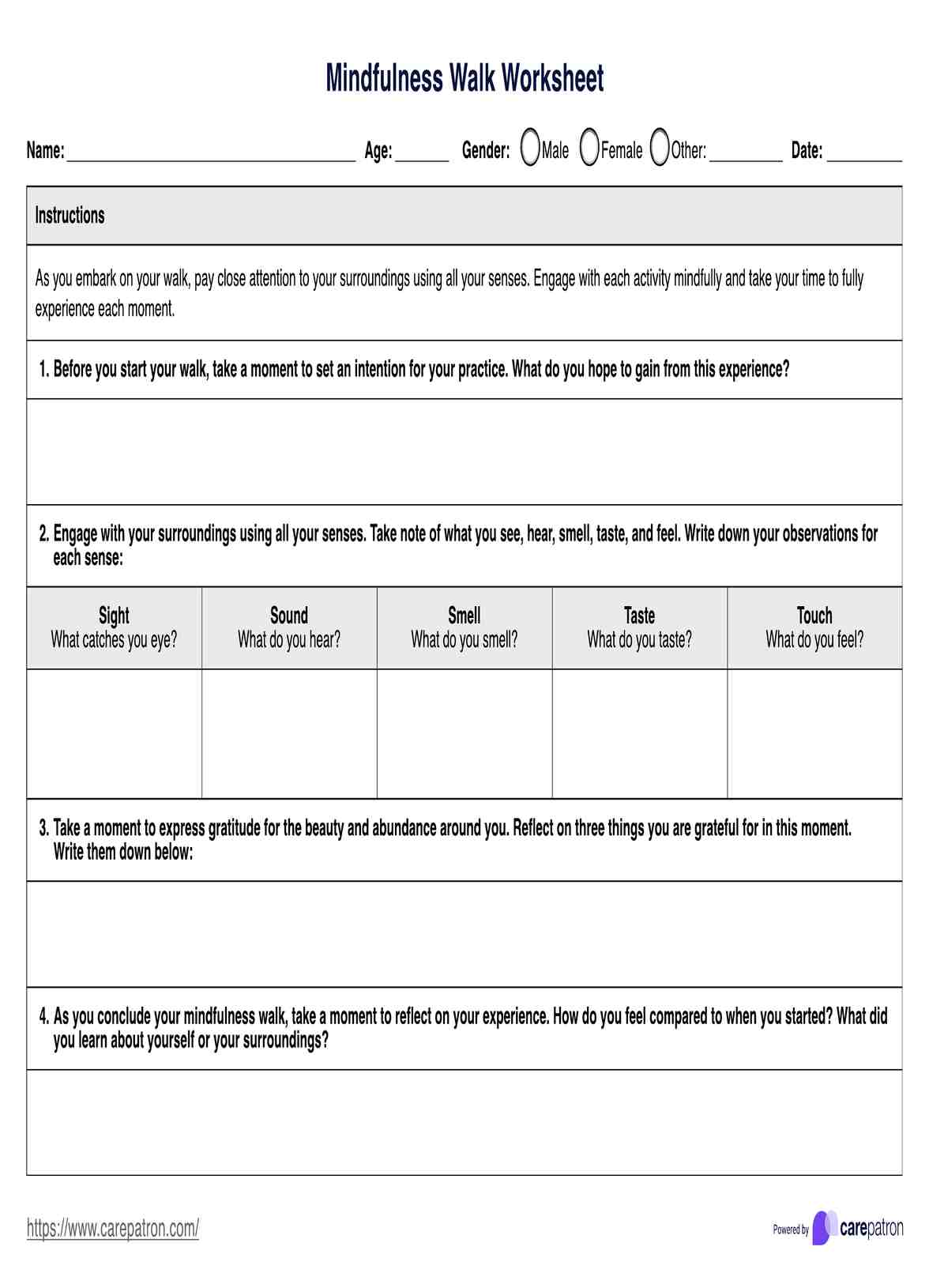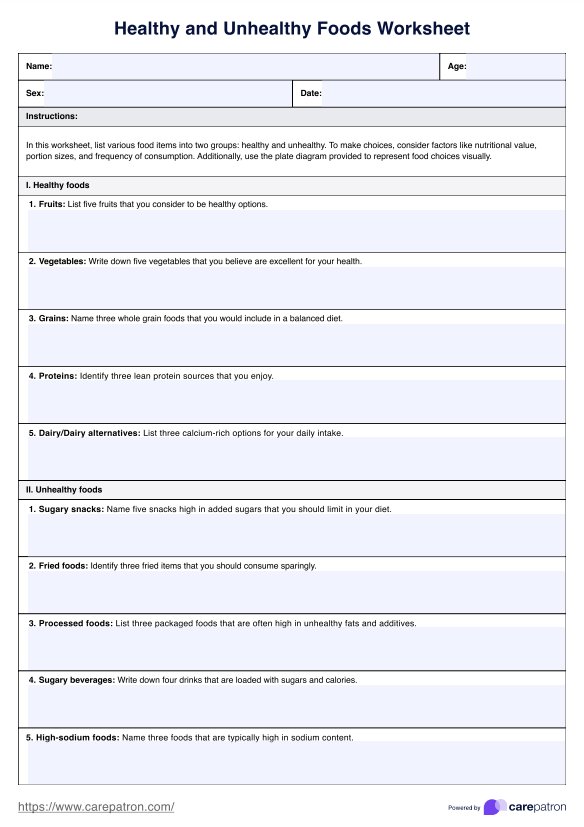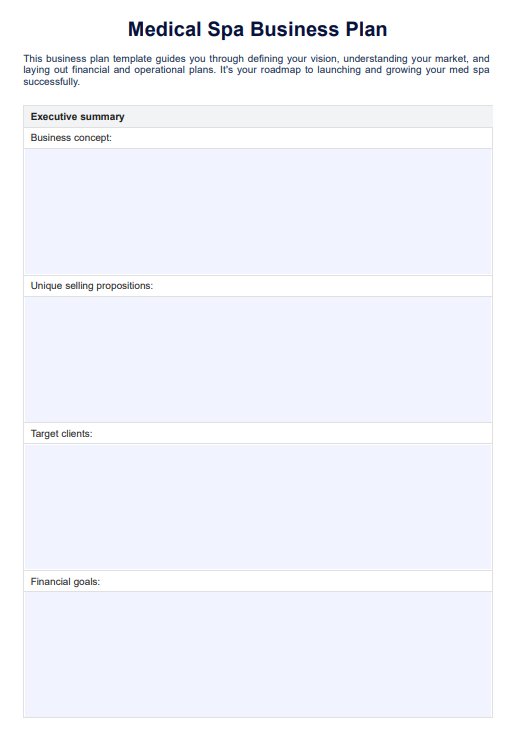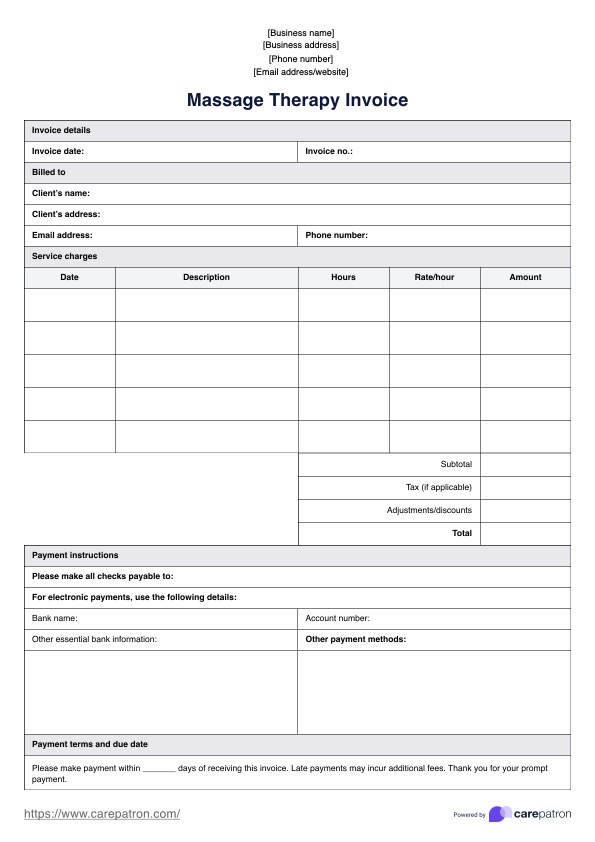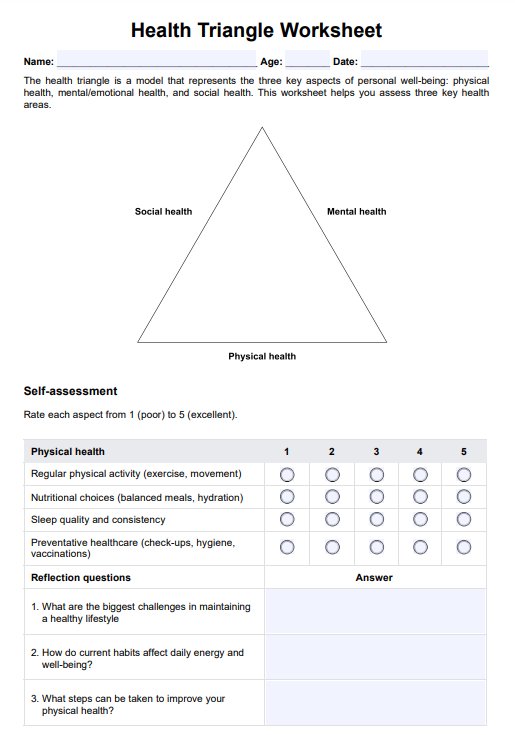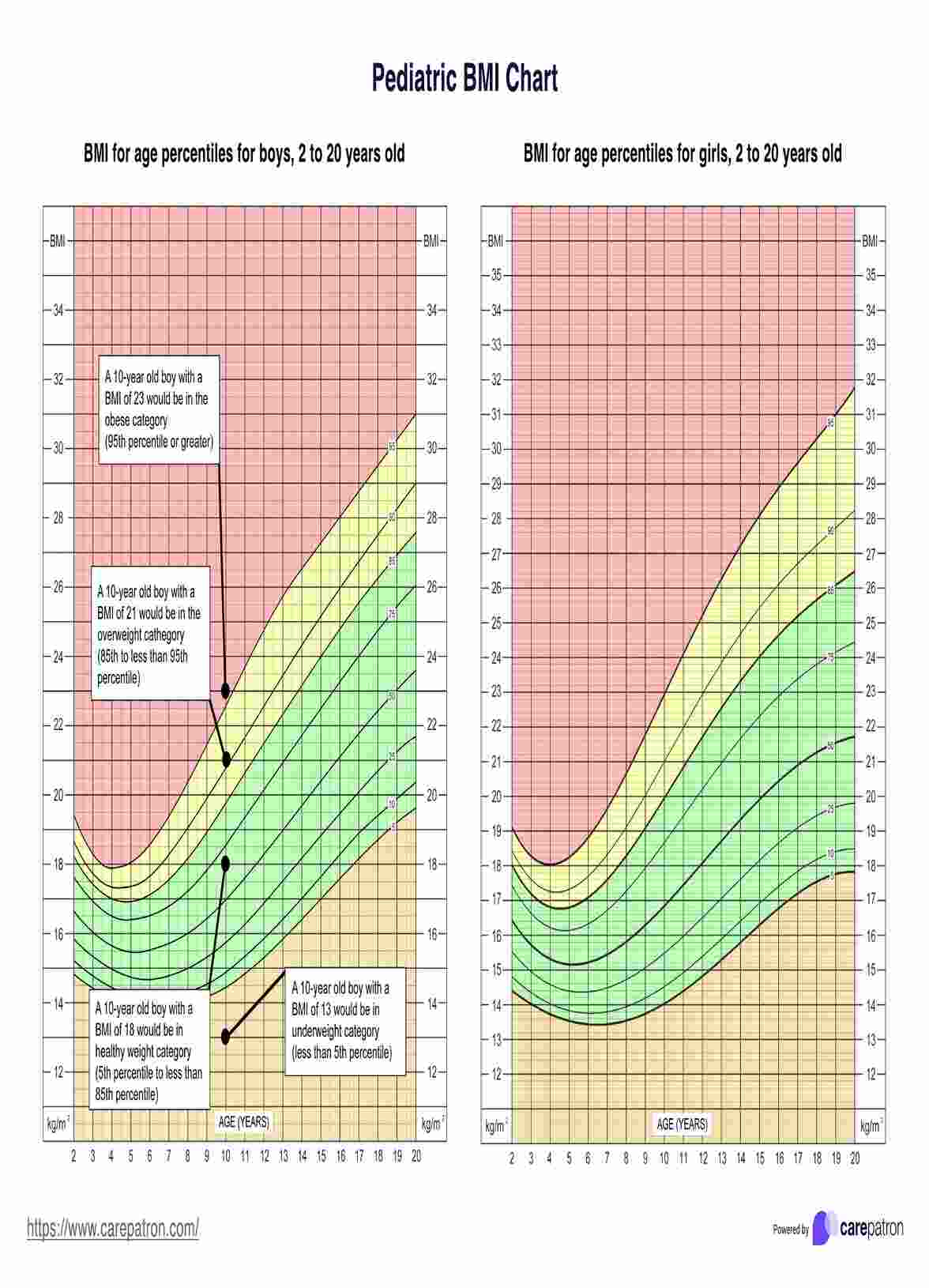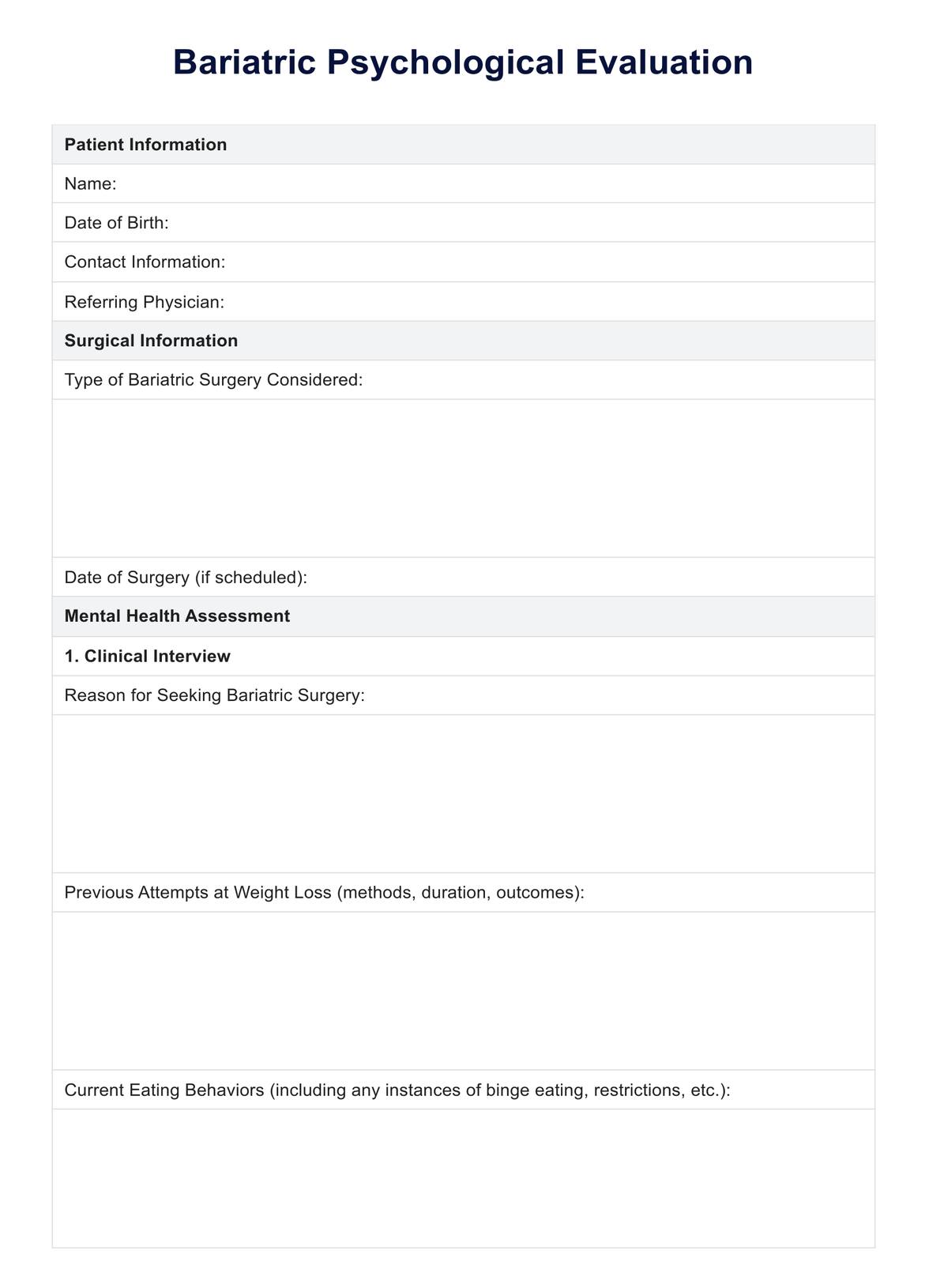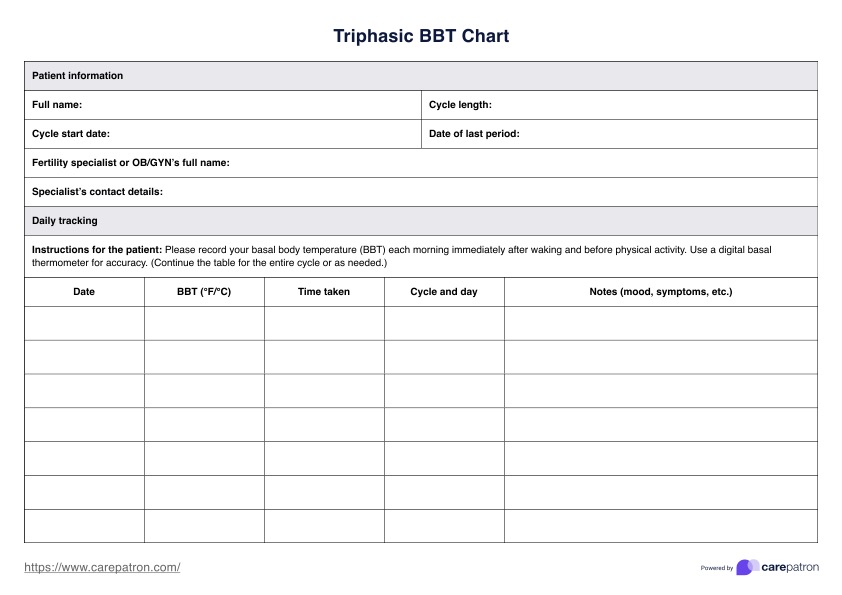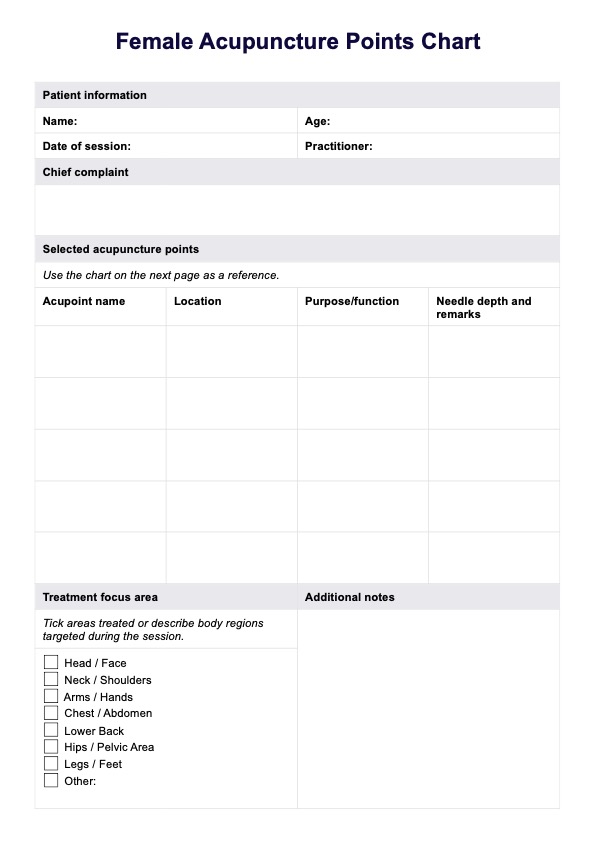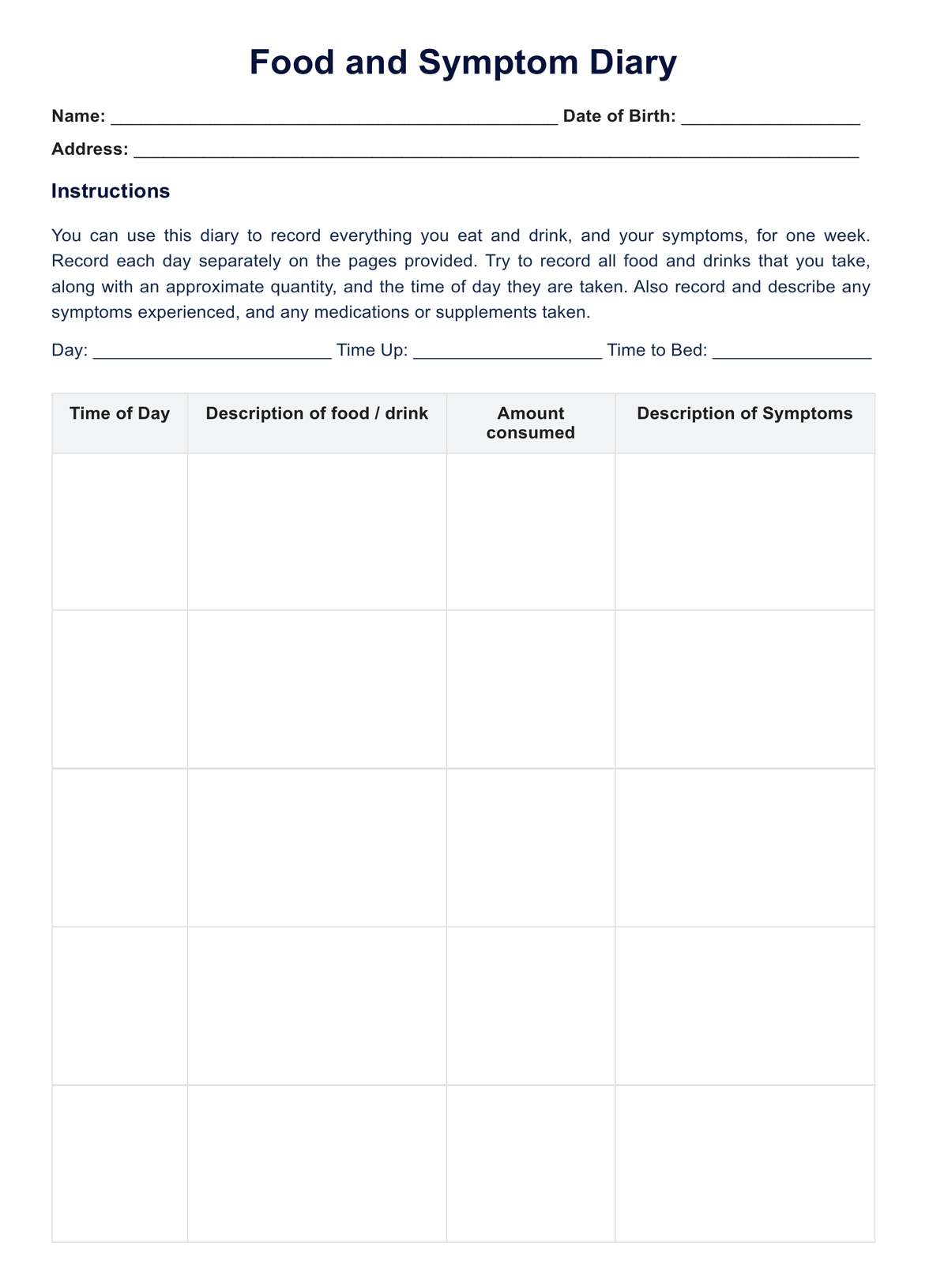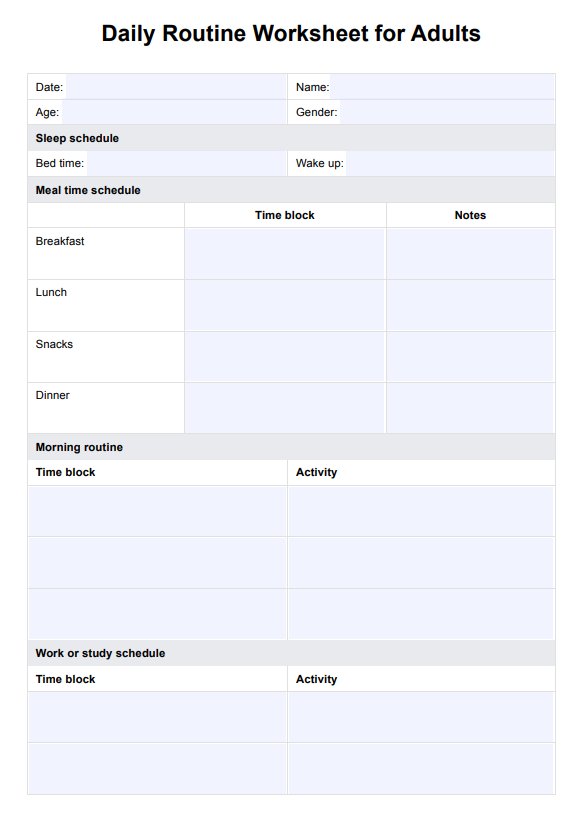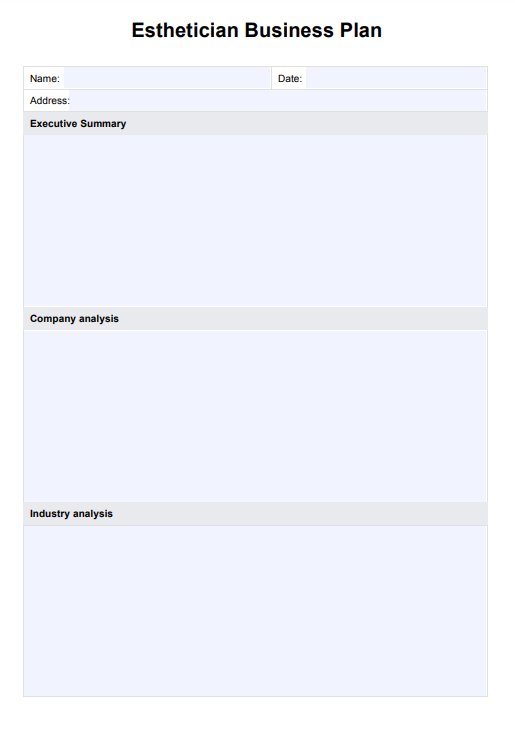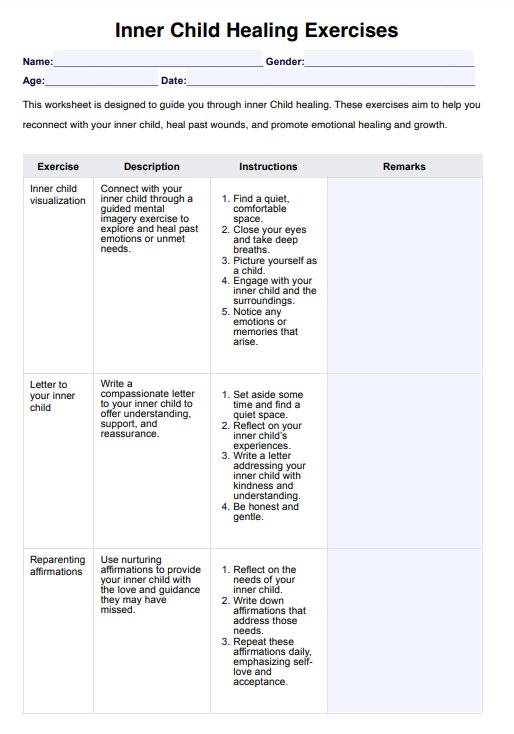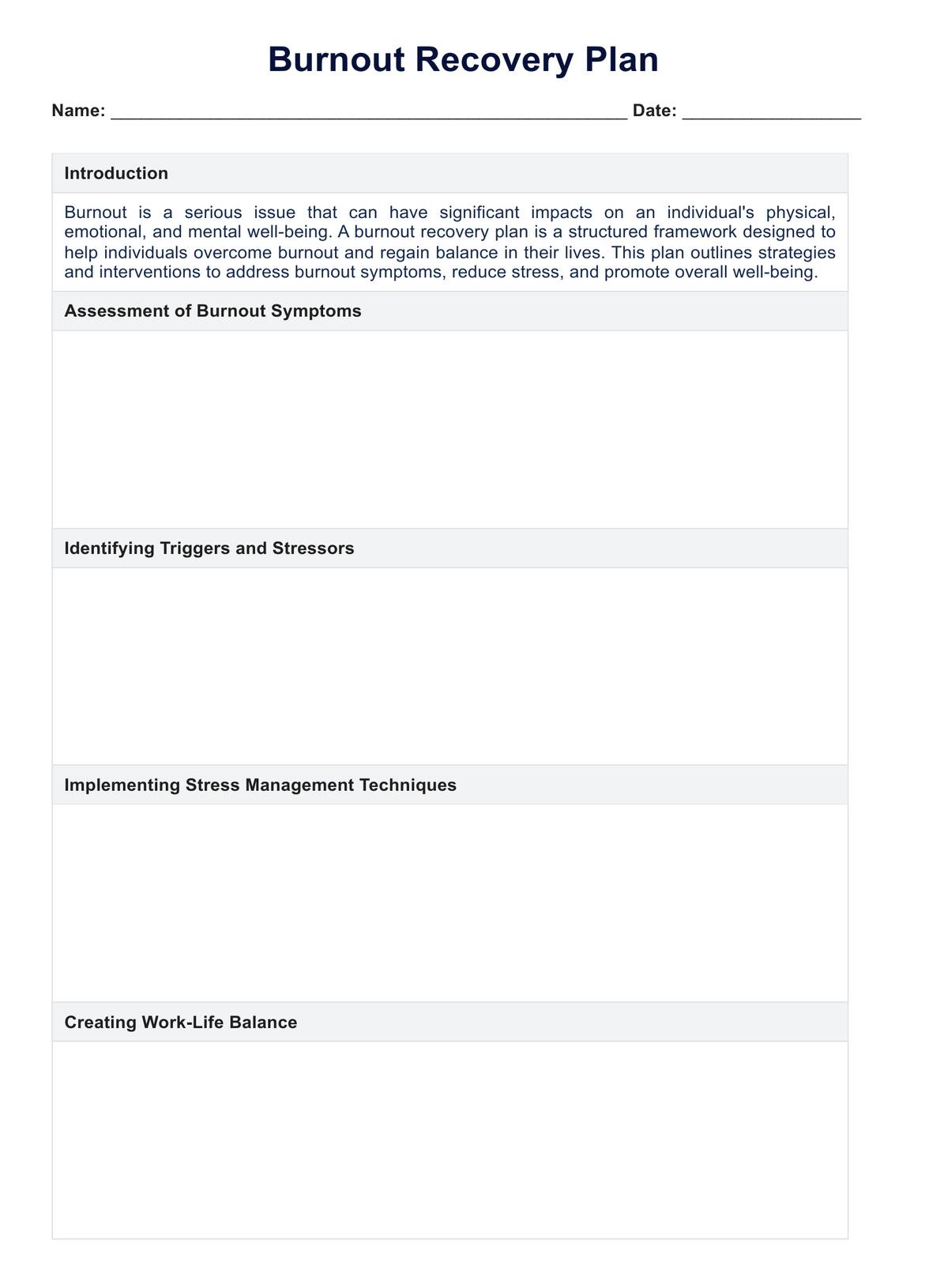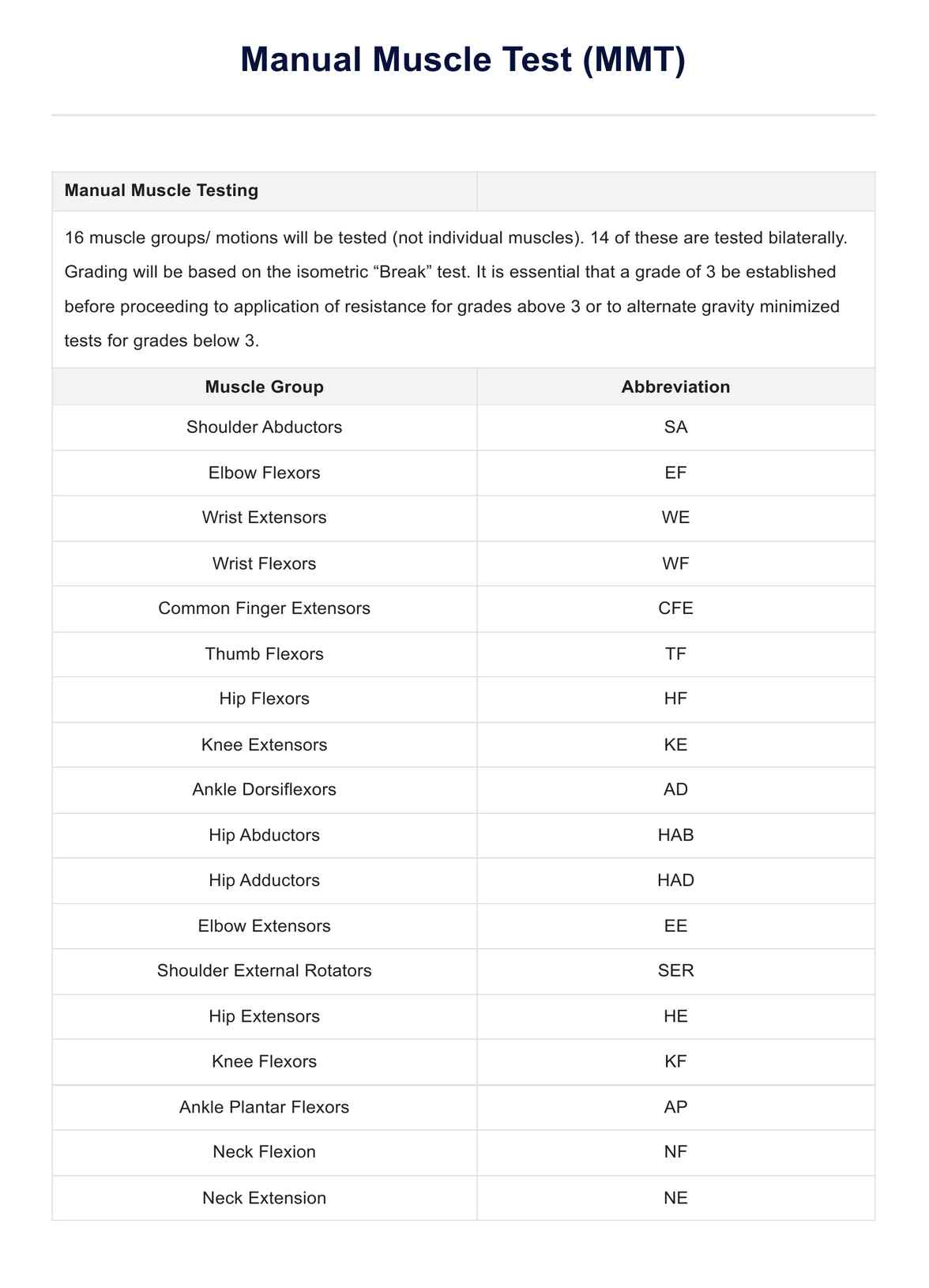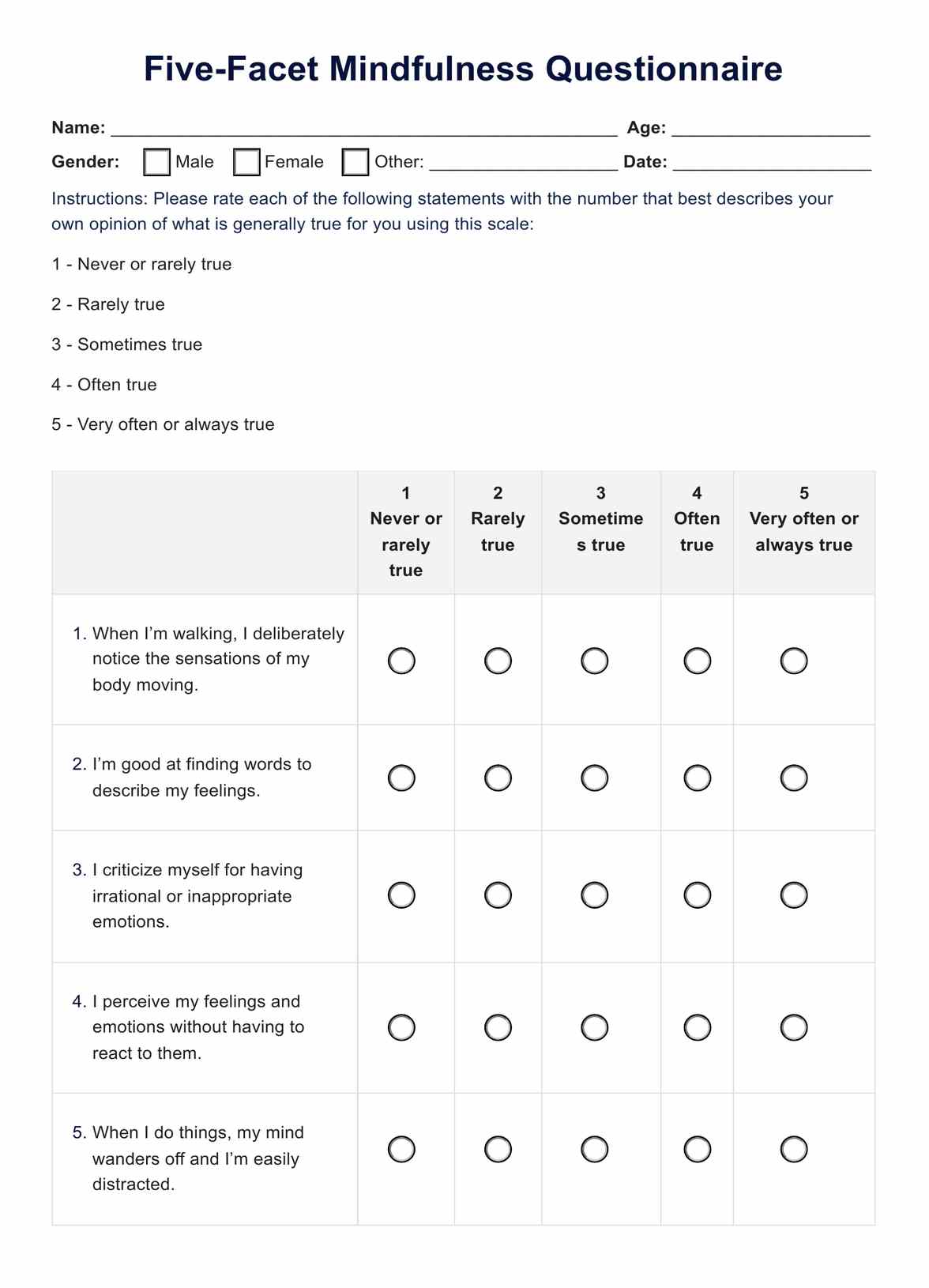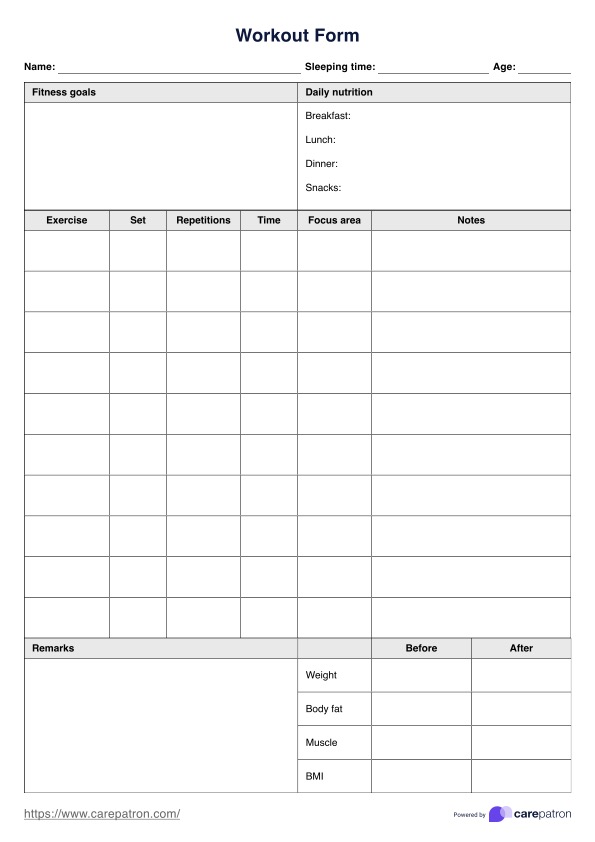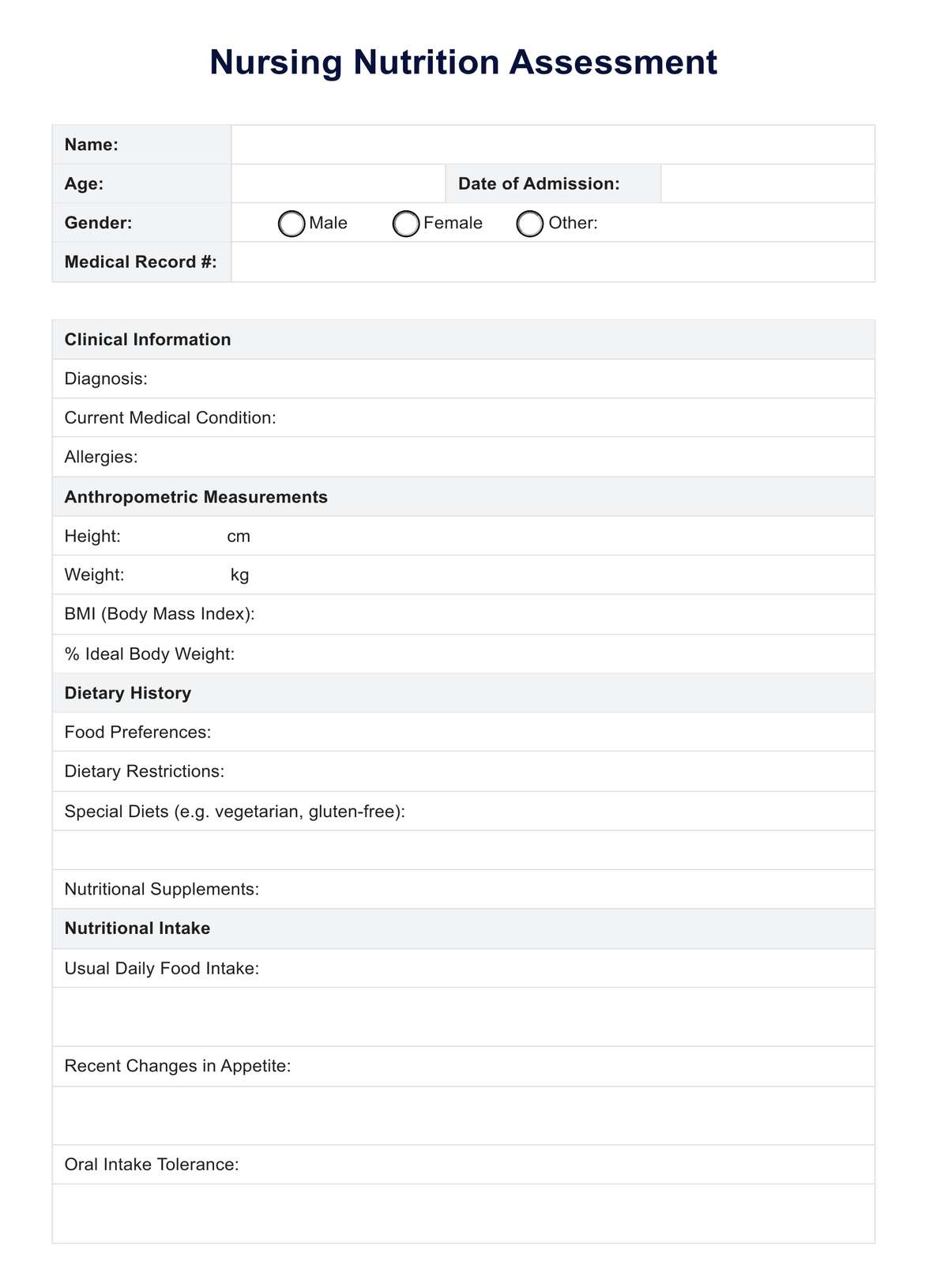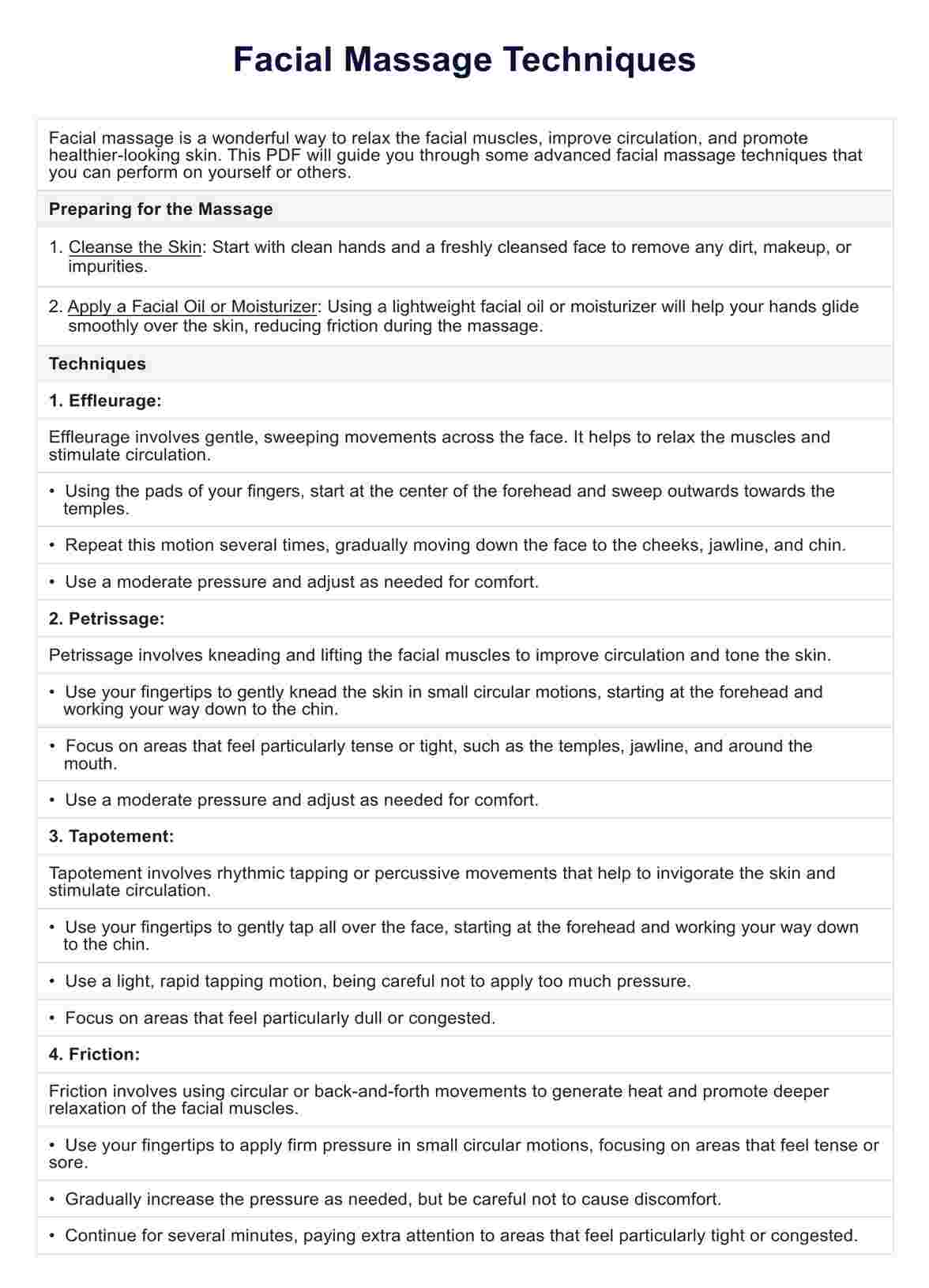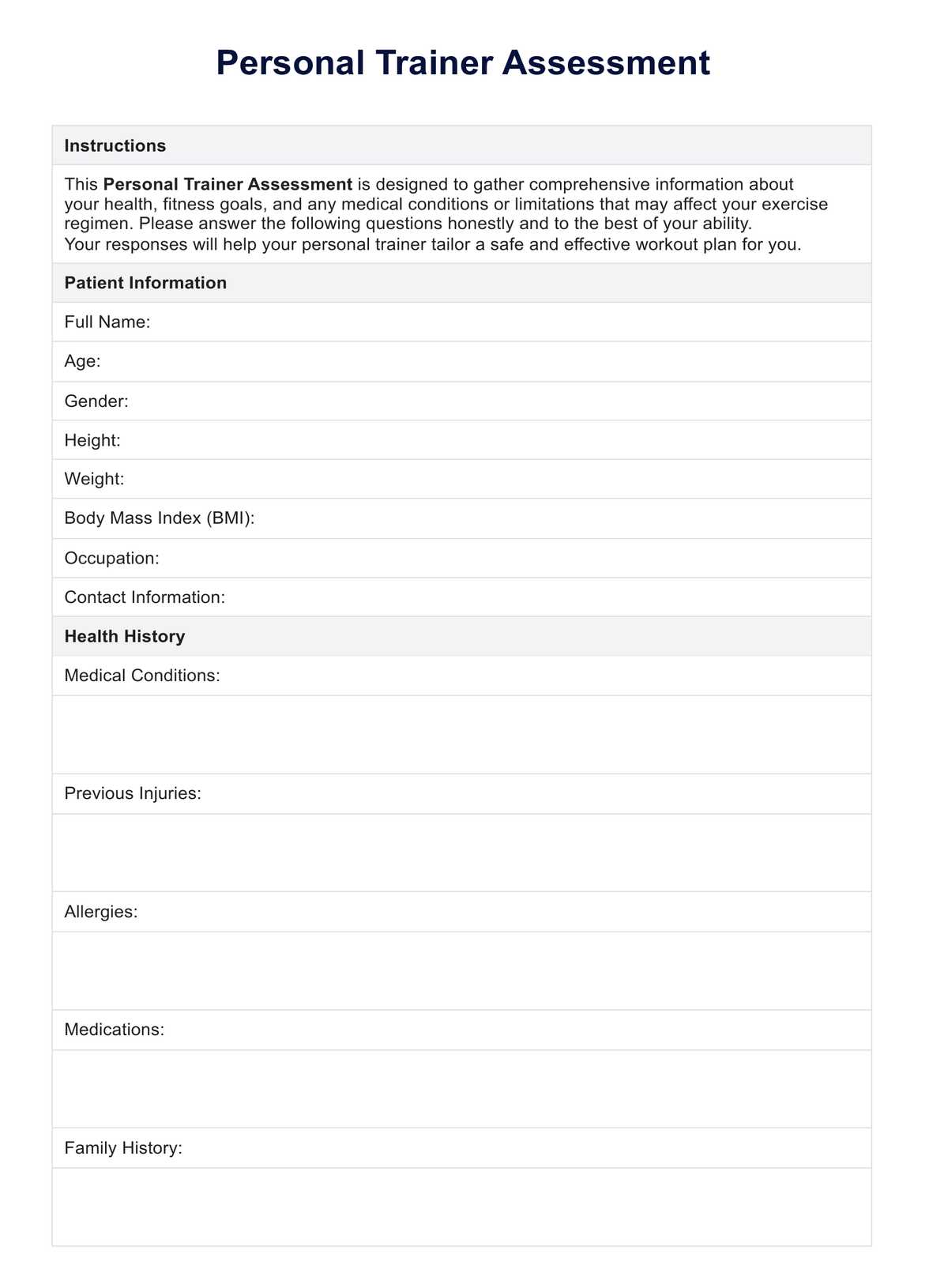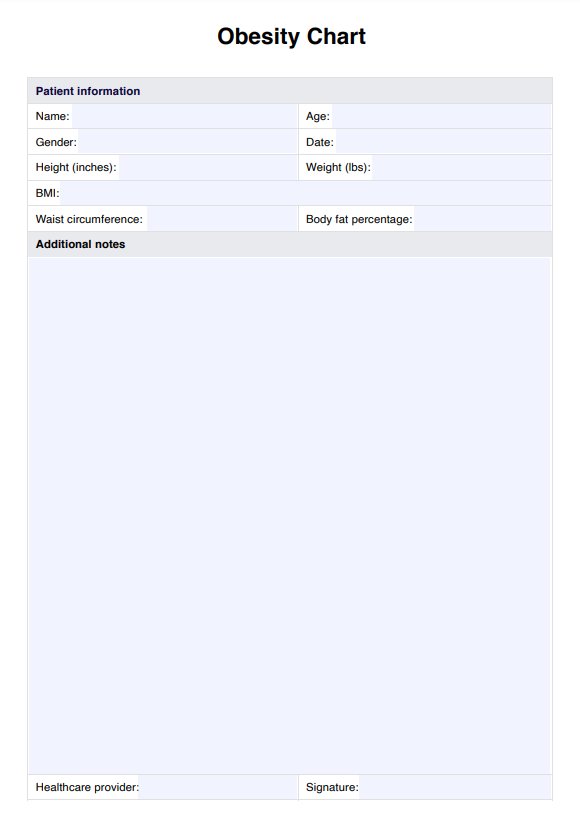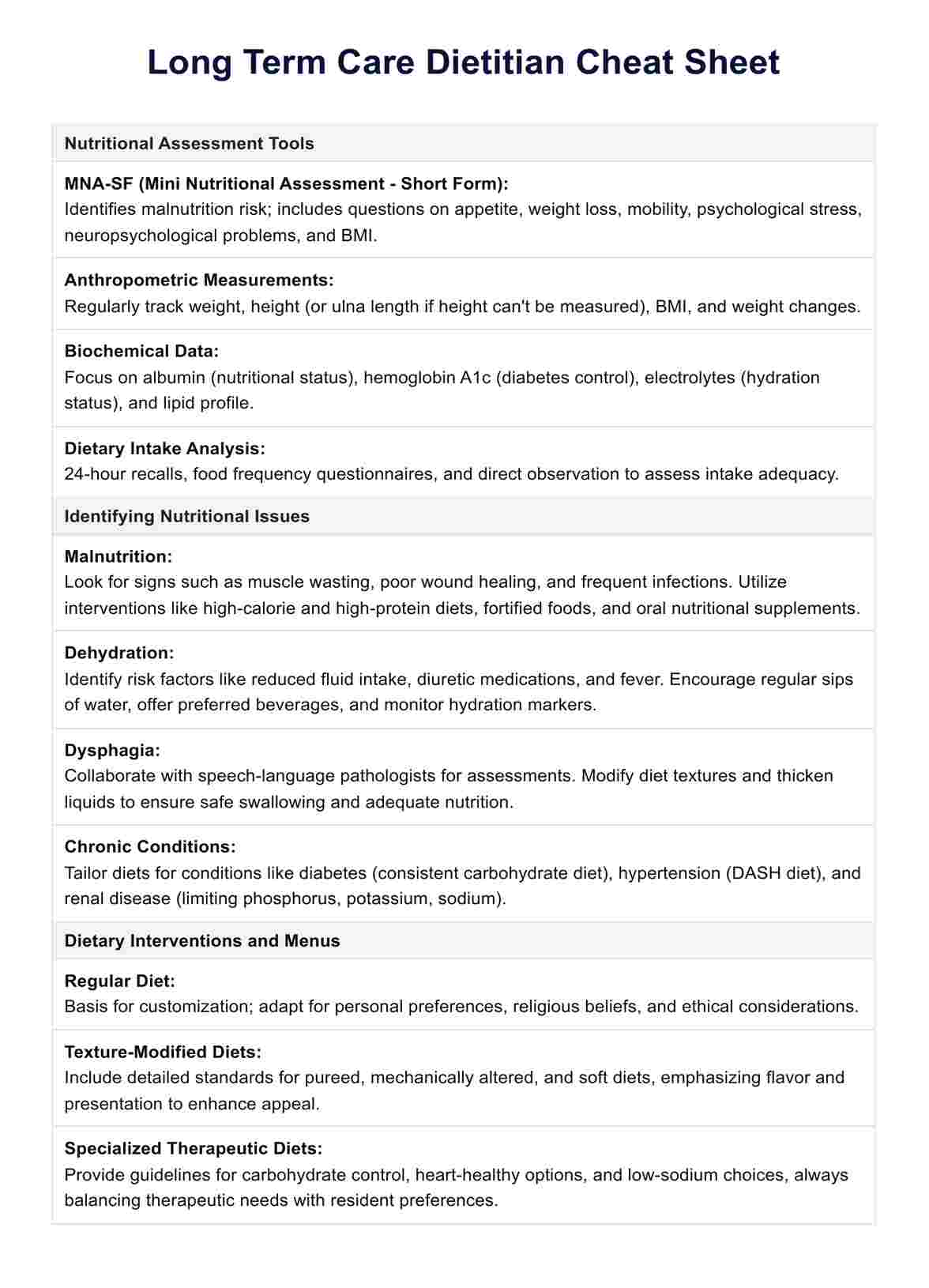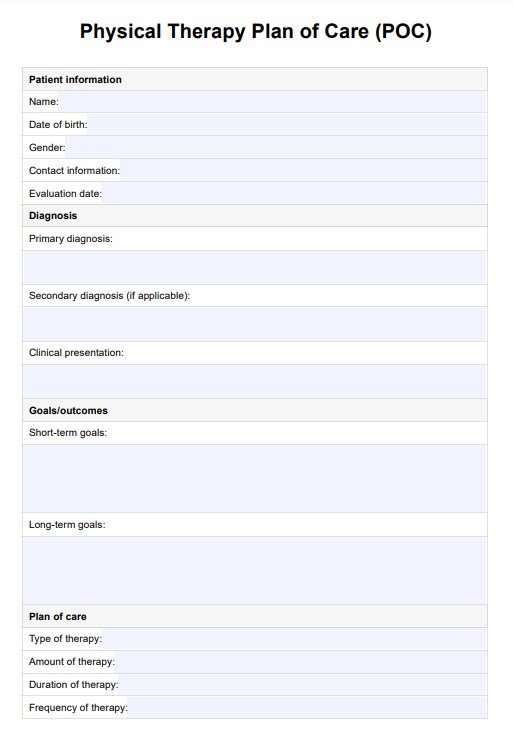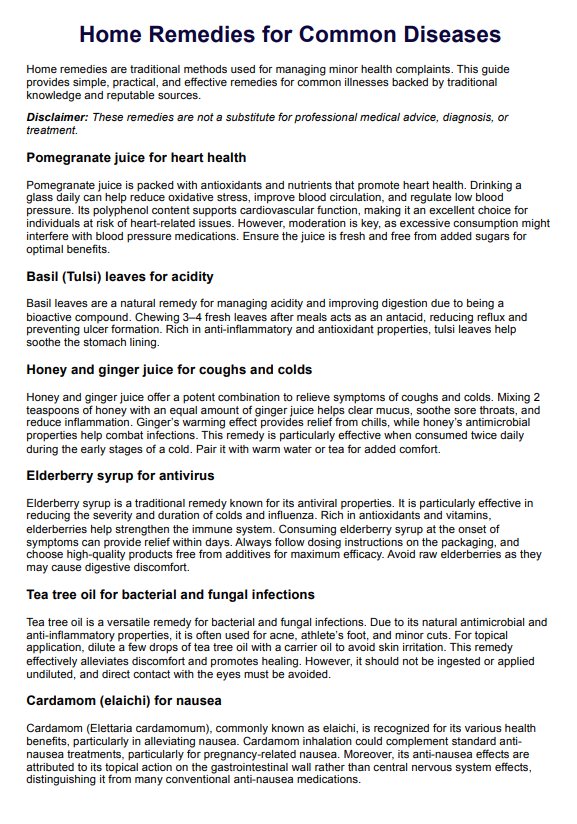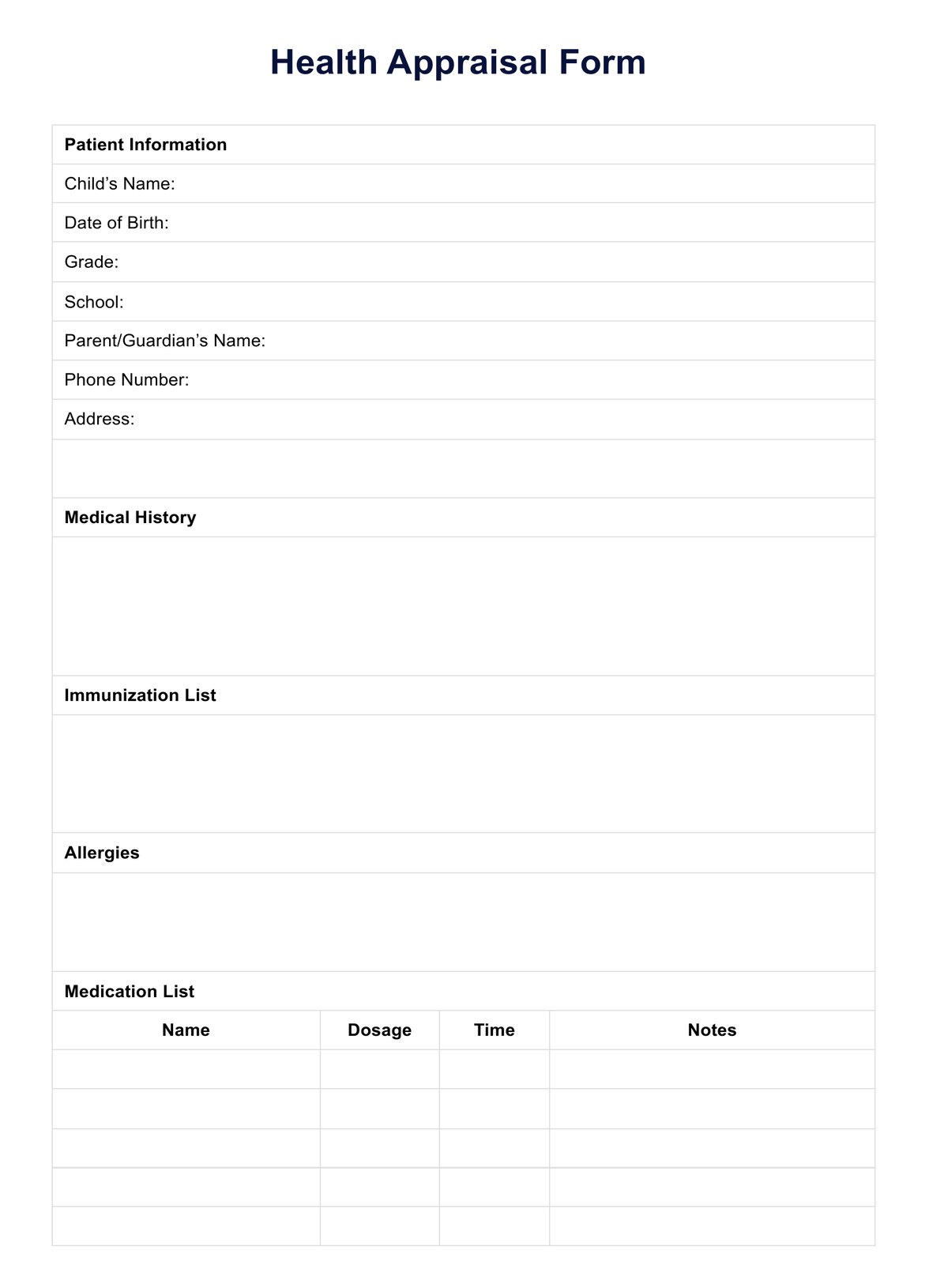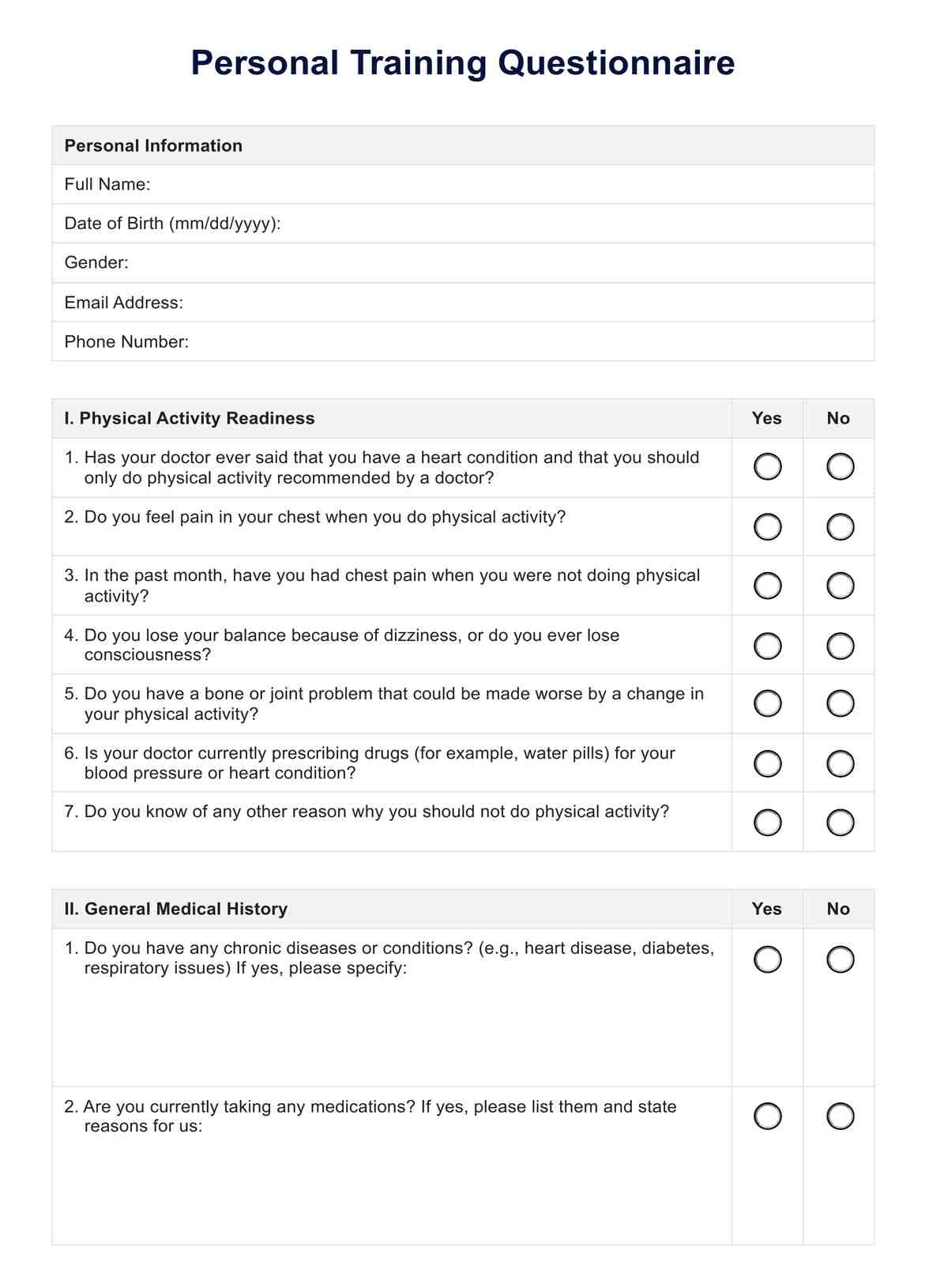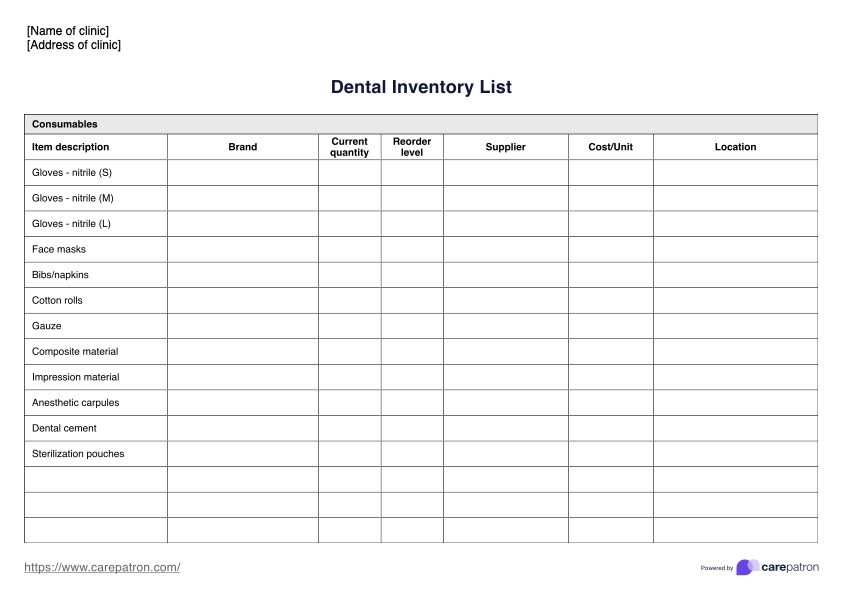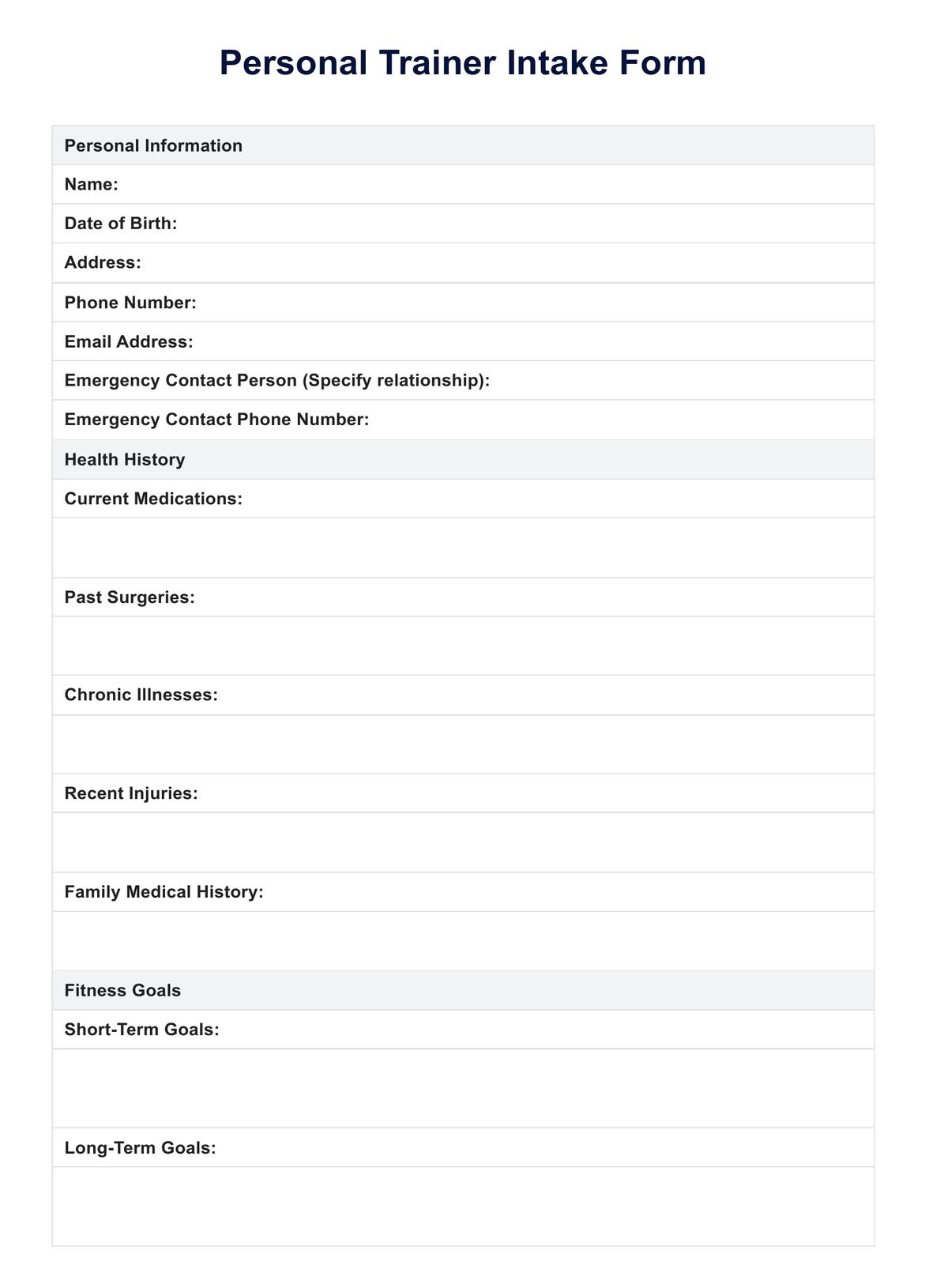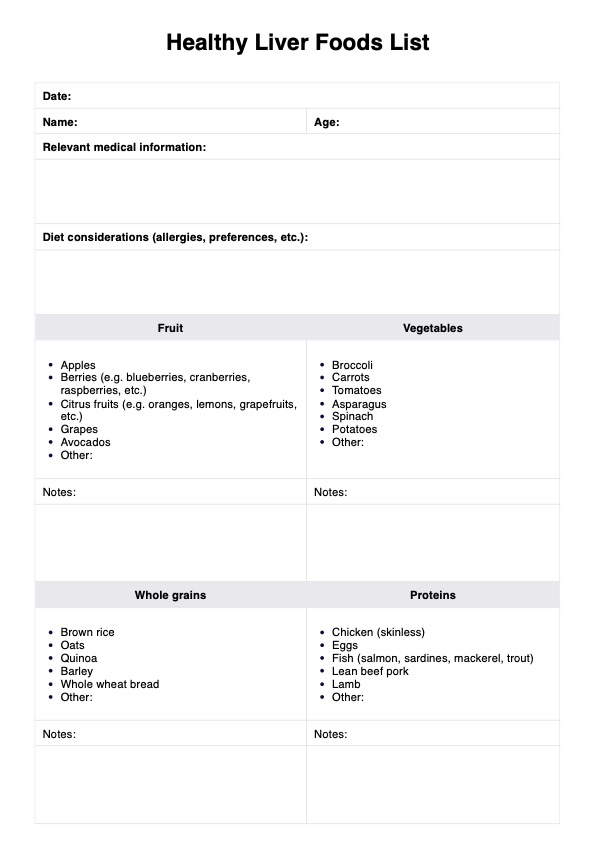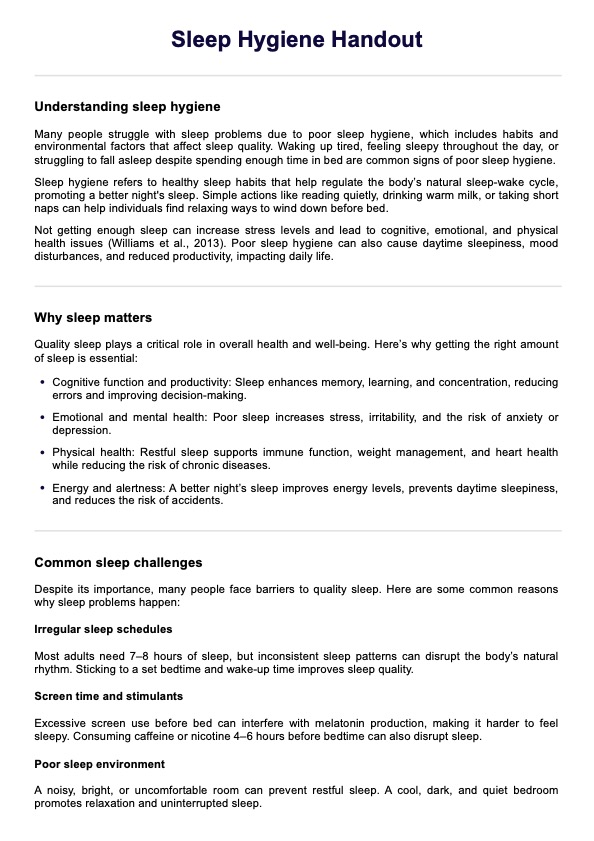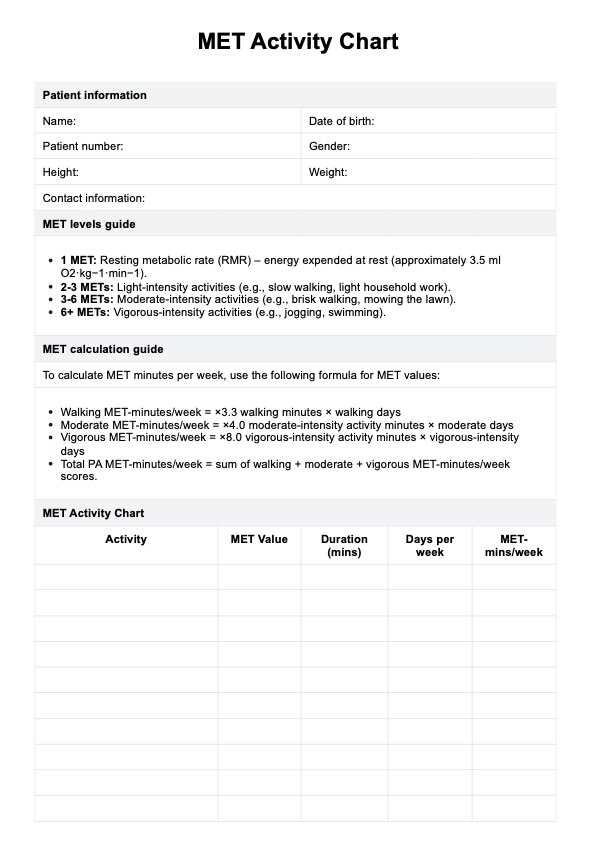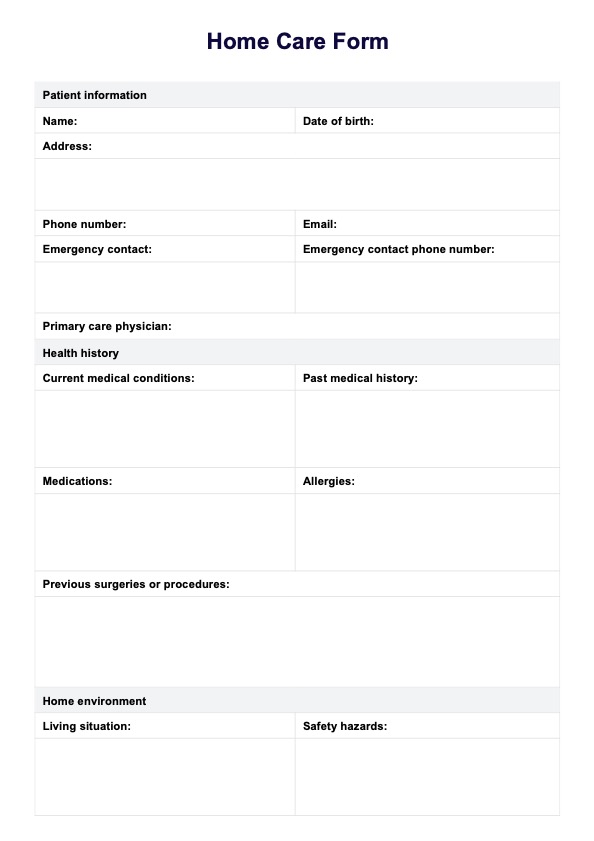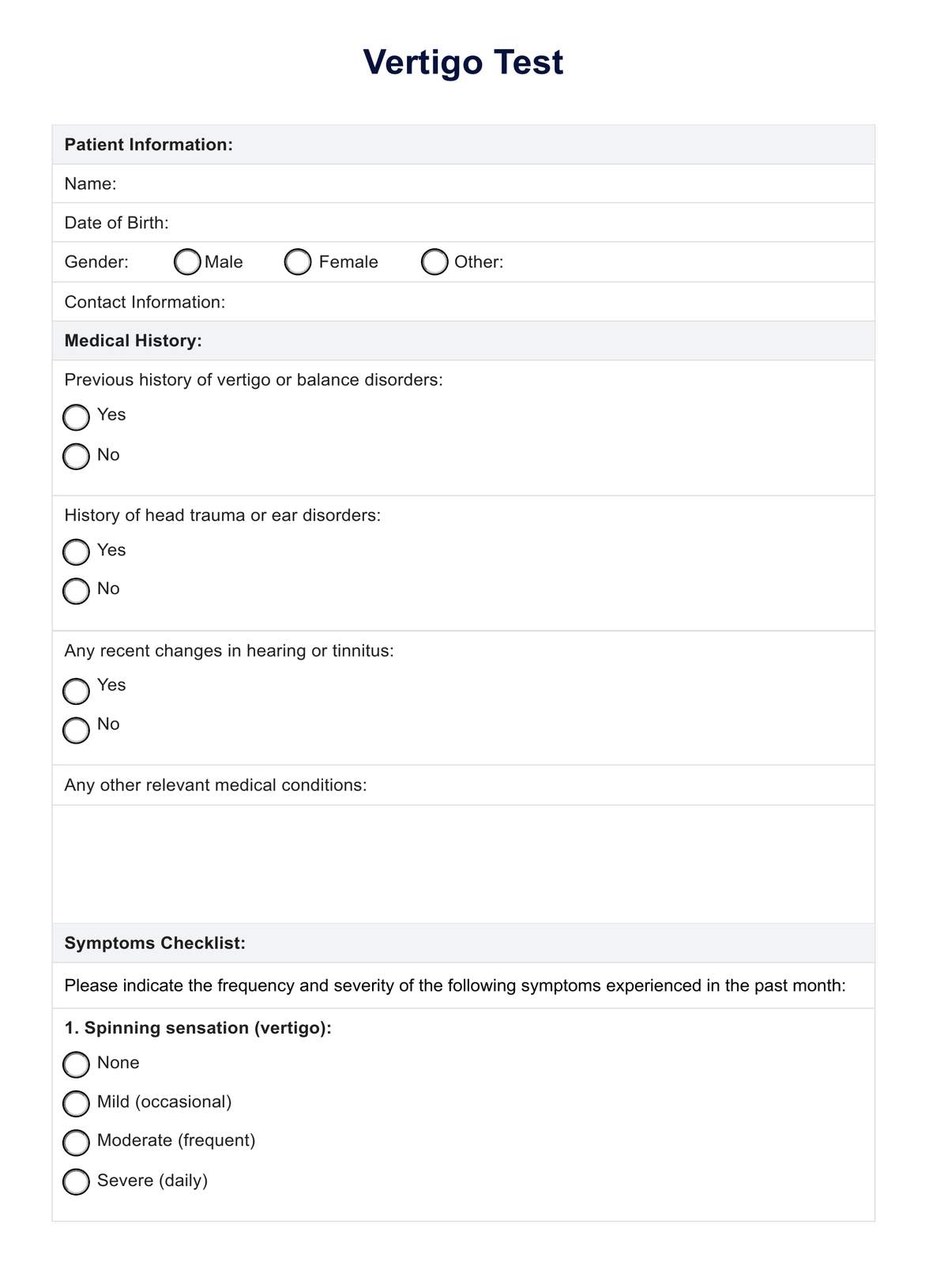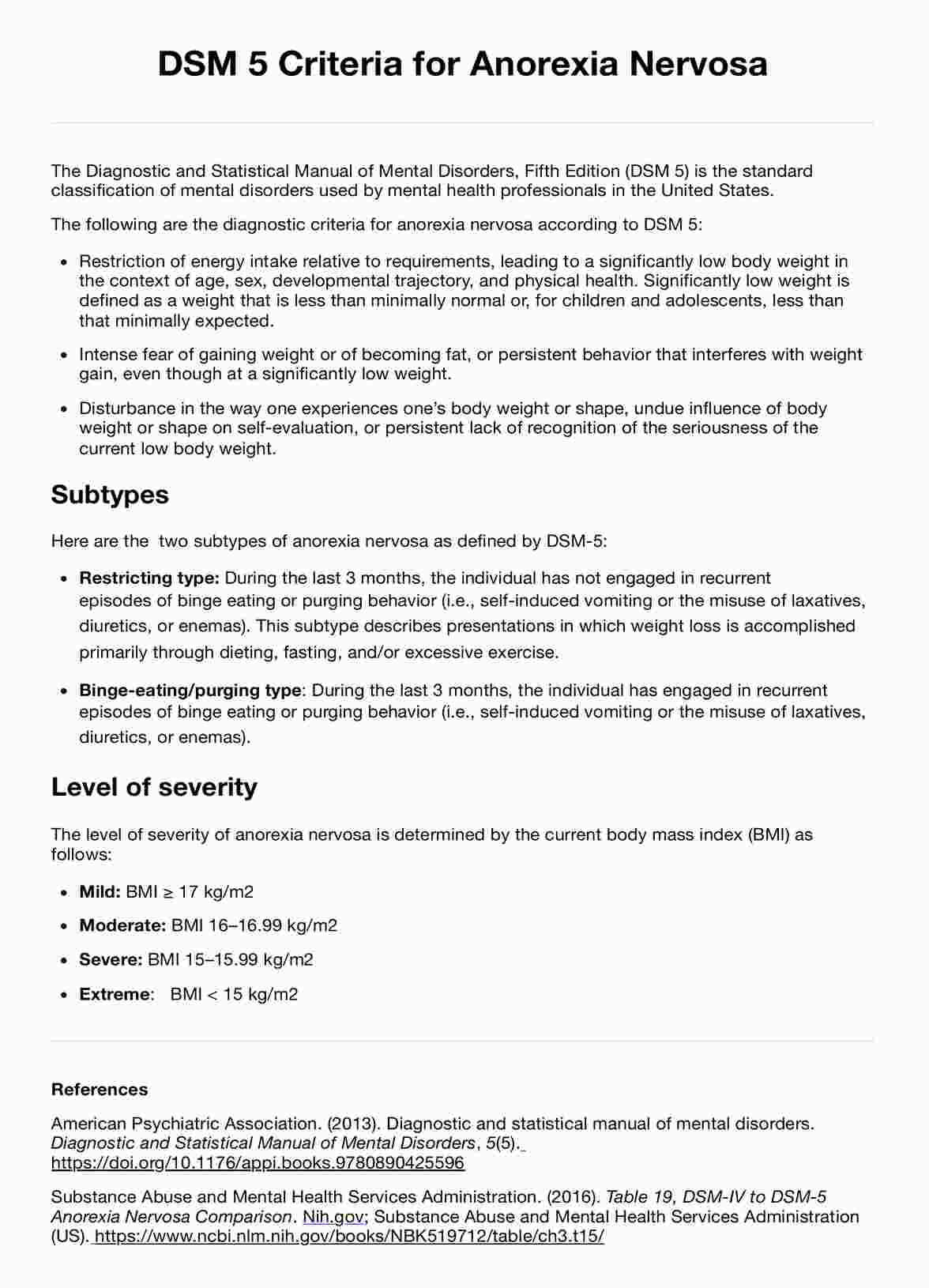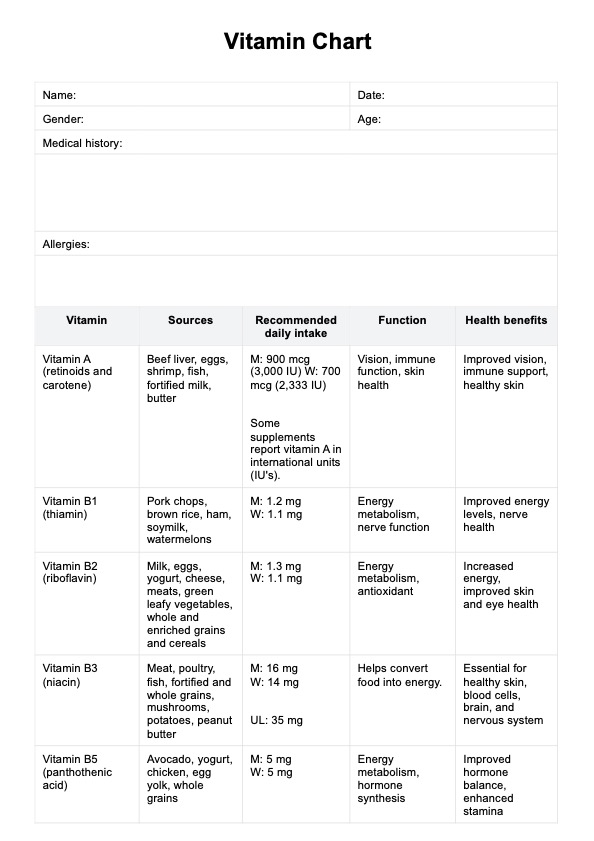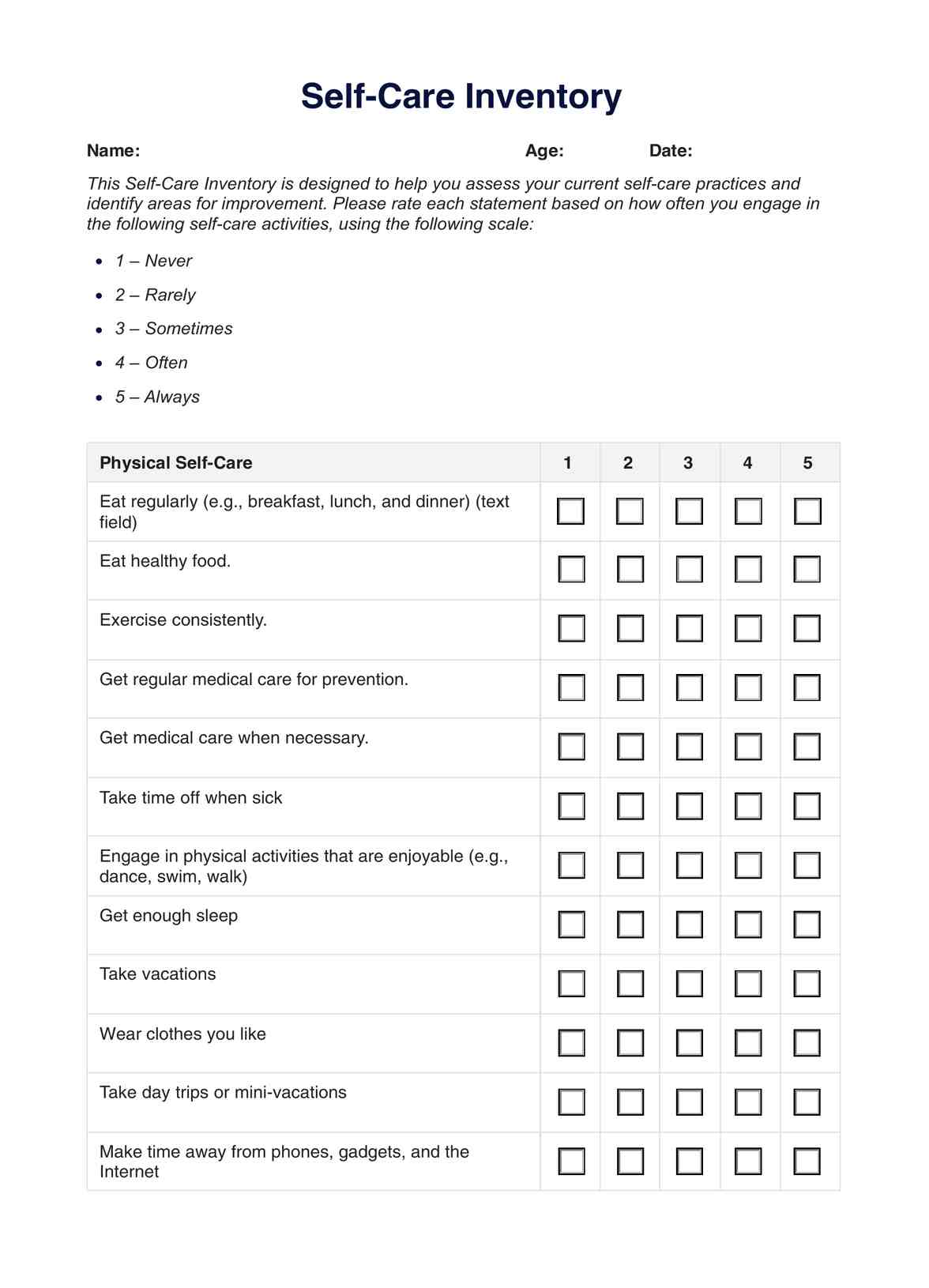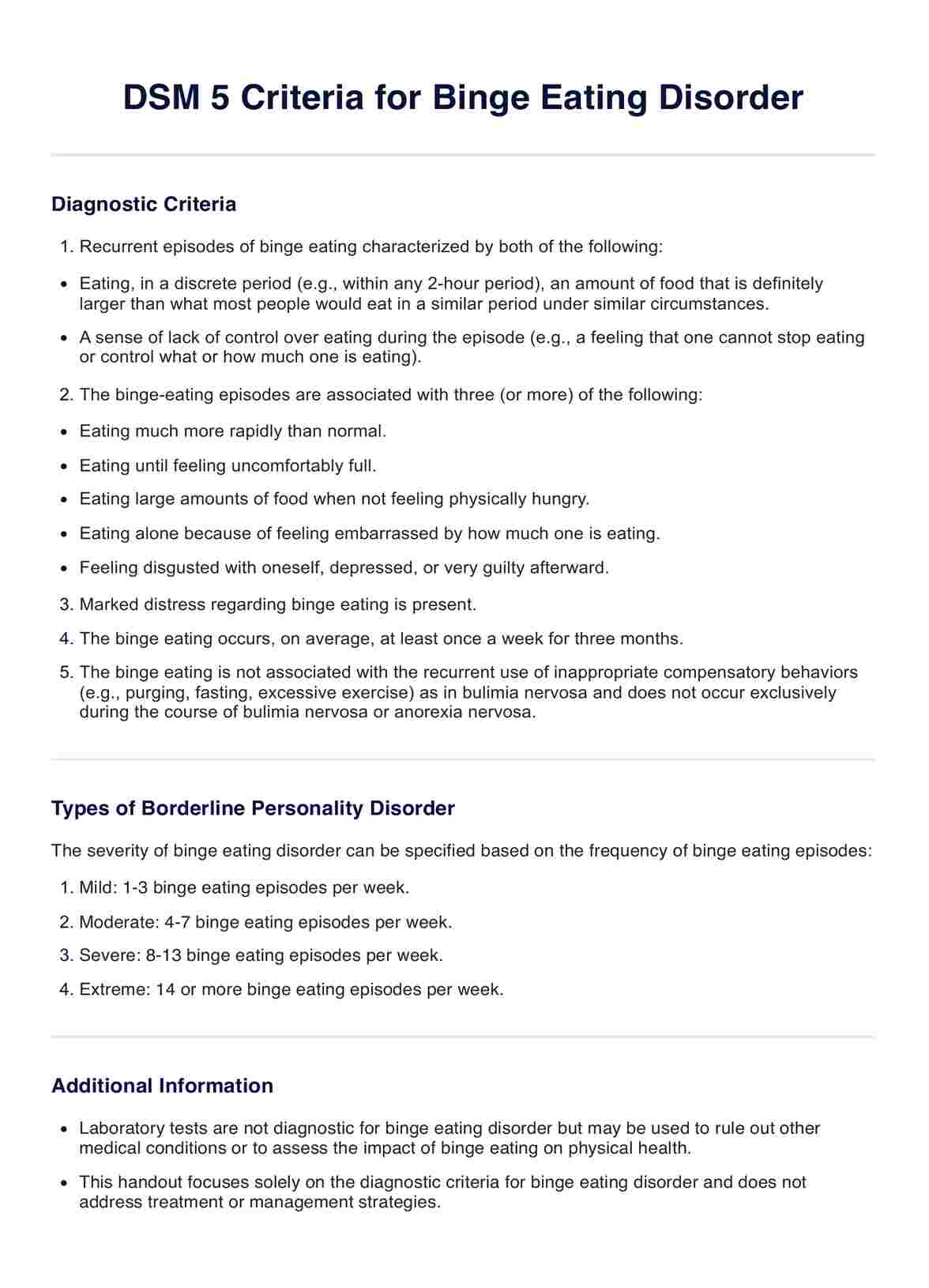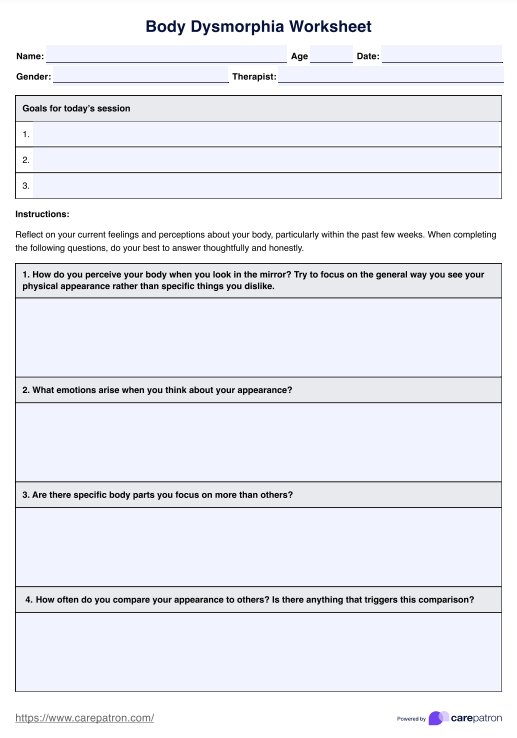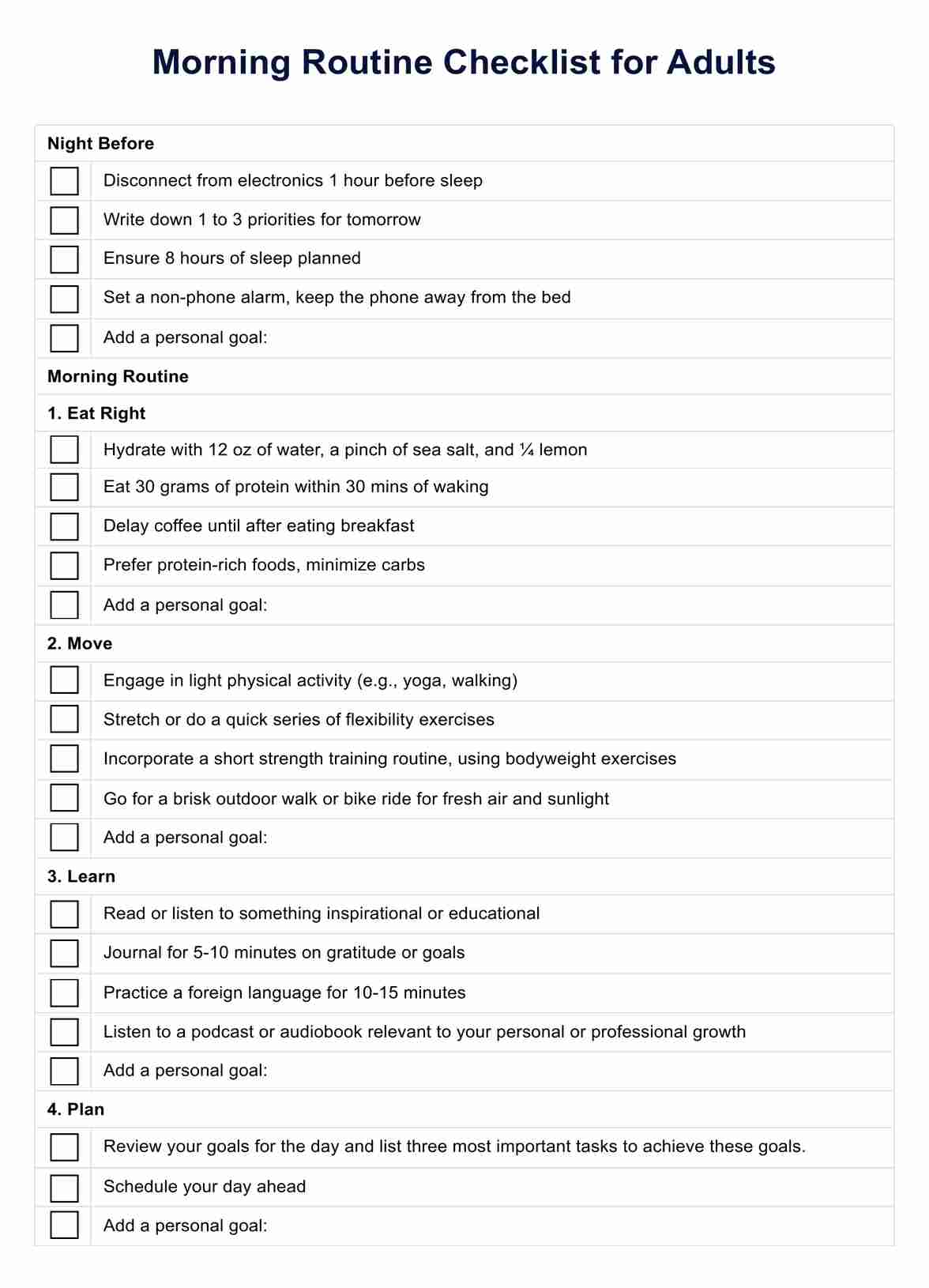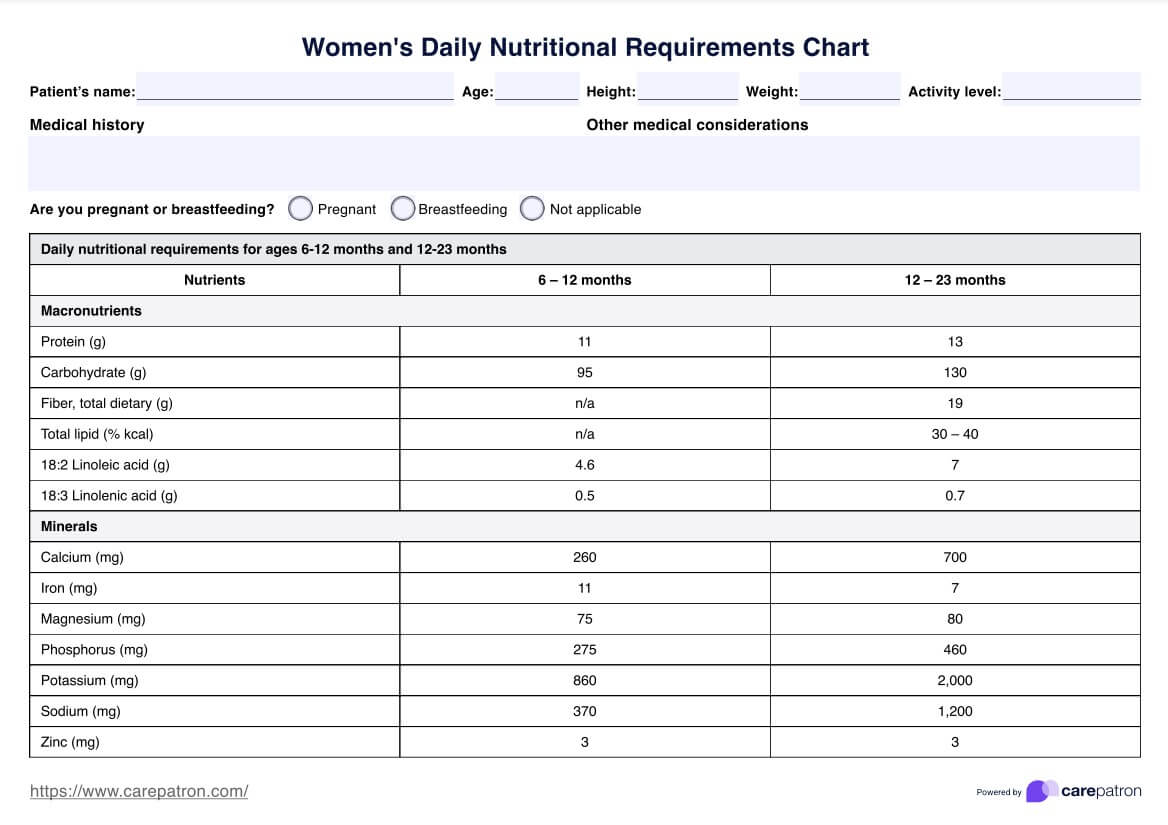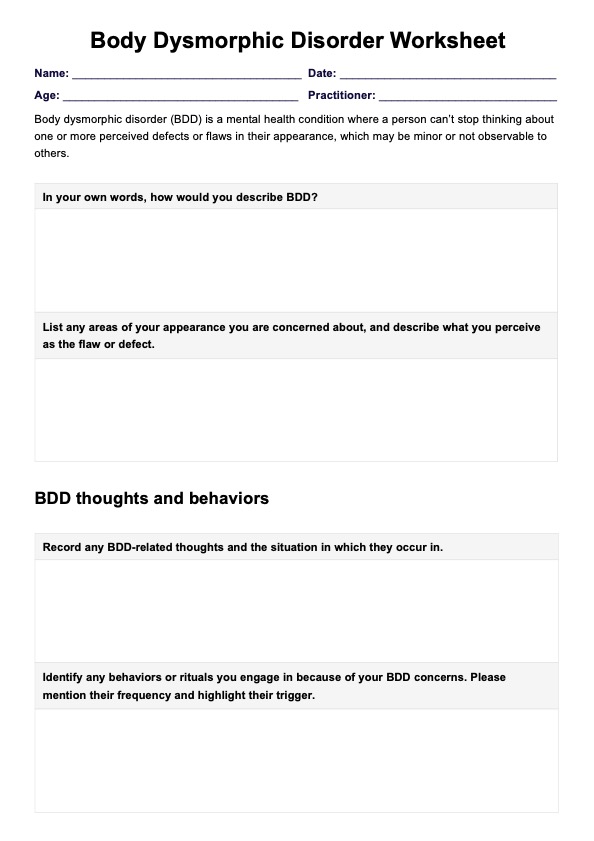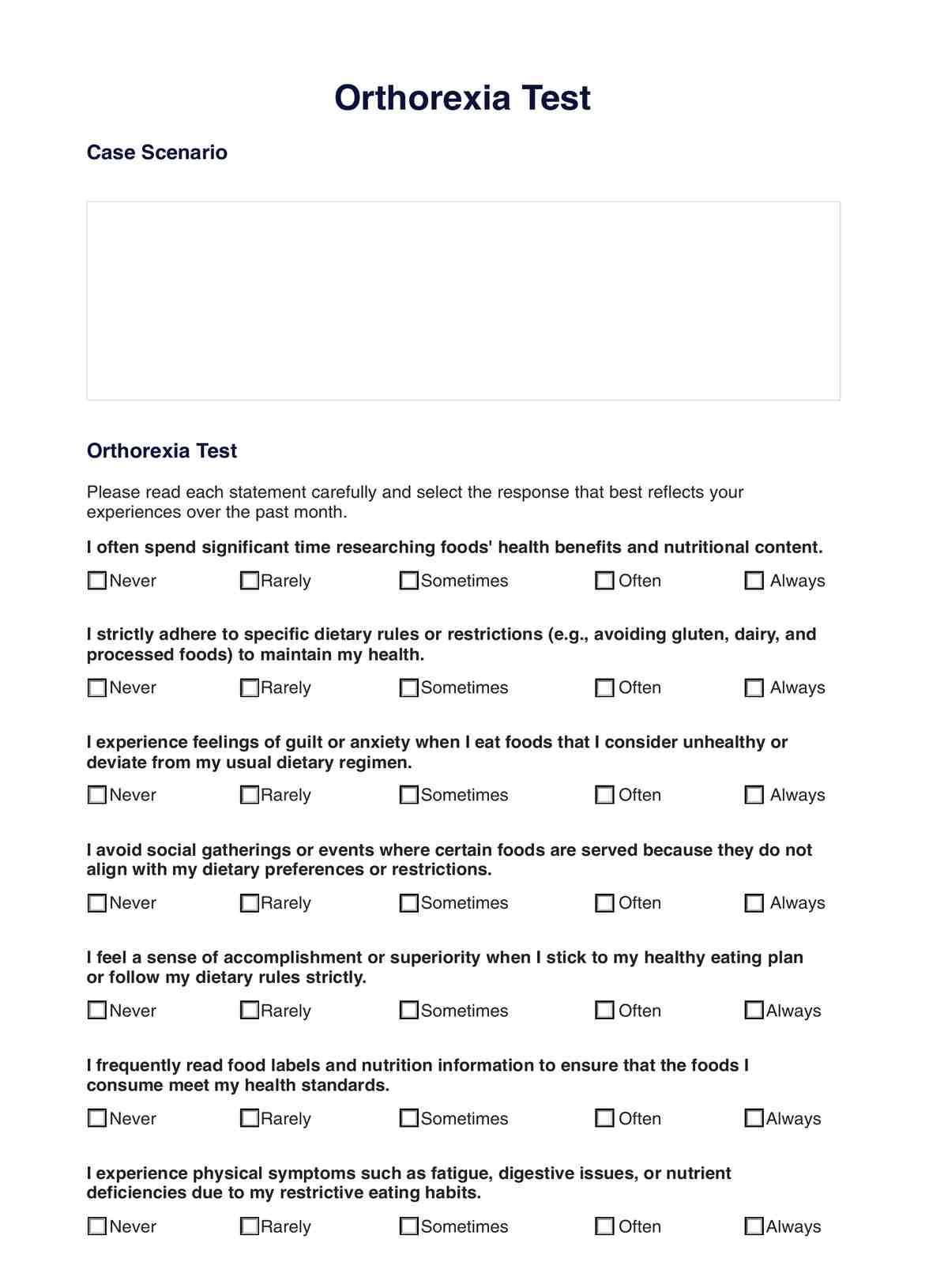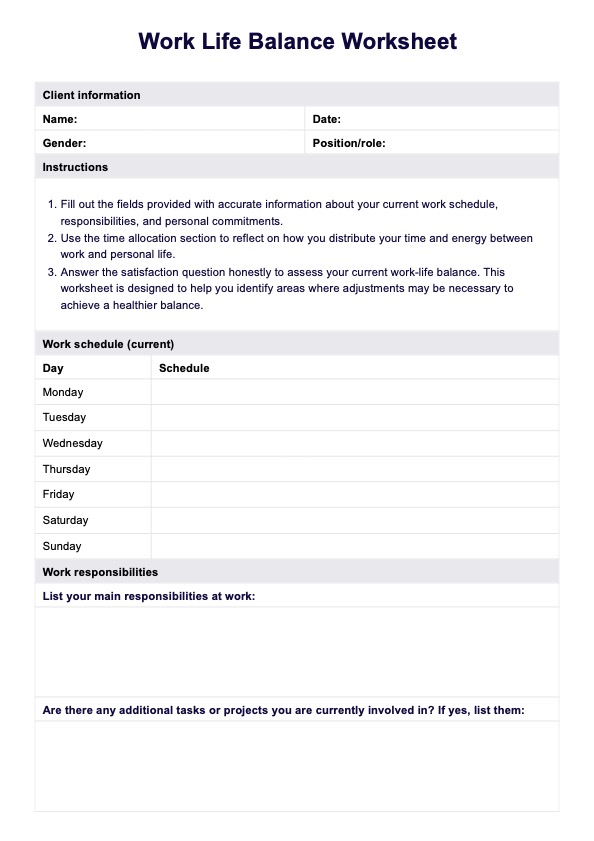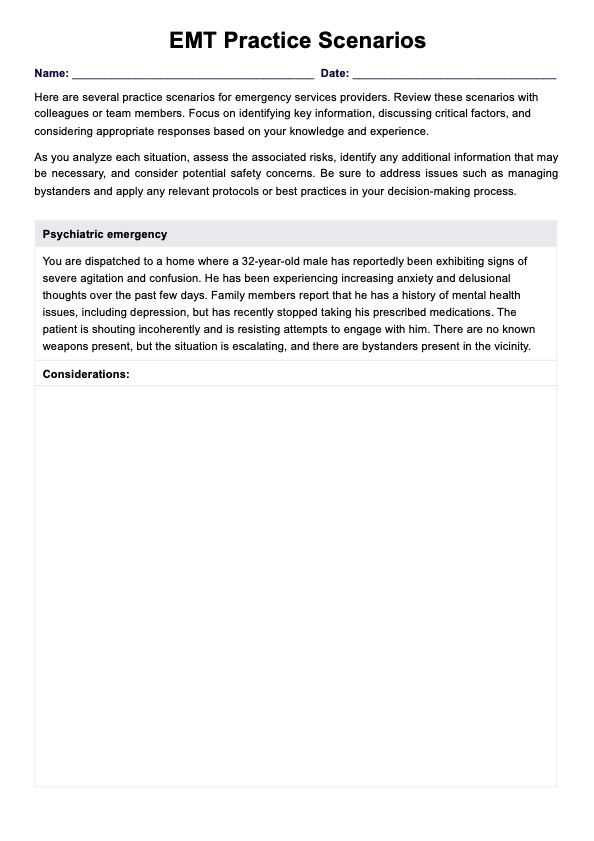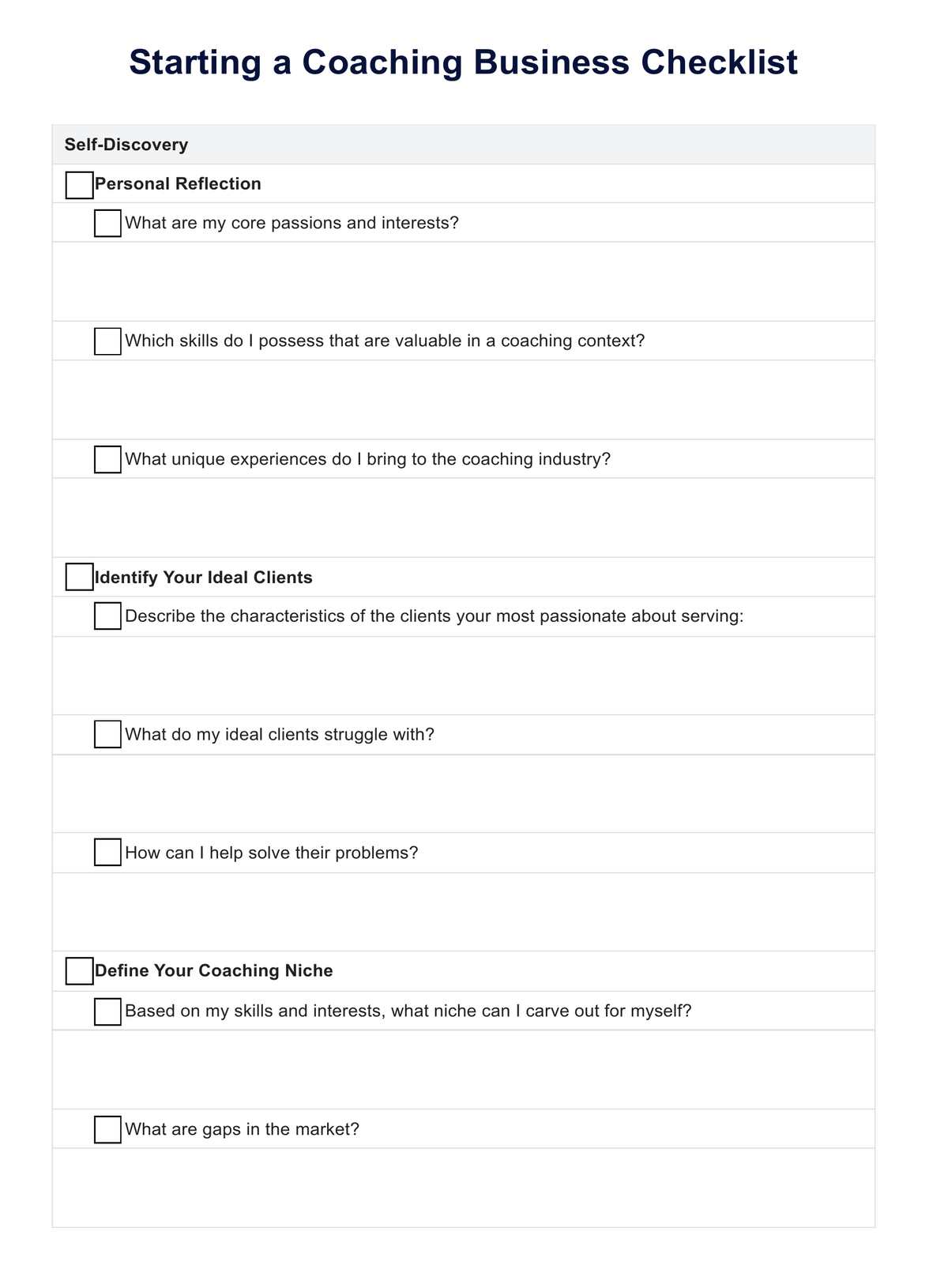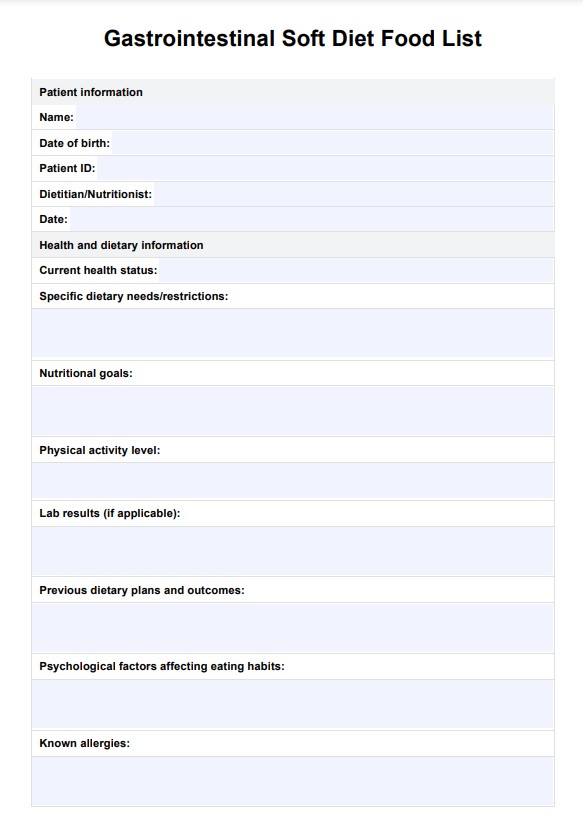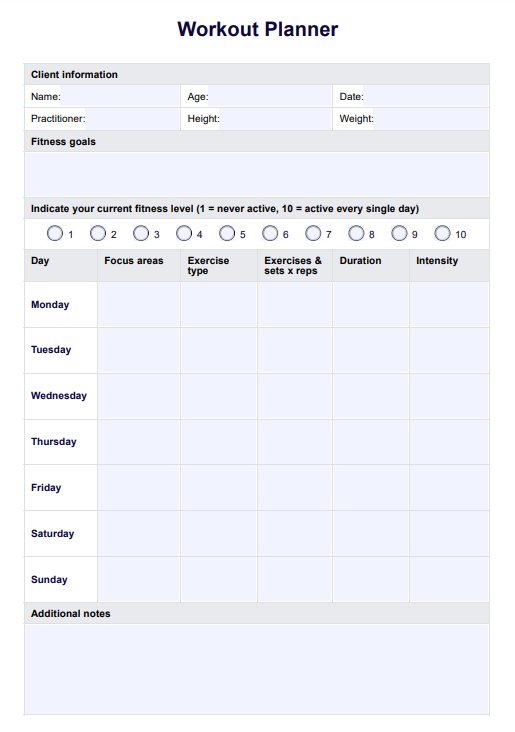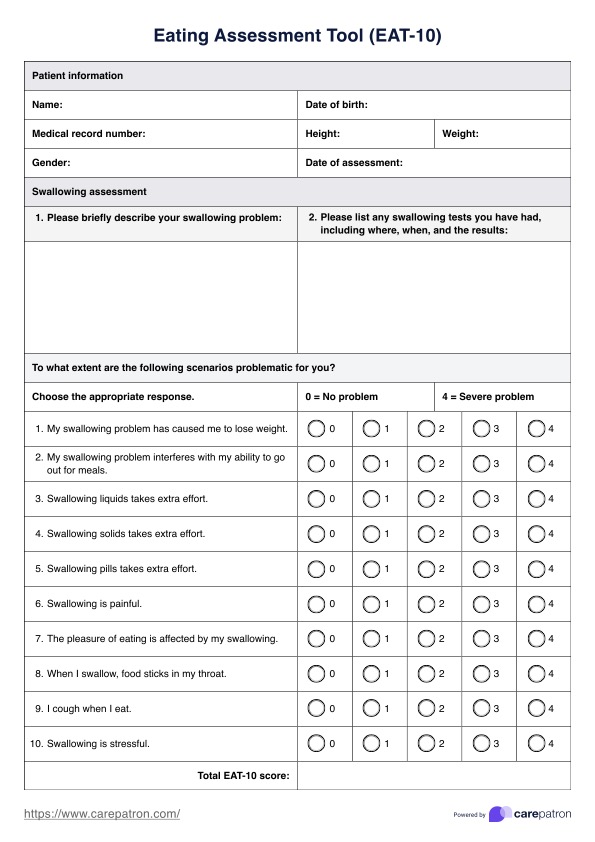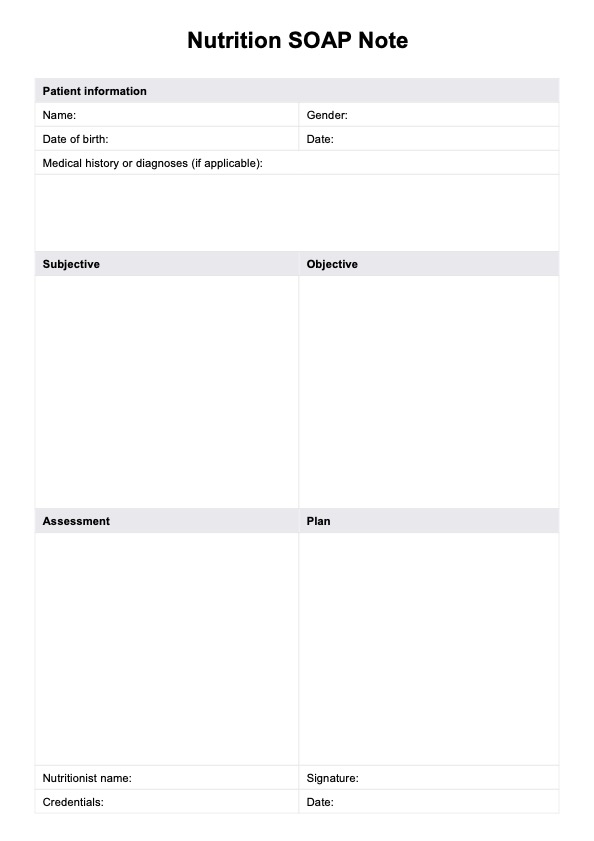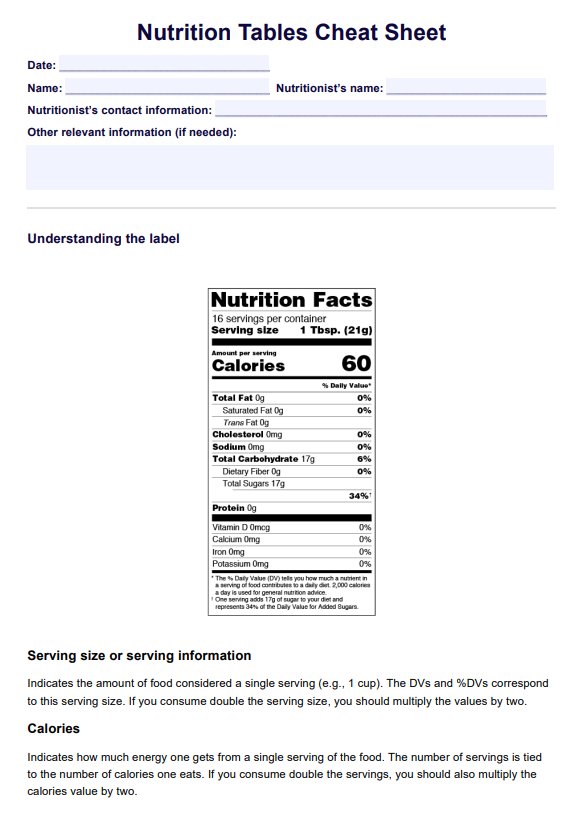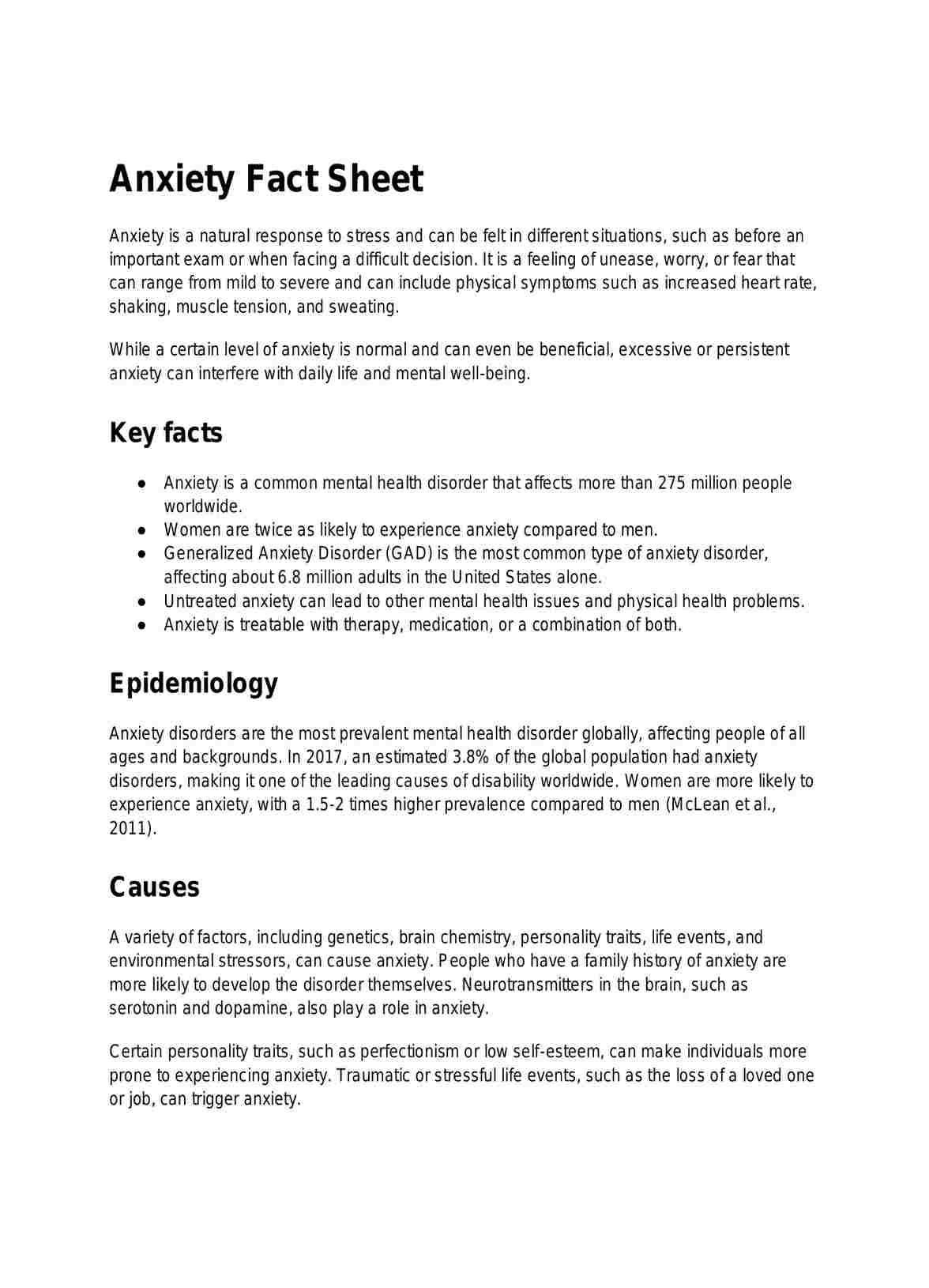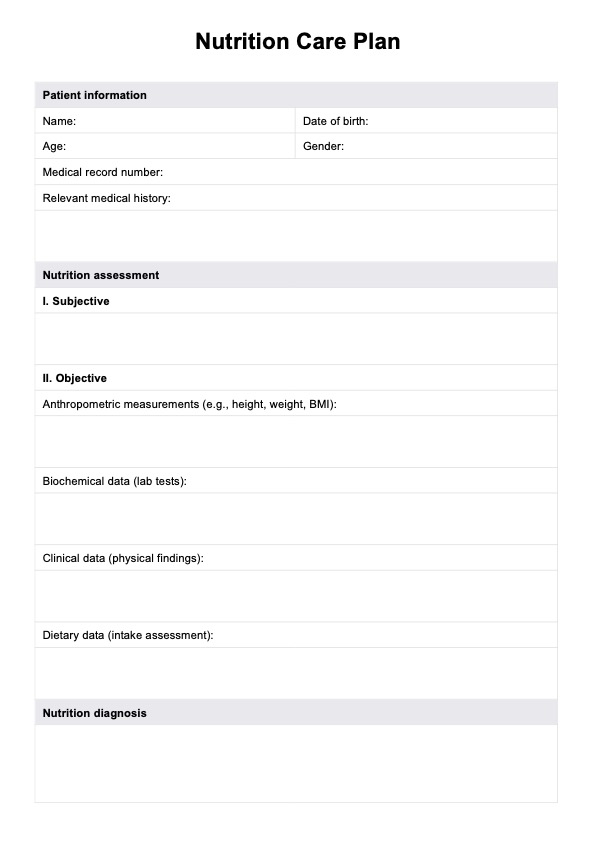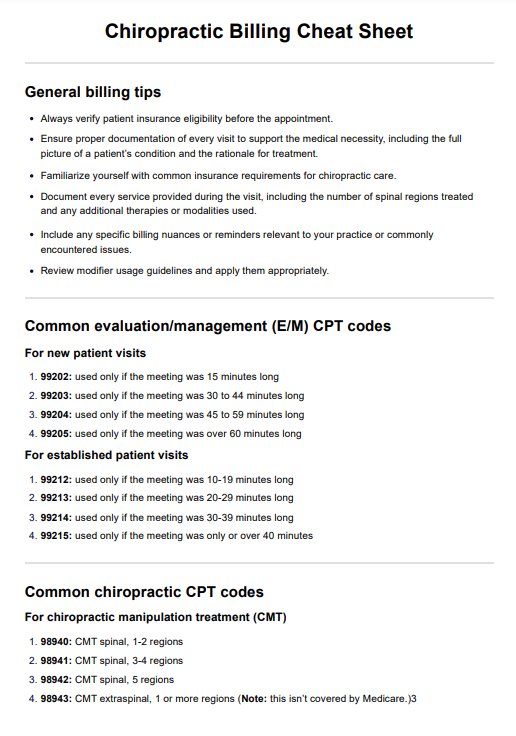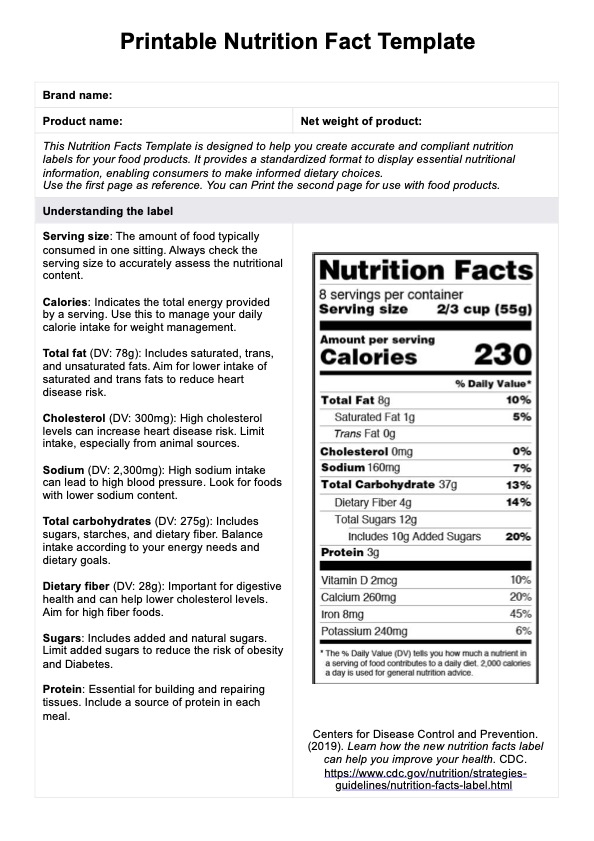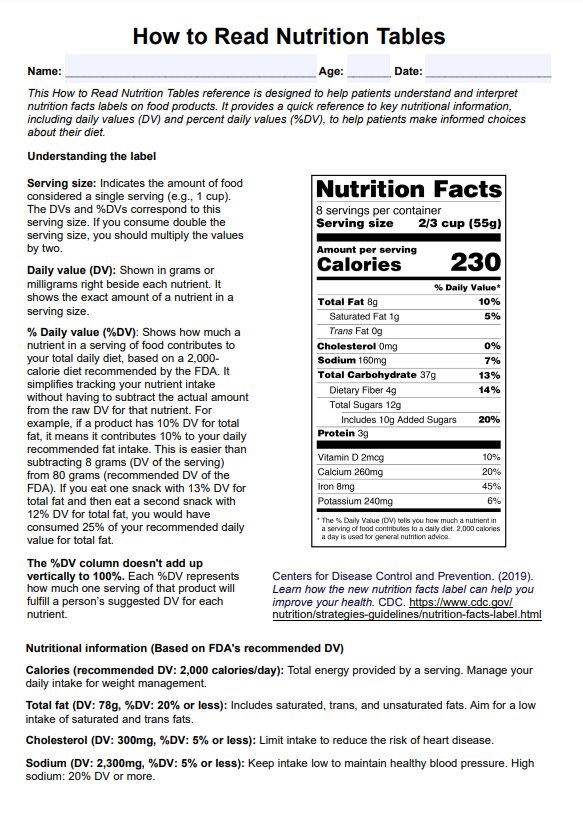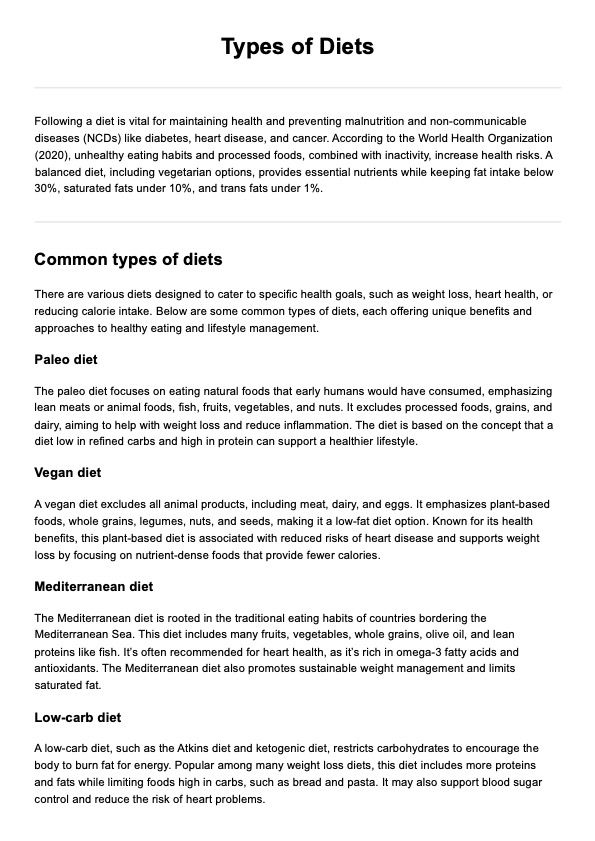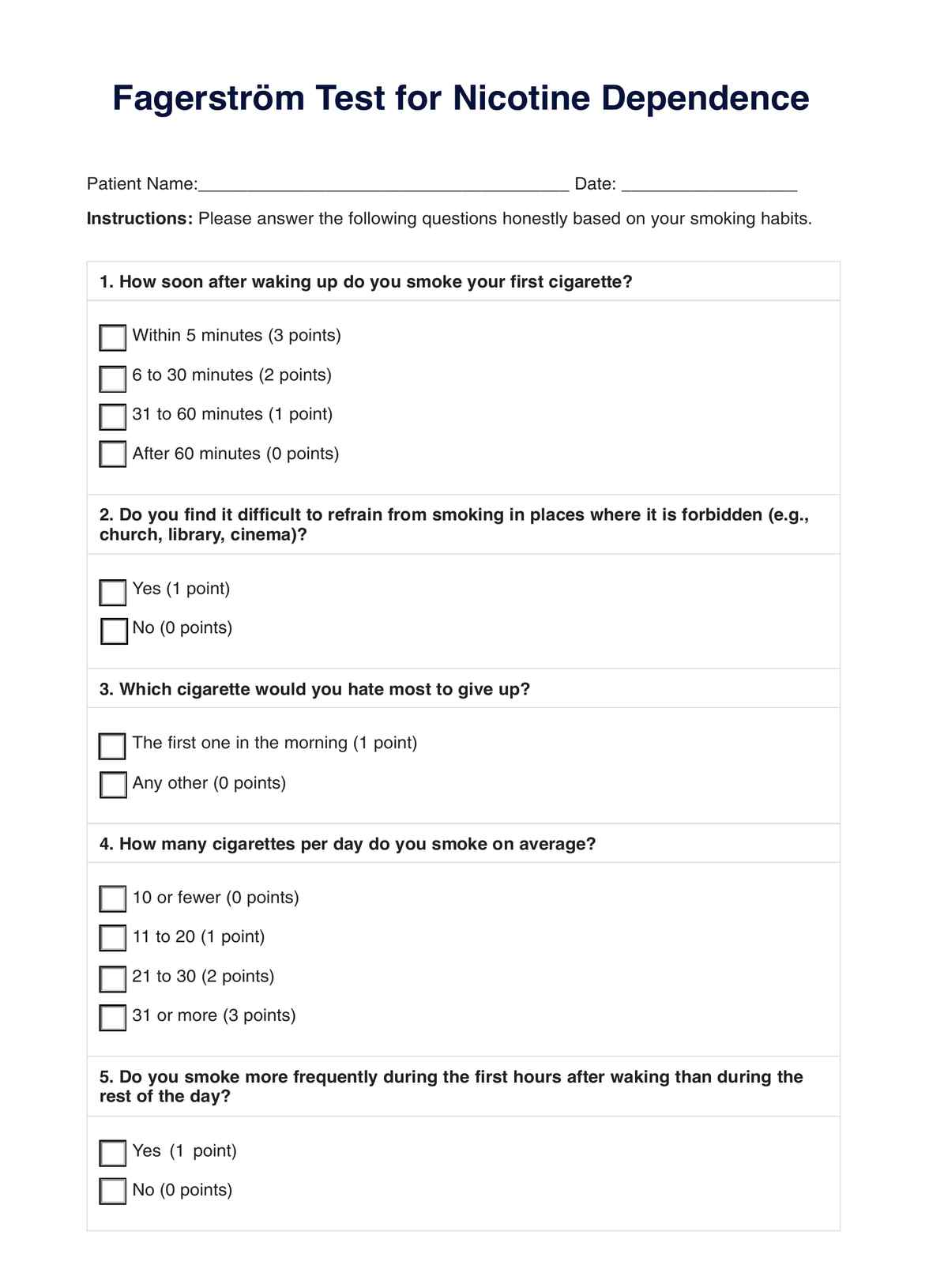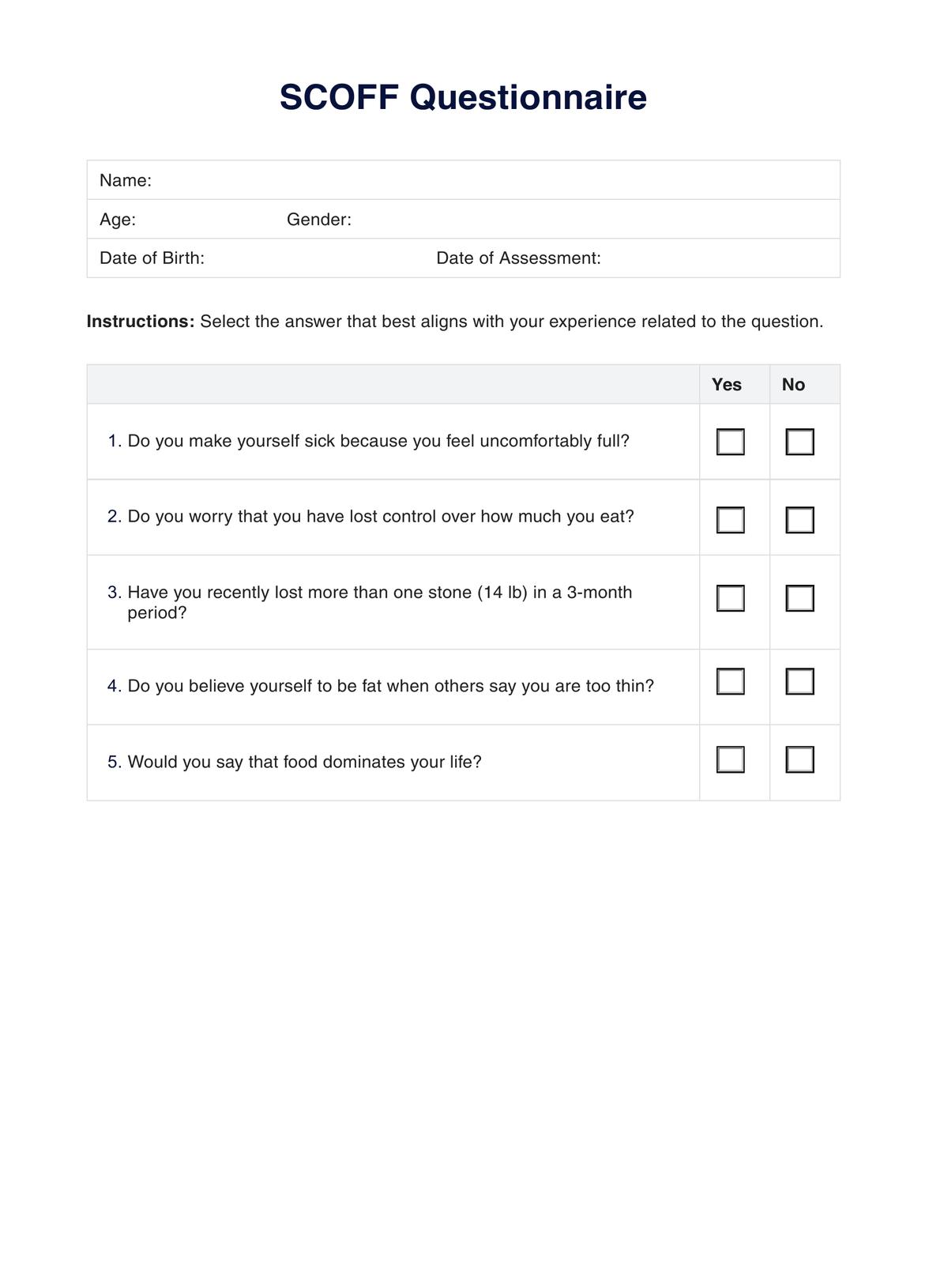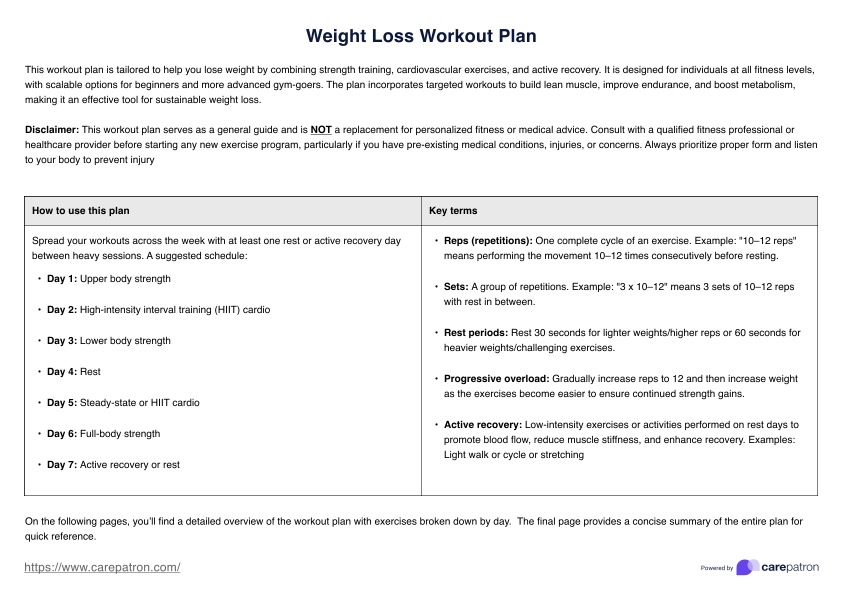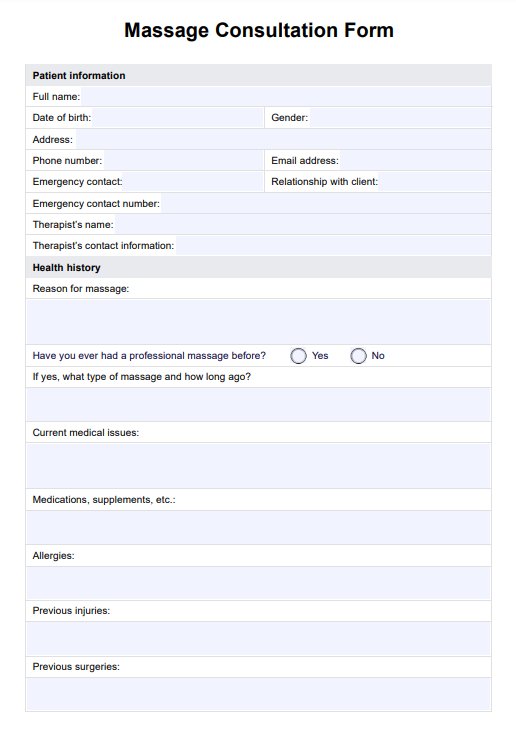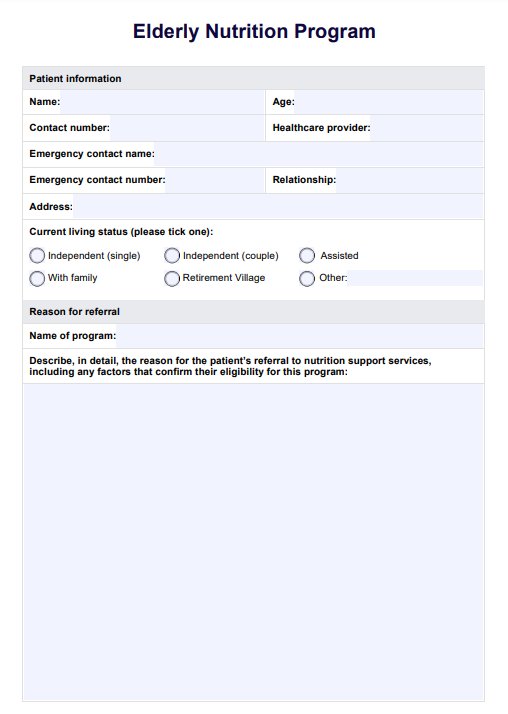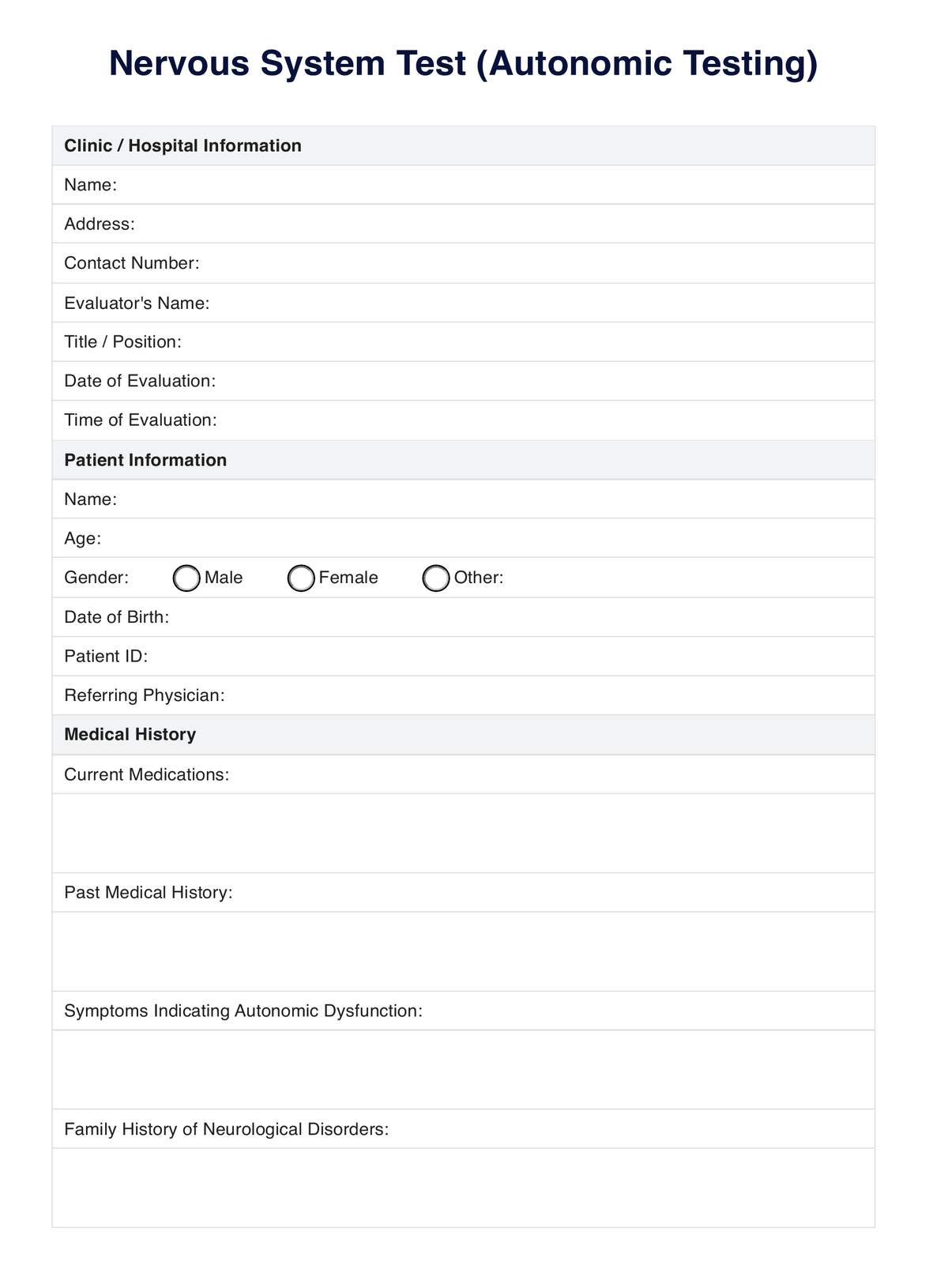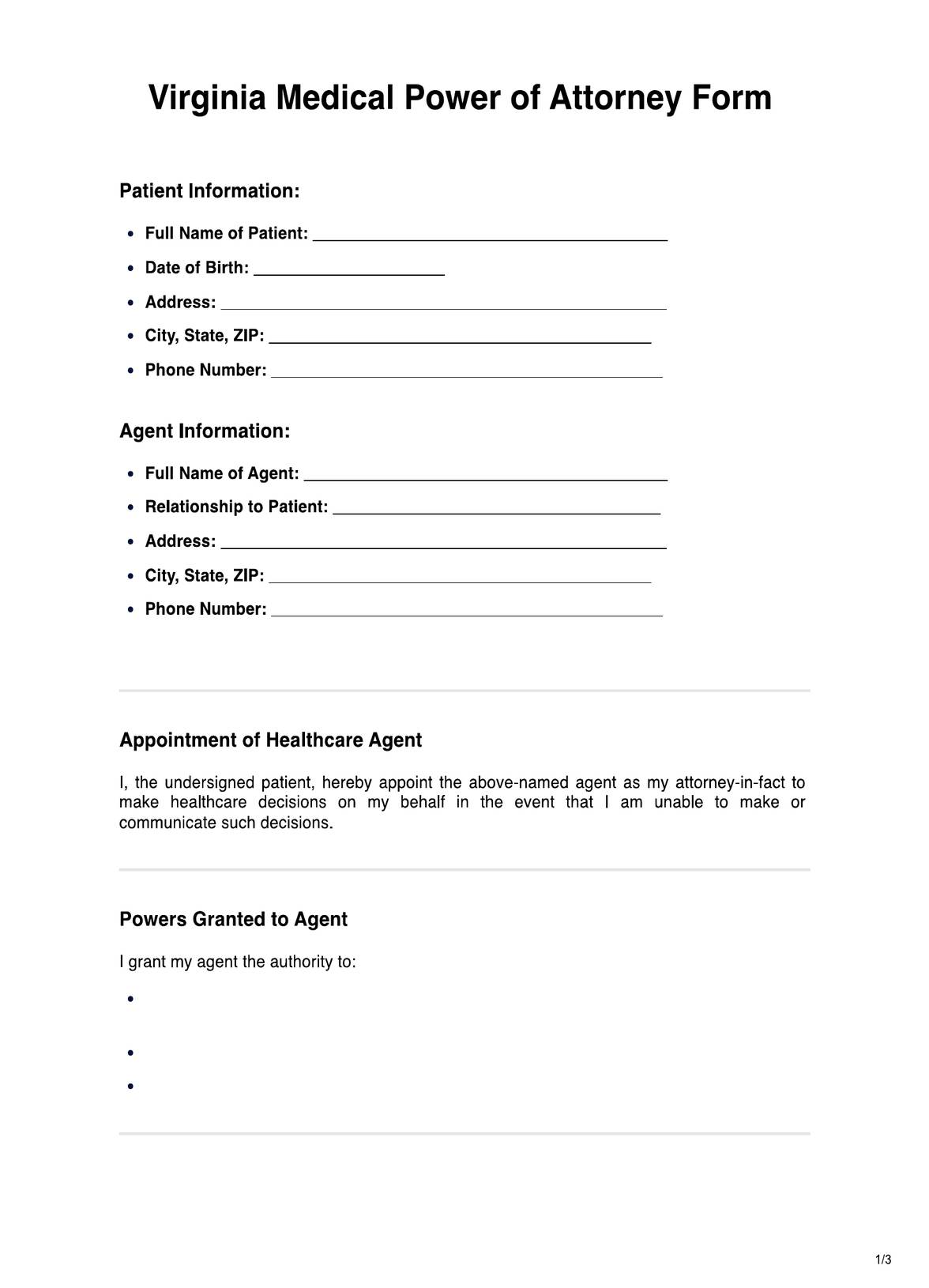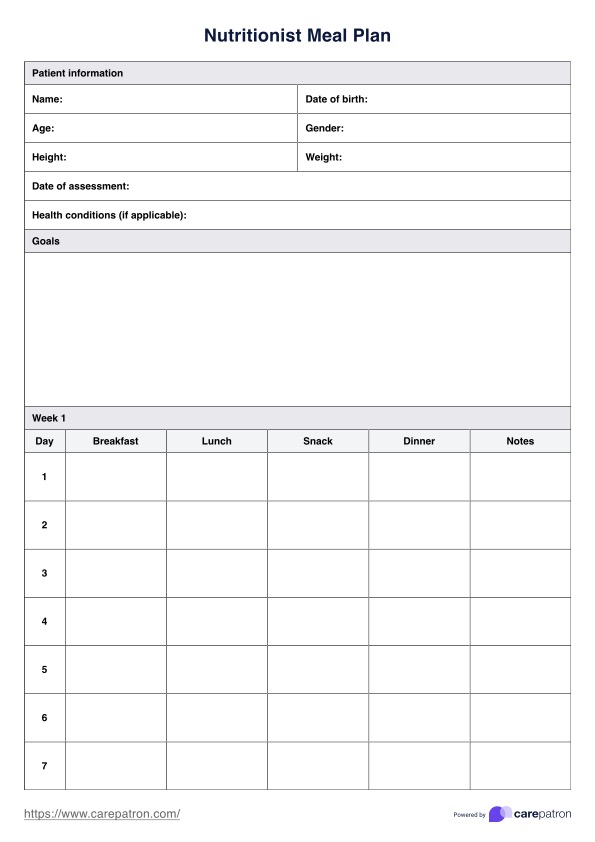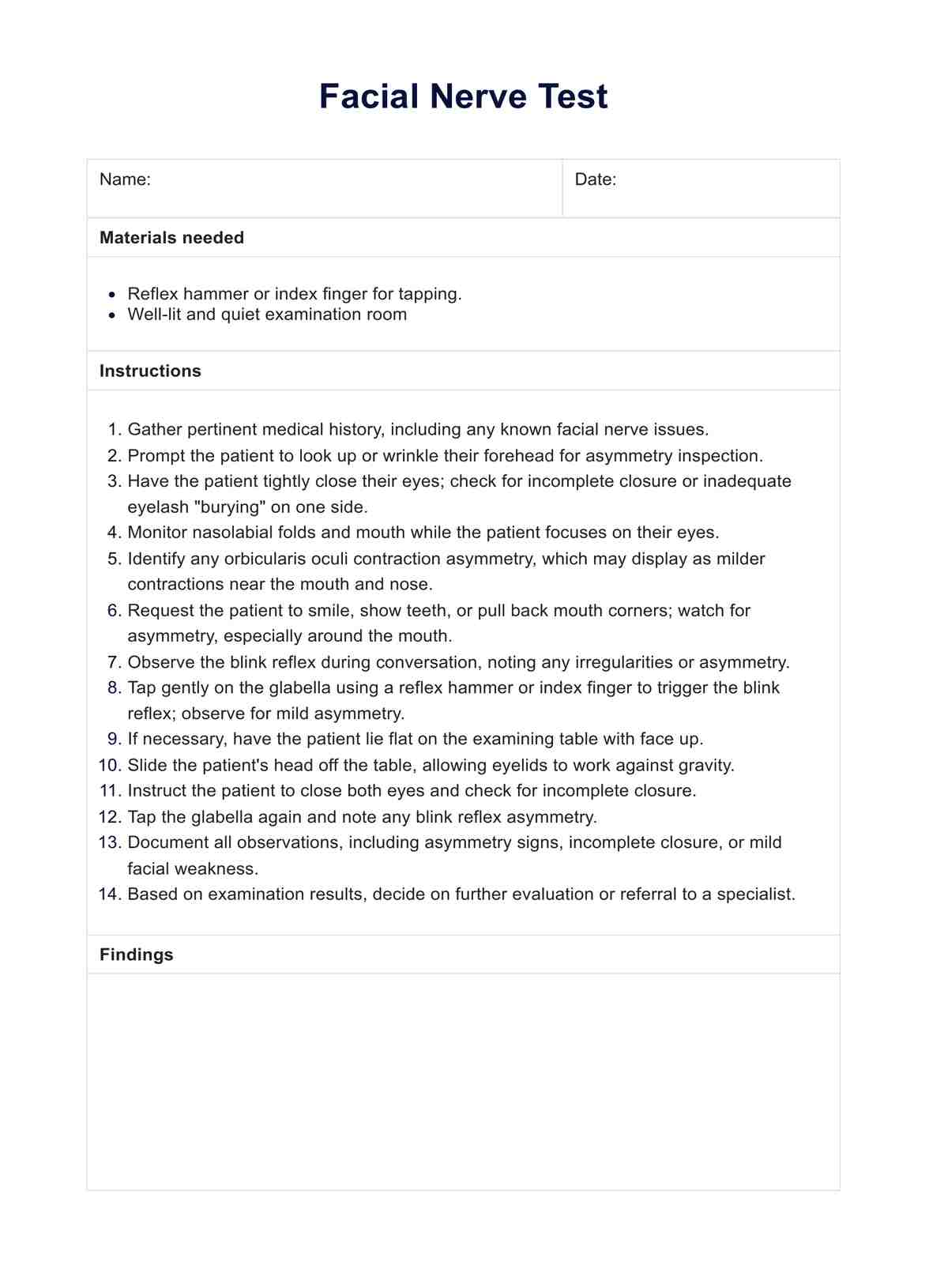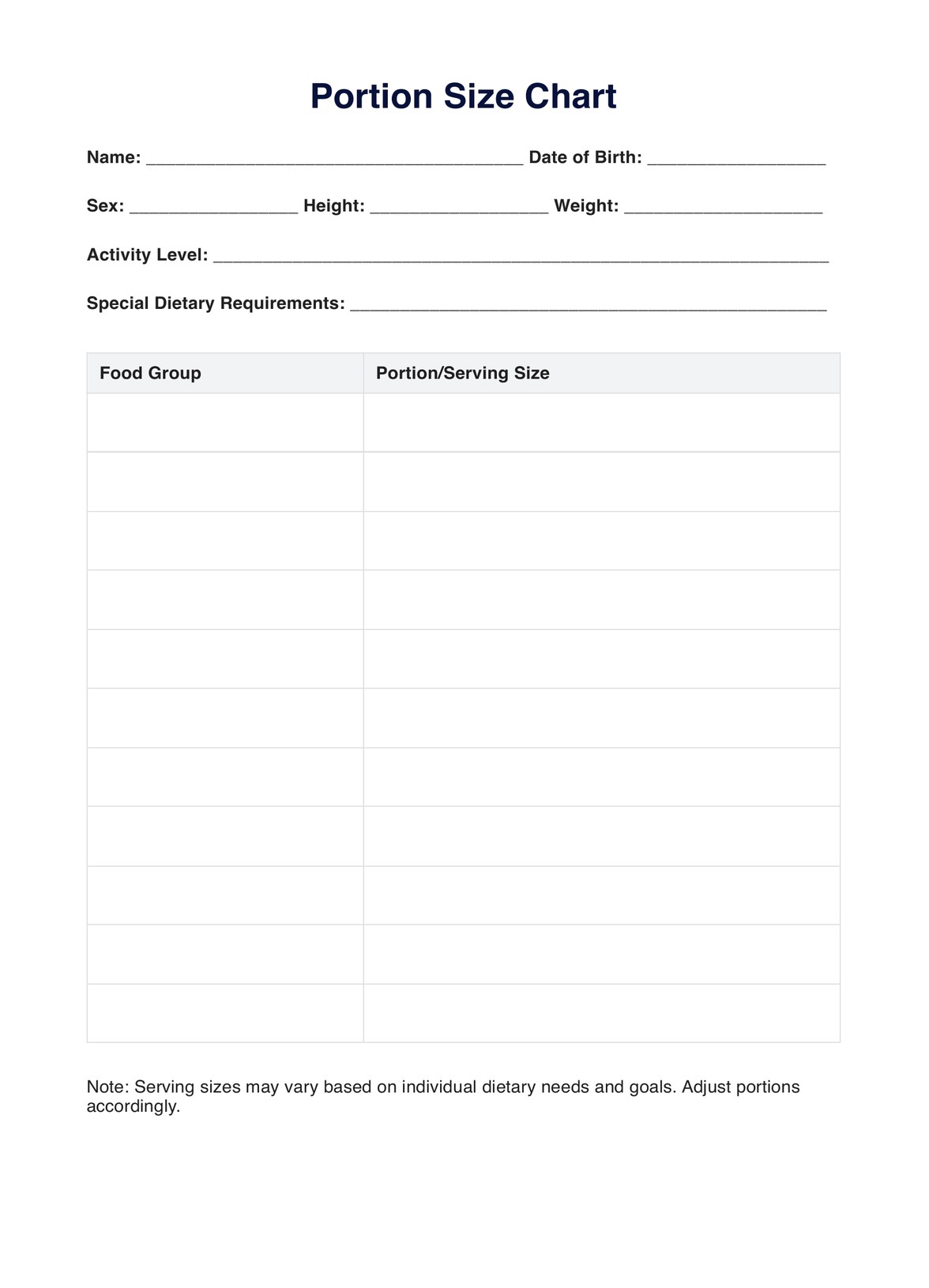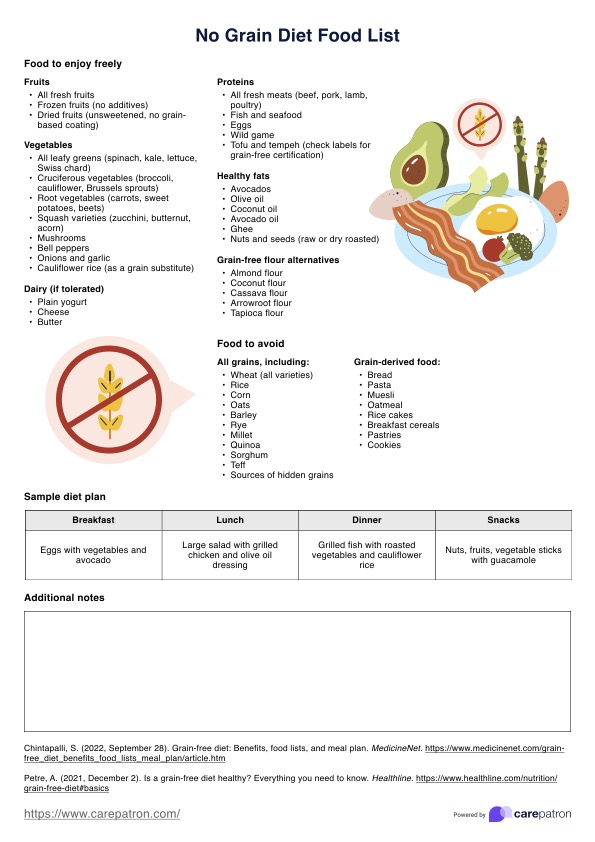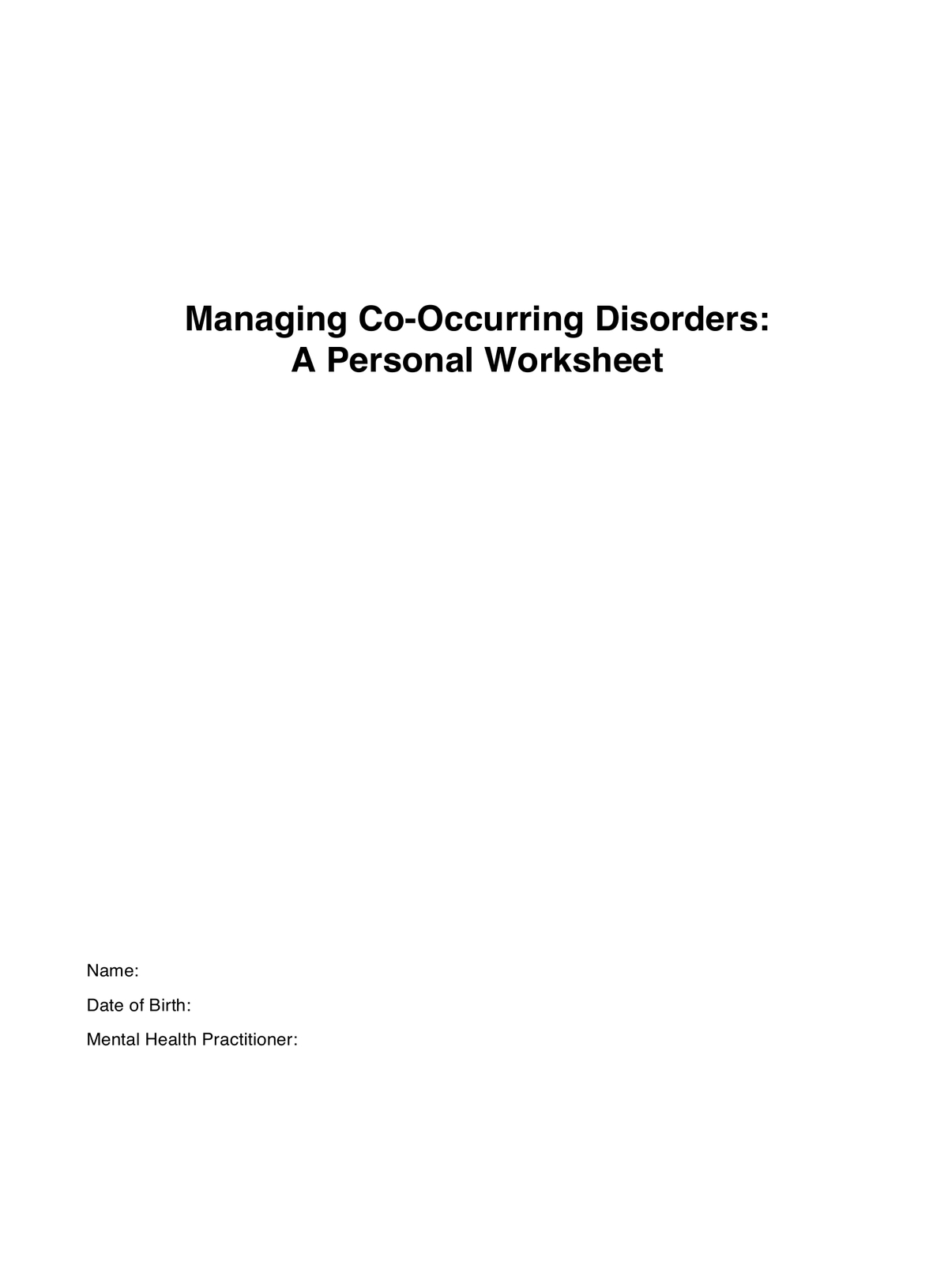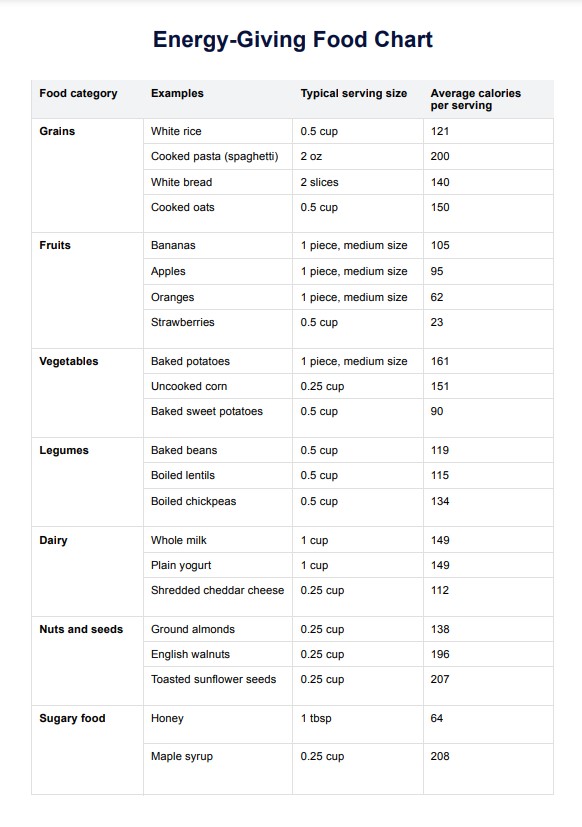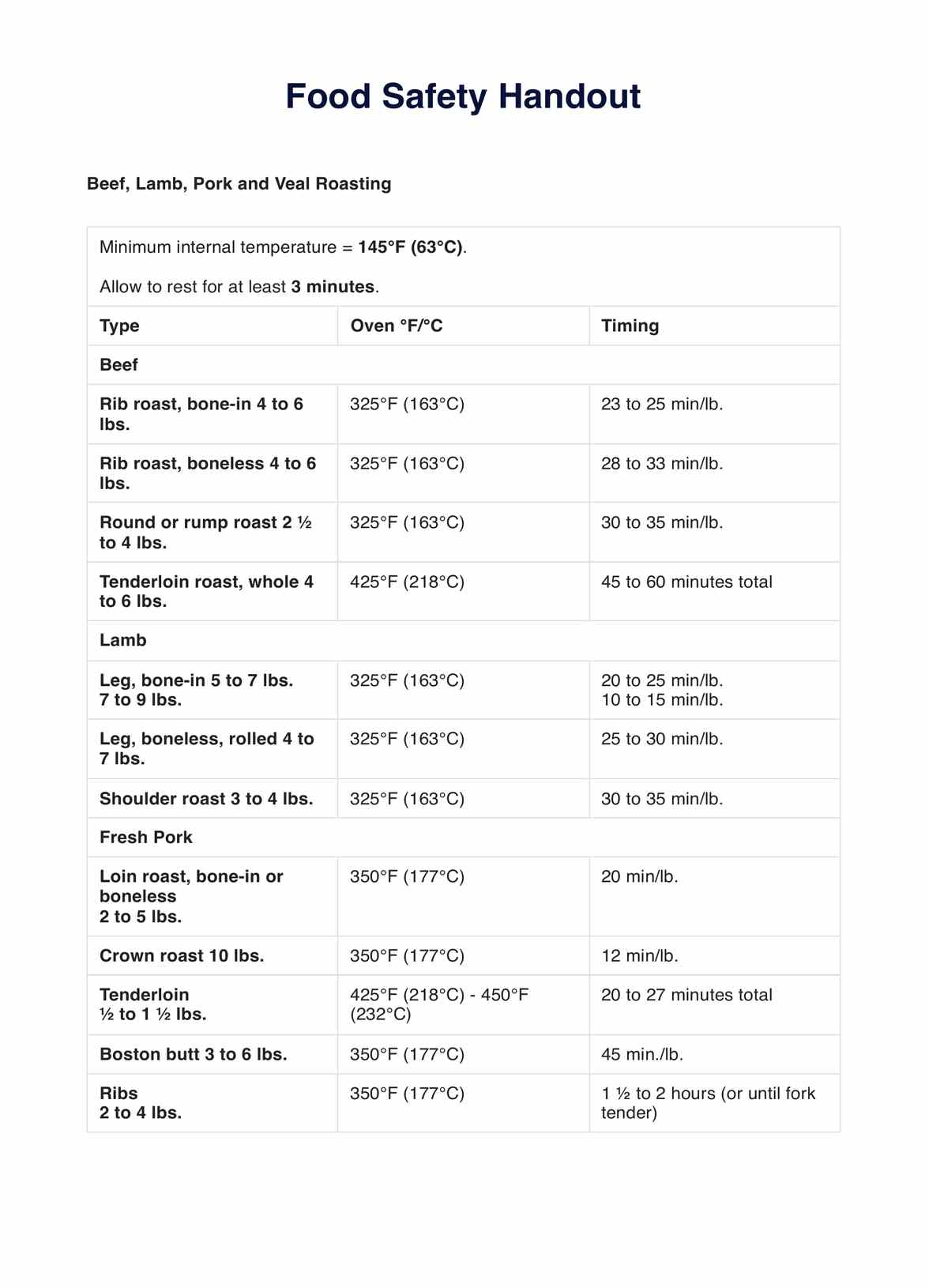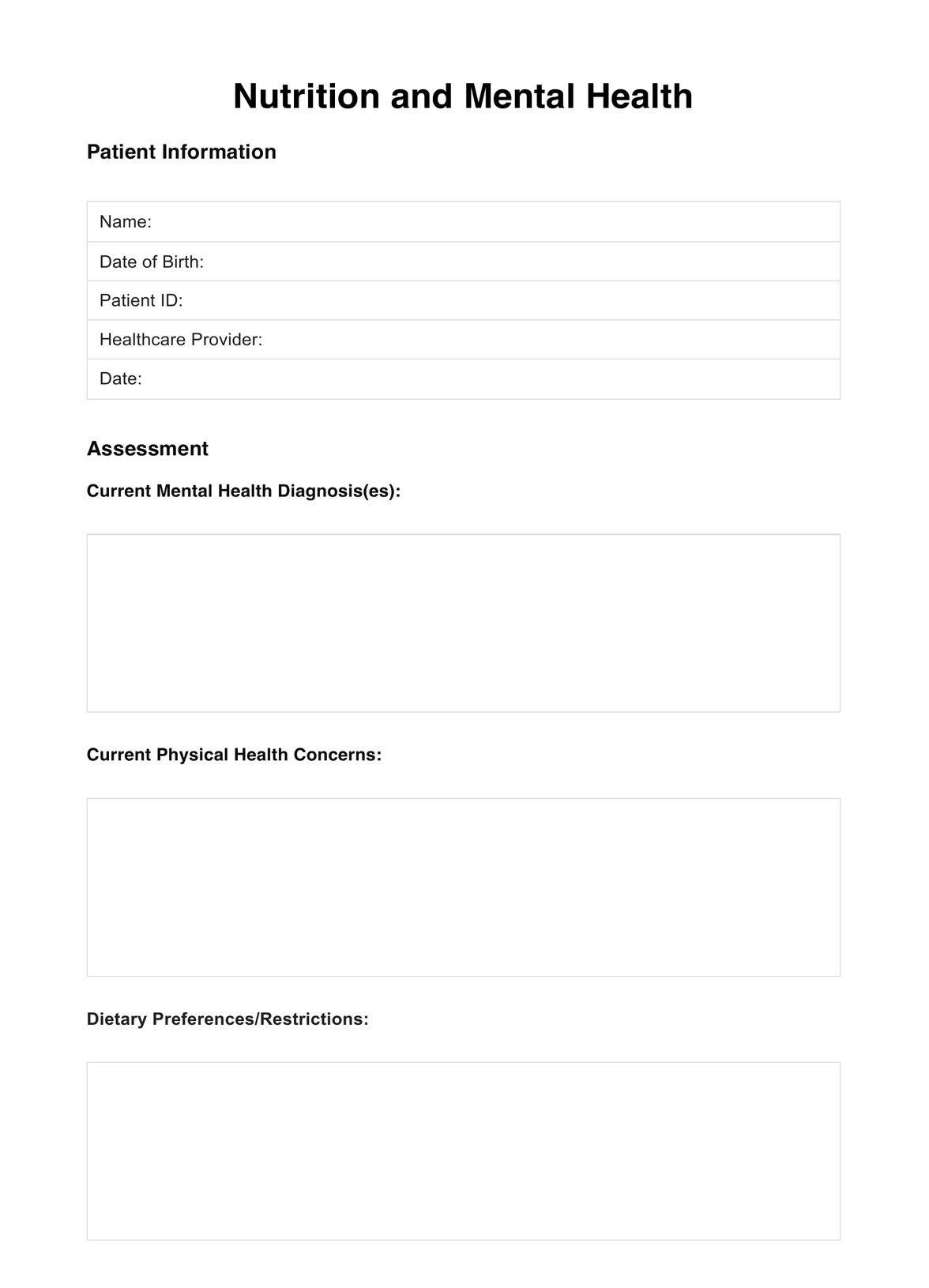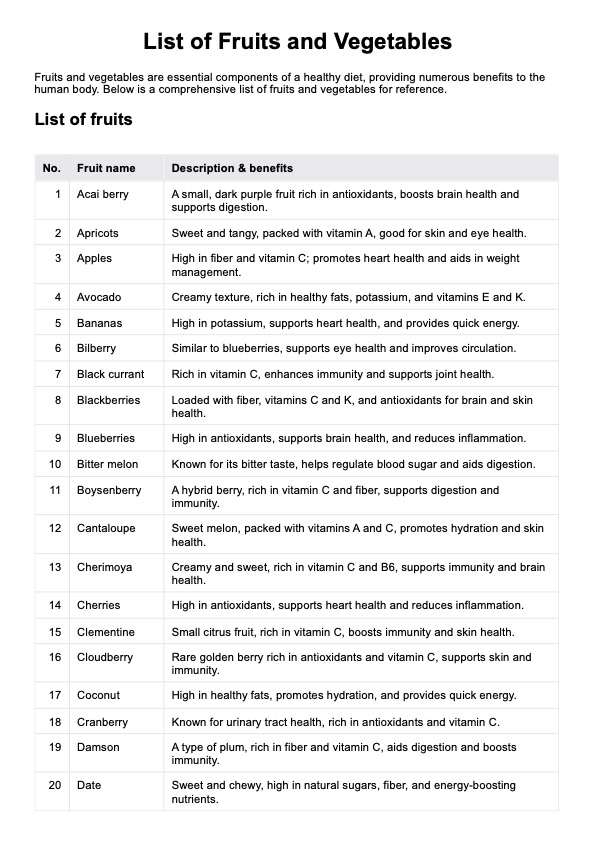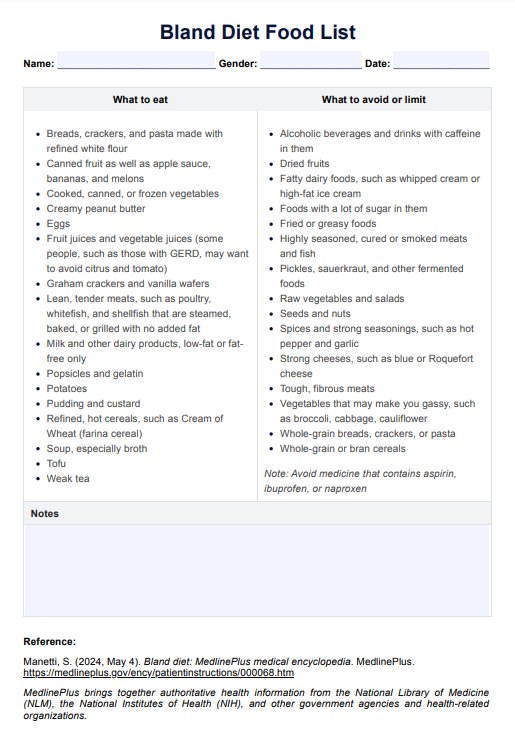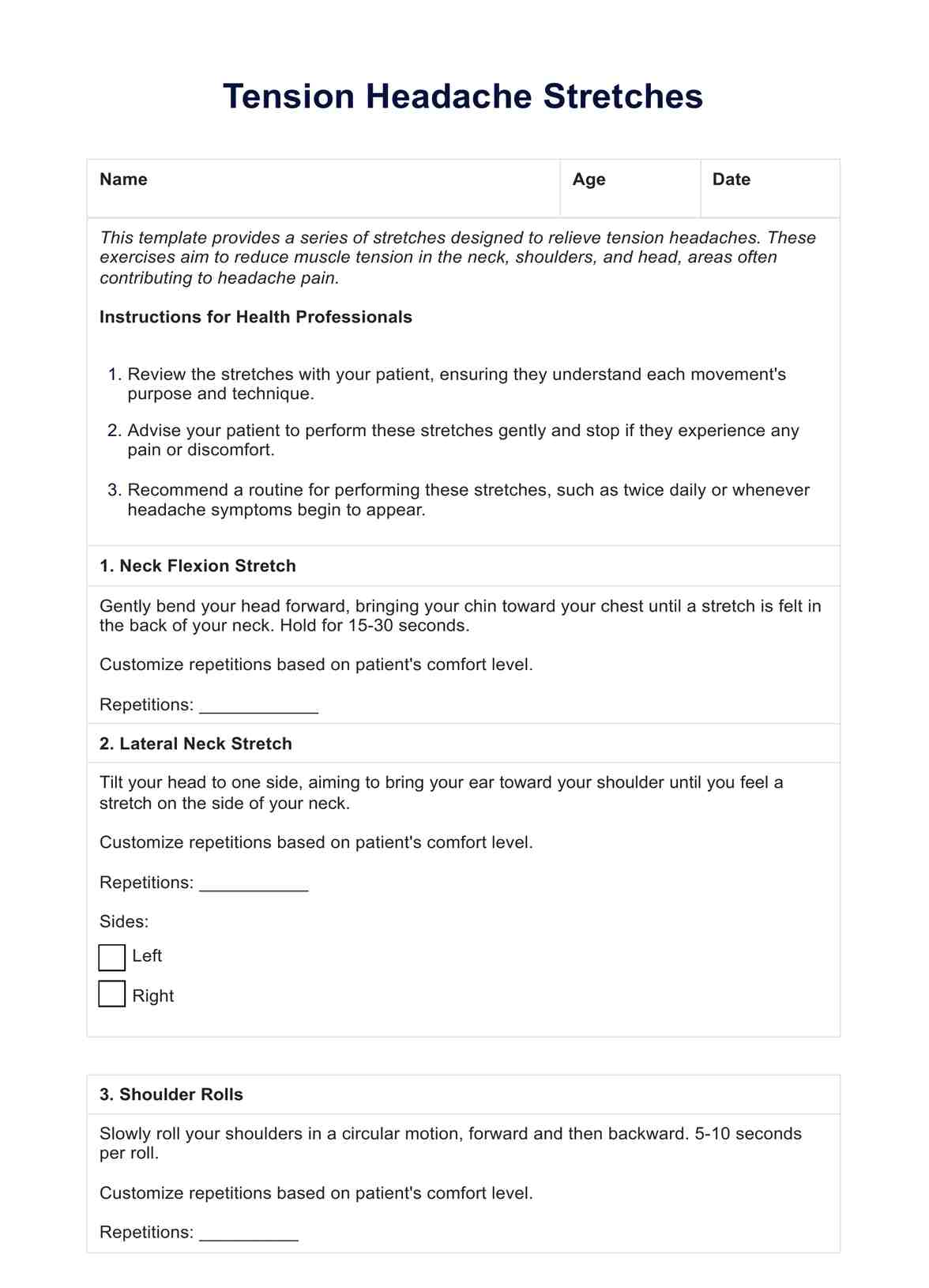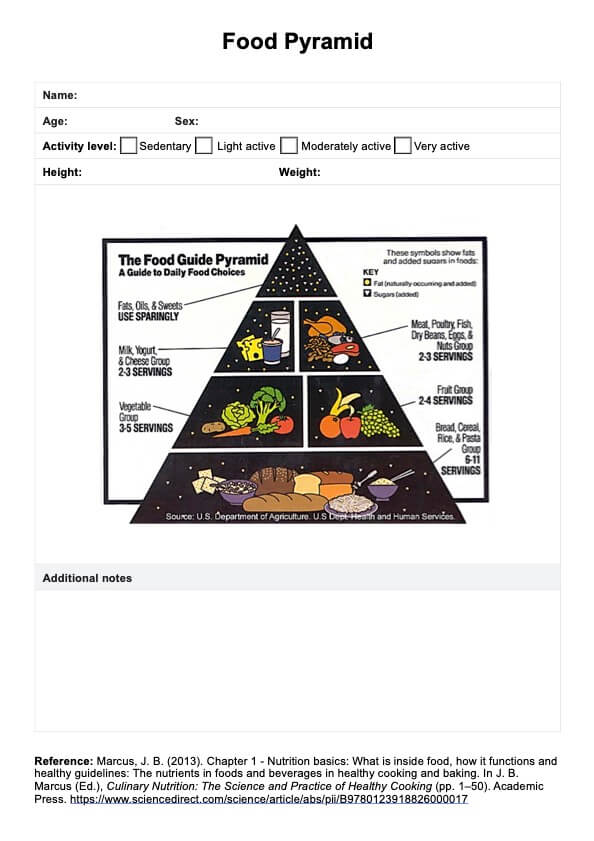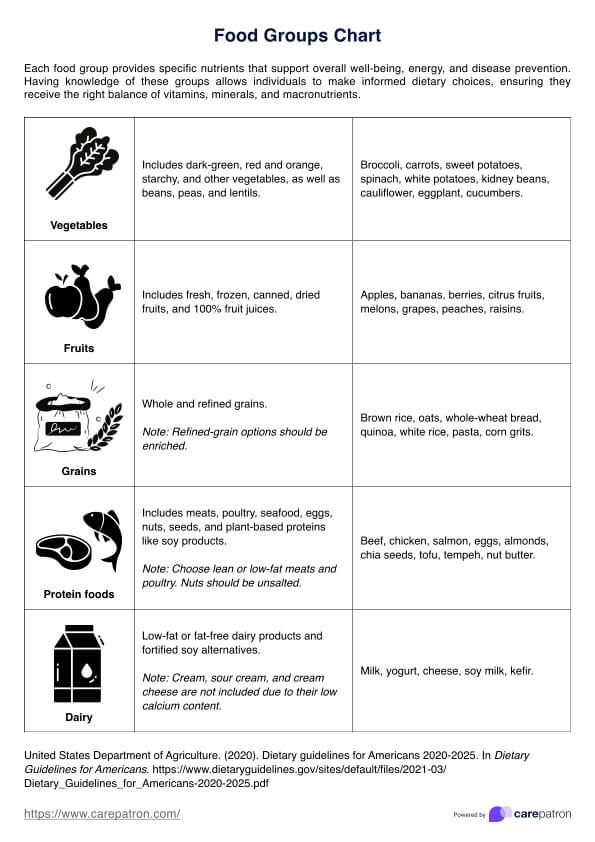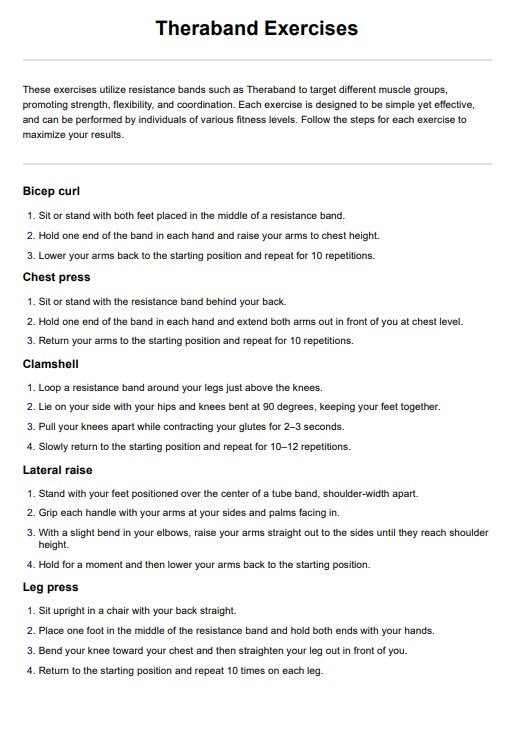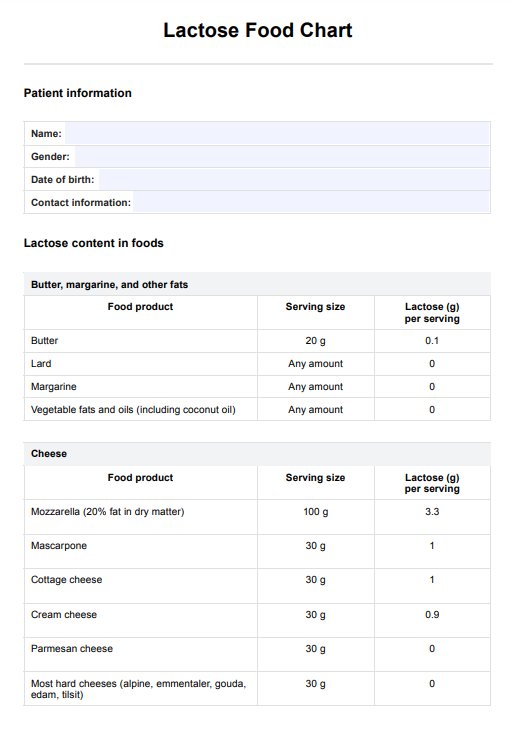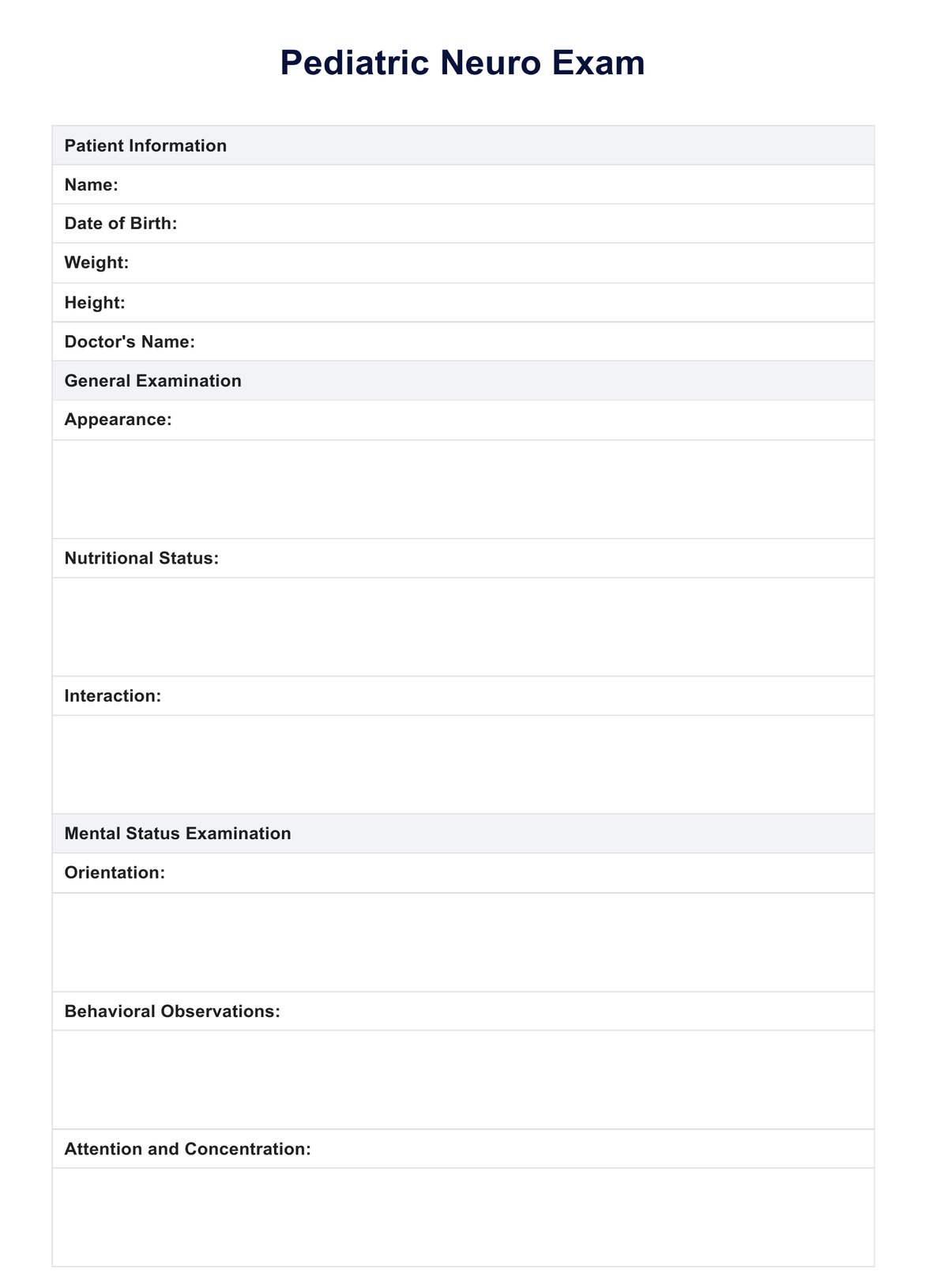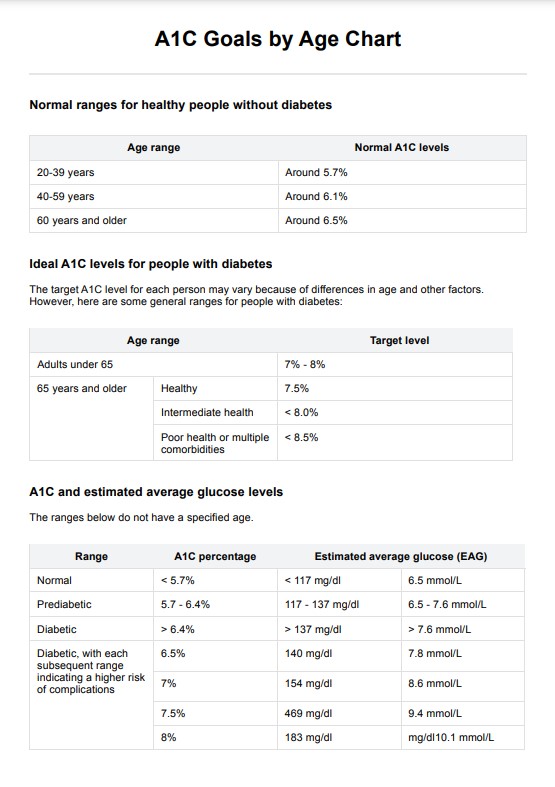Low Potassium Foods List
Ensure your patient with elevated potassium levels has a low potassium food list to manage their health and condition better.


What is a Low Potassium Food List?
Potassium is an essential mineral that helps regulate fluid balance, muscle contractions, and nerve signals in the body. Maintaining the right potassium level is crucial because too little can cause muscle weakness and fatigue, while too much potassium may lead to heart problems. Understanding whether foods are low or high in potassium is essential for managing health conditions, such as chronic kidney disease, where potassium levels must be carefully controlled.
A Low Potassium Food List is a reference tool that healthcare providers, dietitians, or nutritionists can use to help clients determine what food they are allowed to consume, especially if they are on a potassium-restricted diet. Aside from a list of suggested low-potassium foods, we also incorporated a list of high-potassium food groups for those who need extra potassium in their diet.
Low potassium foods list Template
Low potassium foods list Example
How does this printable low potassium foods chart work?
Guide clients with their low potassium diet by following these steps:
Step 1: Download the chart
Start by downloading the Low Potassium Food List. Save the file to a convenient location on your computer or device so it can be easily accessed when needed.
Step 2: Print the chart
After downloading, print the chart to have a physical reference on hand. Consider printing multiple copies so you can distribute them to clients or keep them in various locations in your practice.
Step 3: Use the chart in client consultations
During client consultations, refer to the chart to help clients identify low-potassium food options. Guide them in planning balanced meals by highlighting suitable choices and suggesting alternatives for high-potassium foods. Encourage clients to keep the chart accessible in their kitchens or meal planning areas for ongoing reference.
Low and high-potassium foods
Understanding the distinctions between high- and low-potassium foods can improve dietary choices and overall health. The National Kidney Foundation (2018) provides a guide, where we've sourced the list of these food categories below.
Low potassium foods
Low-potassium foods provide viable alternatives for individuals aiming to moderate their potassium intake. Here's a list of some of them:
- Fruits: Apples, blueberries, cranberries, grapes, grapefruit, peaches, pears, pineapple, raspberries, and citrus fruits offer a refreshing array of low-potassium fruits.
- Vegetables: Asparagus, beans (green or wax), cabbage and lettuce (iceberg), carrots, celery, corn, cucumbers, eggplant, onions, radishes, and turnips stand out for their minimal potassium content.
Refined grains, baked goods, desserts without whole grains, chocolate, nuts, or high-potassium fruits are also included. Serving size is pivotal in how much potassium is present in a meal. Even low-potassium foods can contribute significantly to potassium intake when consumed in large quantities.
High potassium foods
Here's a list of foods with high potassium:
- Fruits: Bananas, melons, oranges, nectarines, kiwi, mango, papaya, prunes, pomegranate, dates, dried fruits, dried figs.
- Vegetables: Avocados, broccoli, brussels sprouts, sweet potatoes, parsnips, pumpkin, vegetable juices, tomato, and tomato-based products, deep-colored and leafy green vegetables, dried beans and peas, baked beans, lentils, legumes.
Other than these, milk, yogurt, nuts and seeds, chocolate, granola, and peanut butter make the list. As a general guideline, consulting healthcare professionals or dietitians for personalized advice ensures that dietary choices align with individual health goals and requirements.
How to prevent potassium levels from getting too high
Efficiently managing potassium intake is central for individuals seeking to balance their dietary choices. Here are some practical tips that you can advise your patients or clients:
Drain canned foods
Draining canned fruits, vegetables, or meats before consumption is a practical step to reduce potassium intake. Discarding the liquid from canned goods can significantly lower the potassium content.
Stay hydrated
Staying adequately hydrated is another key strategy to prevent the accumulation of excess potassium. Sufficient water intake facilitates the flushing of surplus potassium through urine, aiding in maintaining a healthy balance.
Be mindful of salt intake
Additionally, it is essential to be aware of salt intake, as certain salt substitutes can be high in potassium. Limiting the consumption of these salt substitutes contributes to potassium level management.
Monitor potassium levels regularly
Regular monitoring of potassium levels through a simple blood test becomes imperative, especially for individuals at risk of hyperkalemia. Routine checks provide insights into the status of potassium levels and enable timely interventions if necessary. In addition, medications may be prescribed to help manage potassium levels for those with impaired kidney function.
Reference
National Kidney Foundation. (2018). Your guide to a low-potassium diet. https://www.kidney.org/sites/default/files/NKF_Guide_to_Low_Potassium_Diet_Final_0.pdf
Commonly asked questions
Low-potassium foods include fruits like apples and grapes, vegetables such as carrots and cucumbers, refined grains, baked goods, and desserts without whole grains, chocolate, nuts, or high-potassium fruits.
Certain carbohydrates and starch-heavy foods, such as baked potatoes, rice, noodles, and pasta, are among the foods you can eat. However, fried potatoes, including French fries, must be avoided, and desserts containing chocolate, ice cream, or nuts should be avoided, as these items tend to be high in potassium.
An example of a low potassium meal could include 1 cup of raw vegetables like carrots or celery. If the vegetables are cooked, aim for 1/2 cup instead. Pair these with a lean protein source, such as grilled chicken or fish, and a serving of low potassium grains, like white rice or pasta, for a balanced and nutritious meal.


